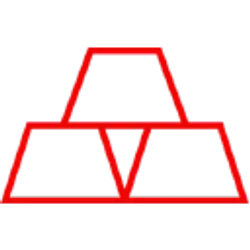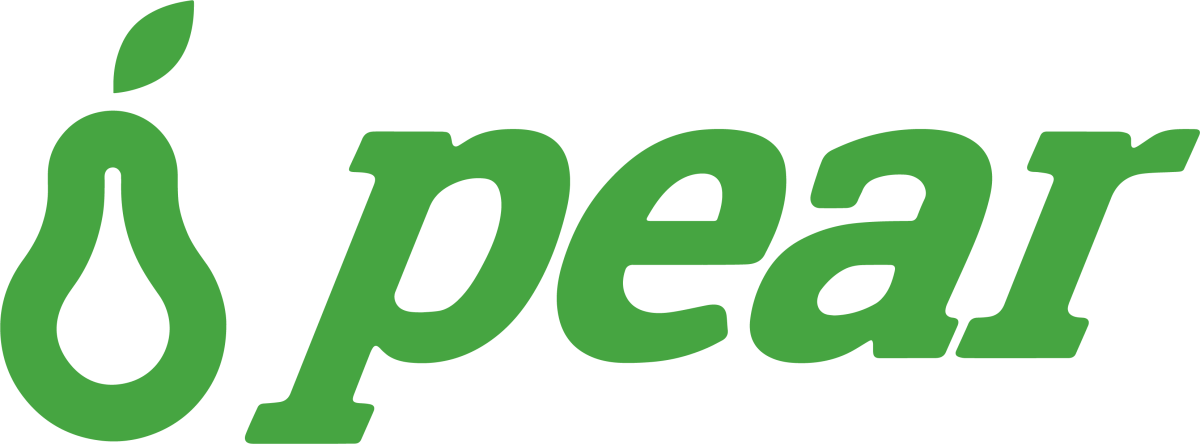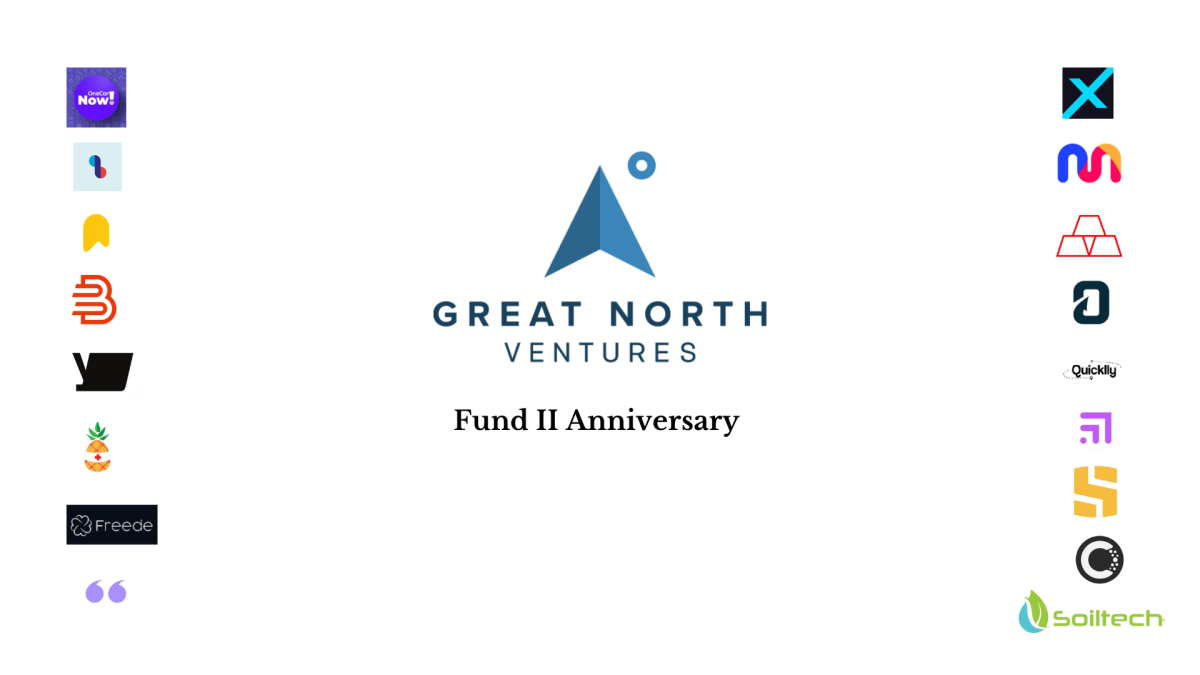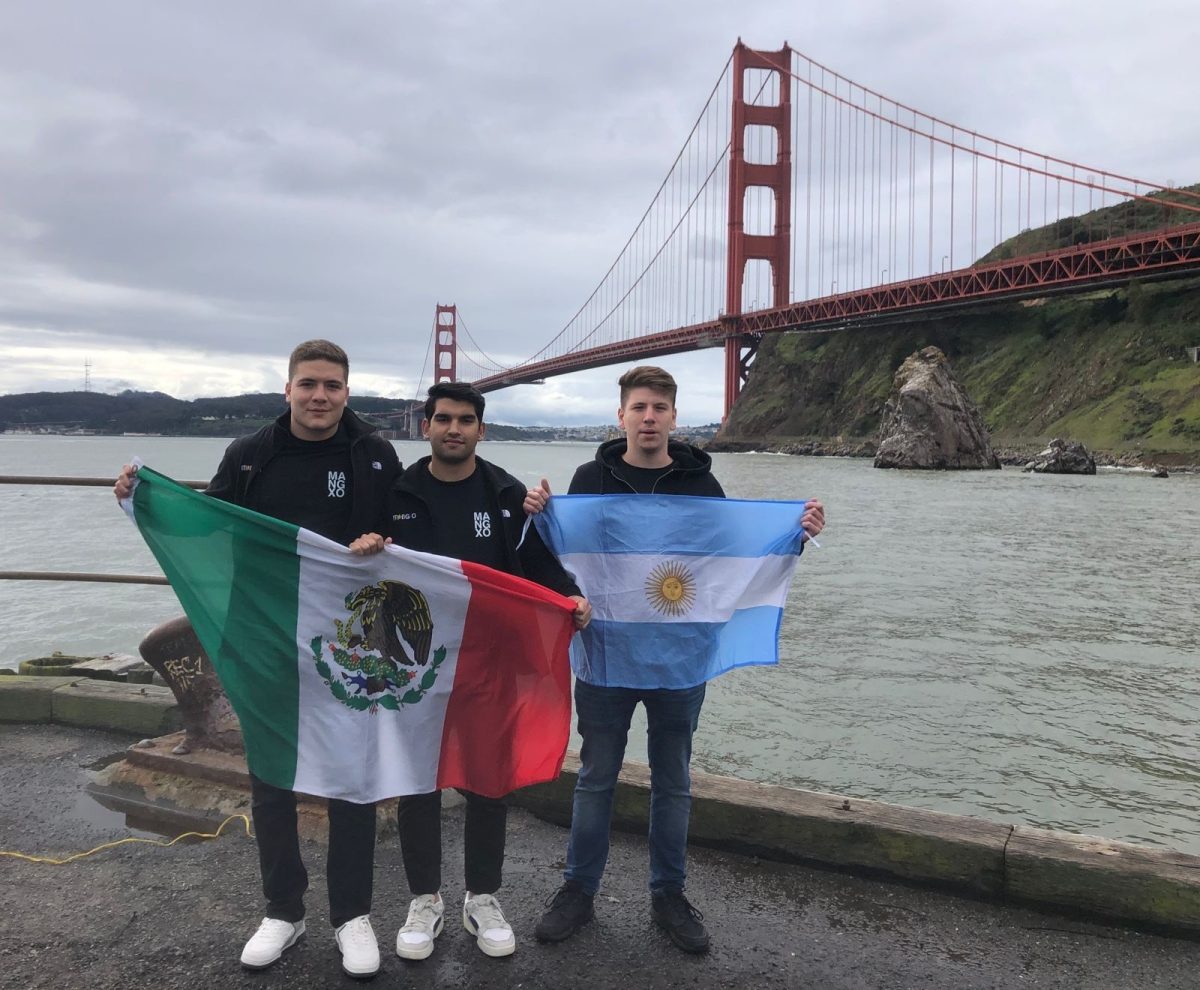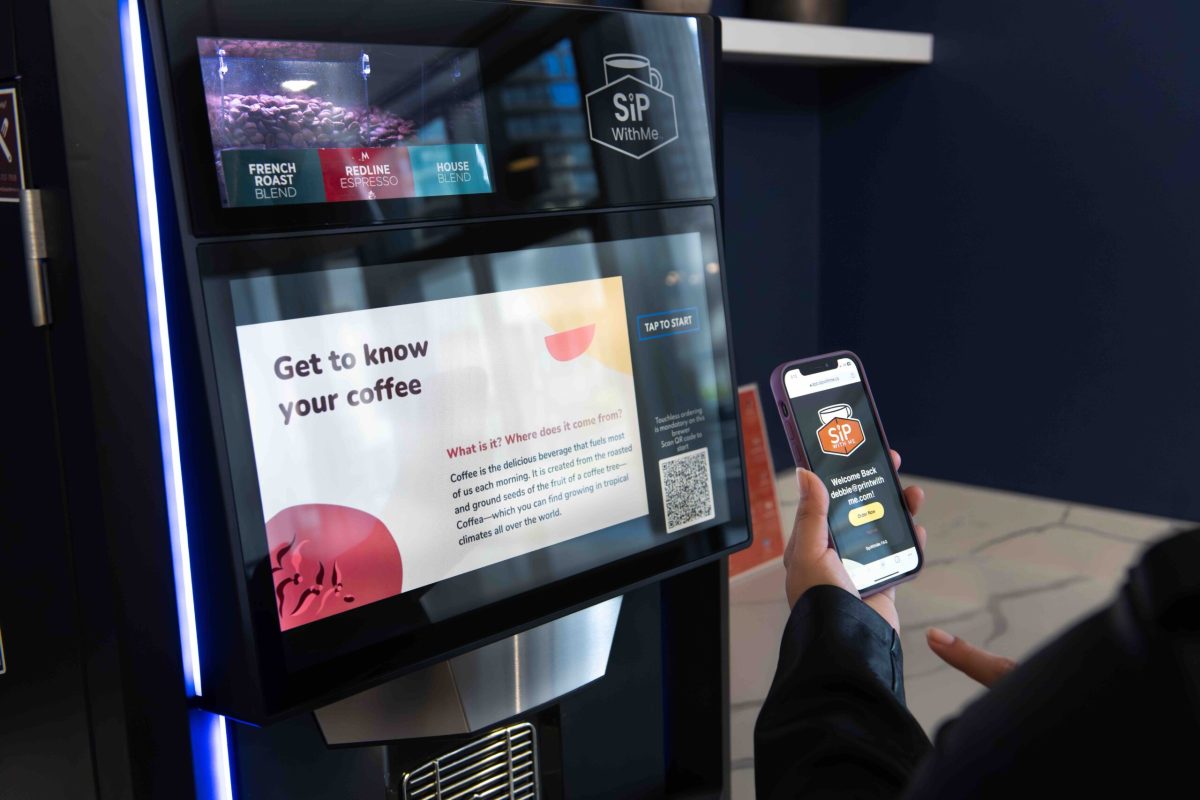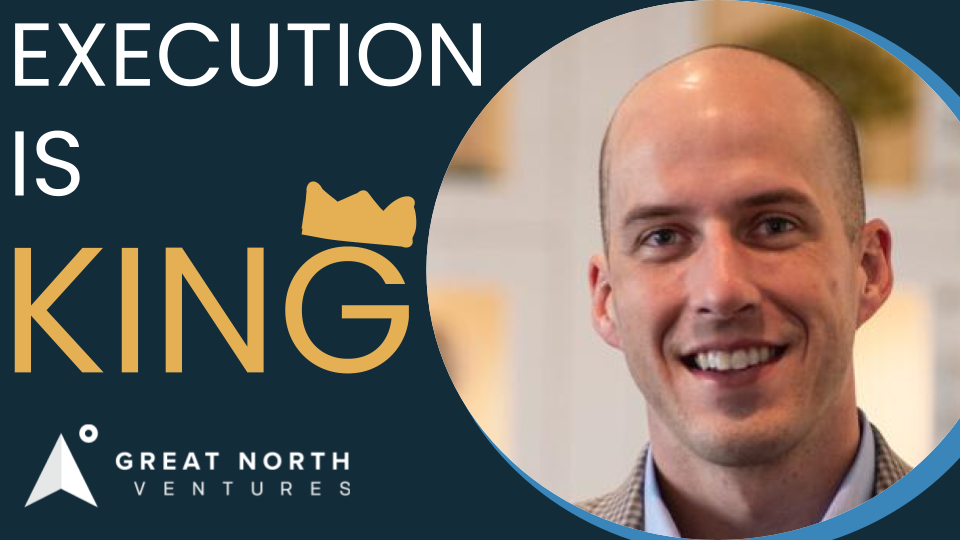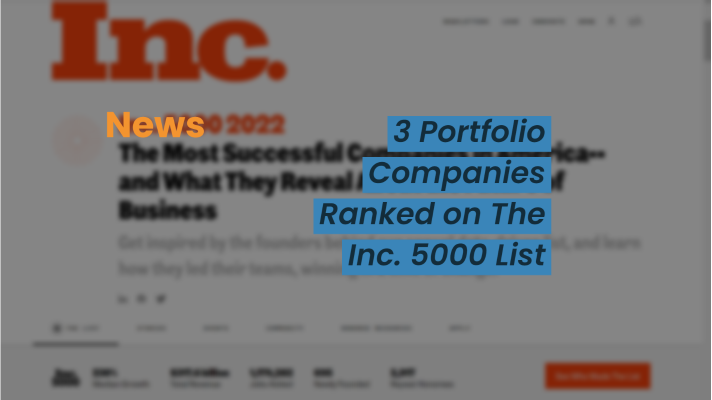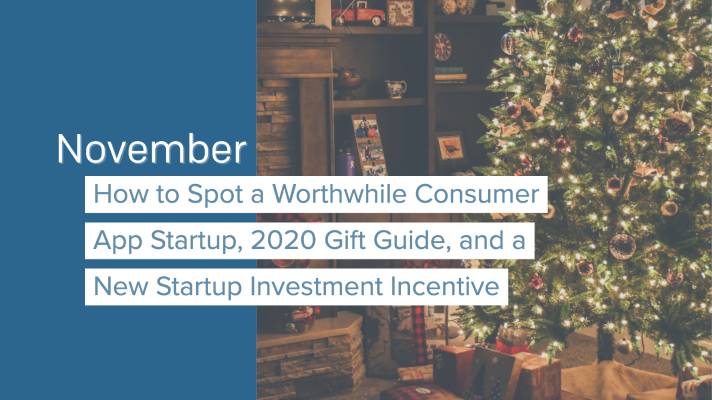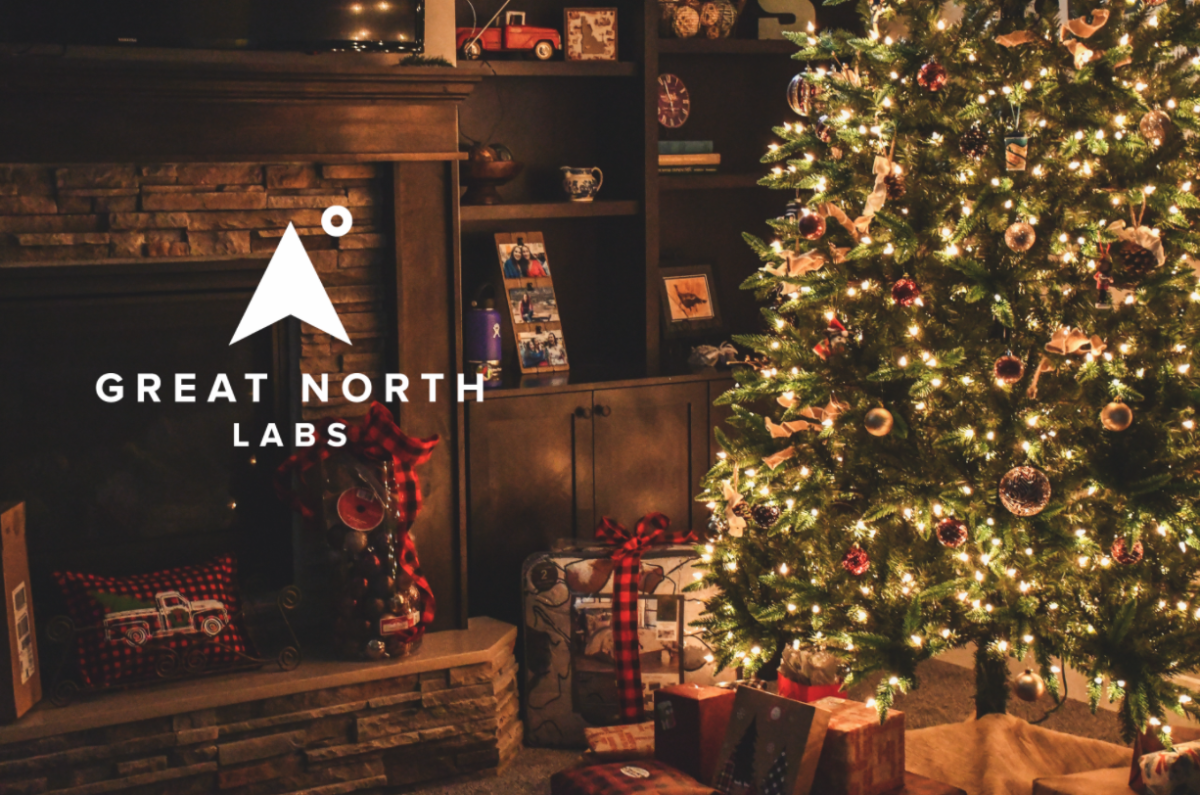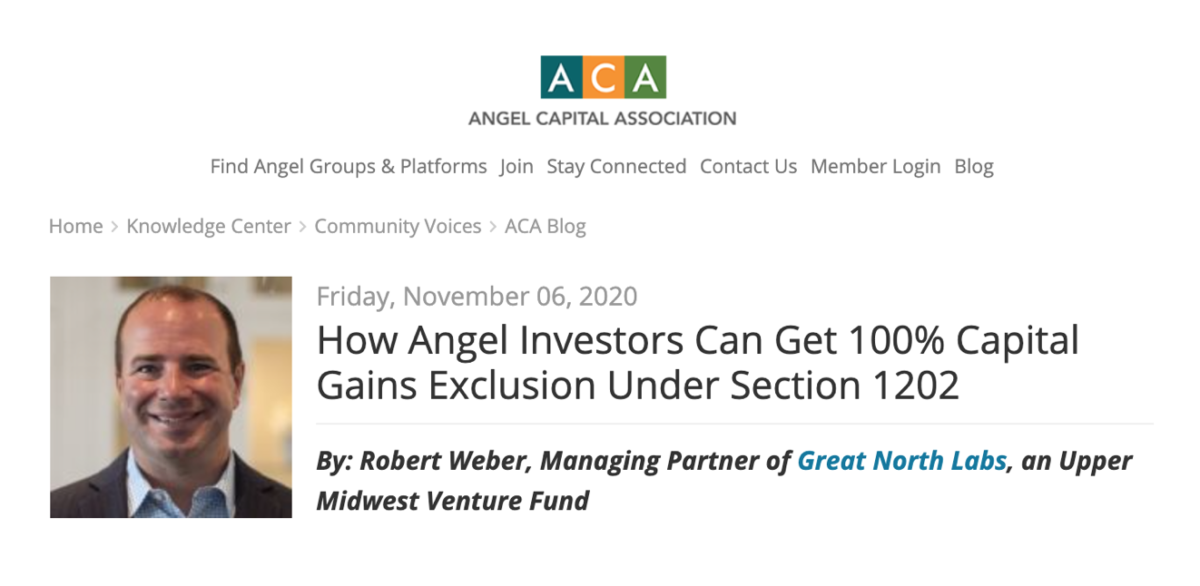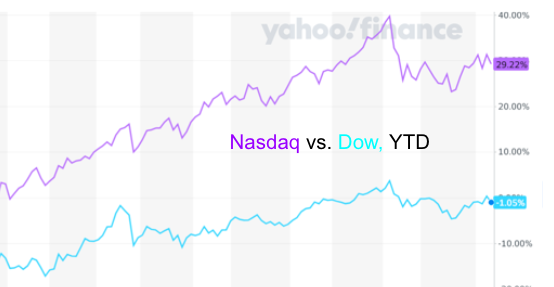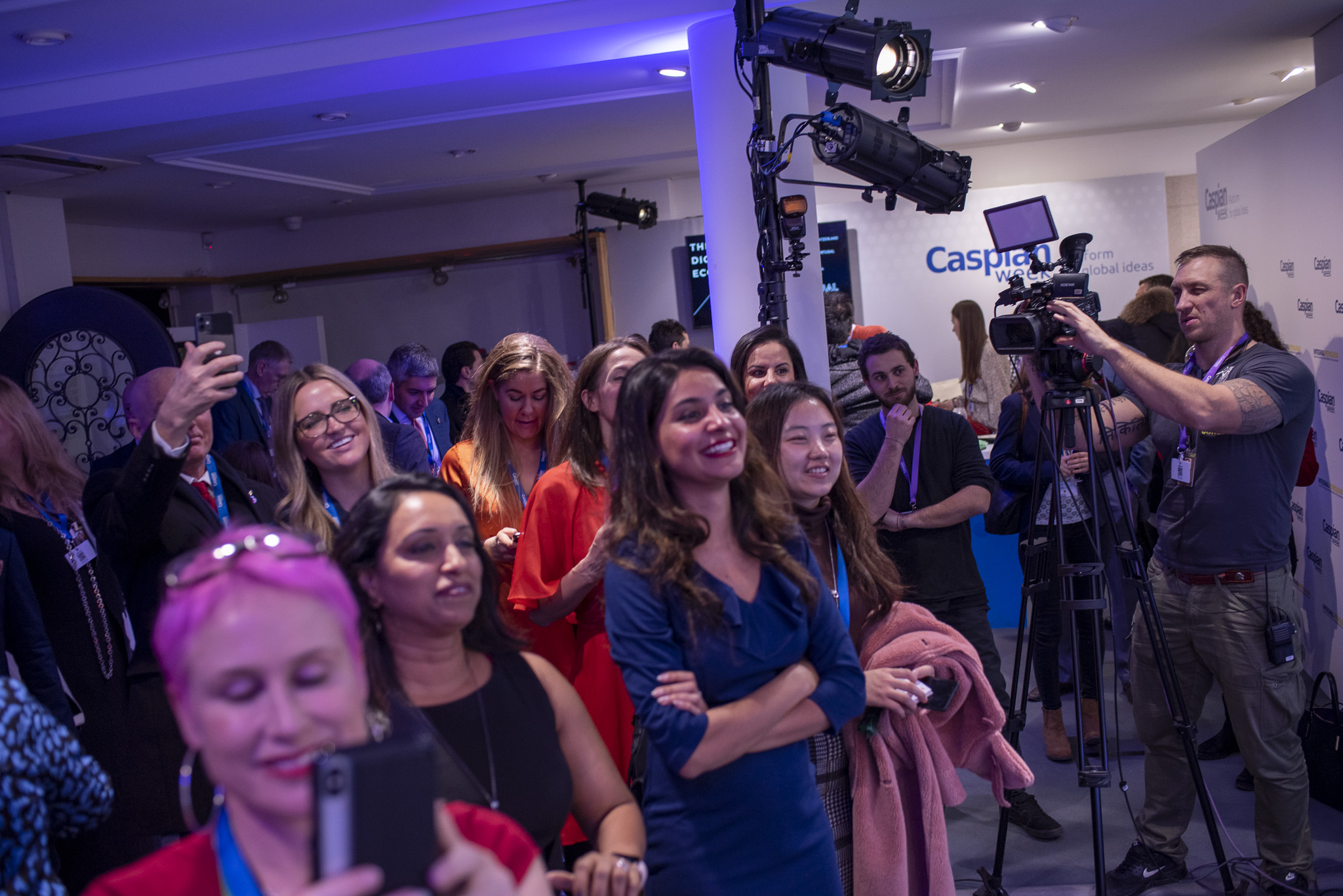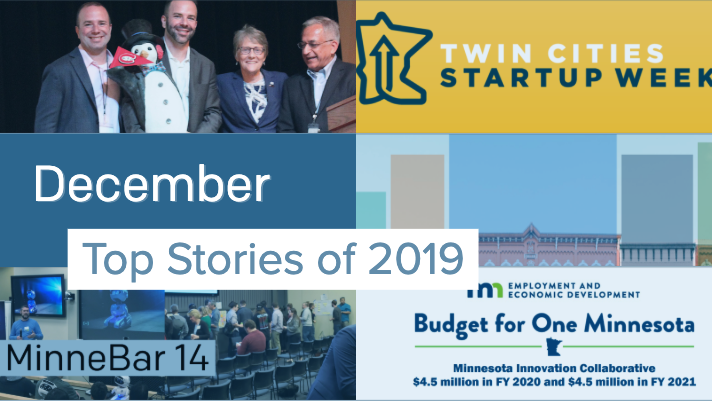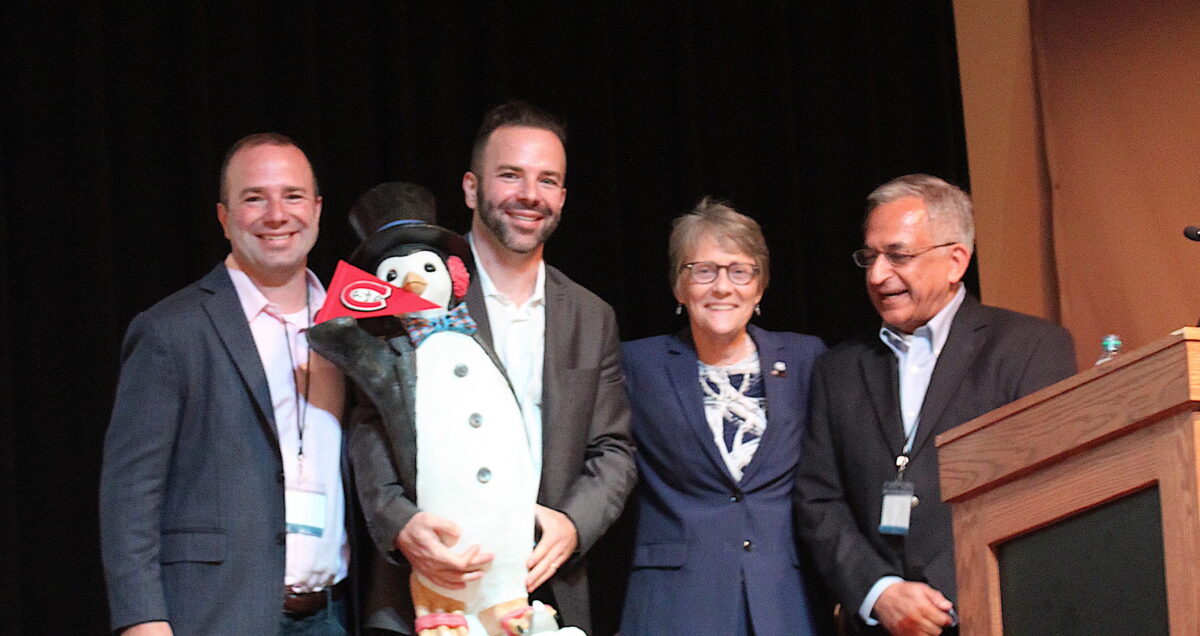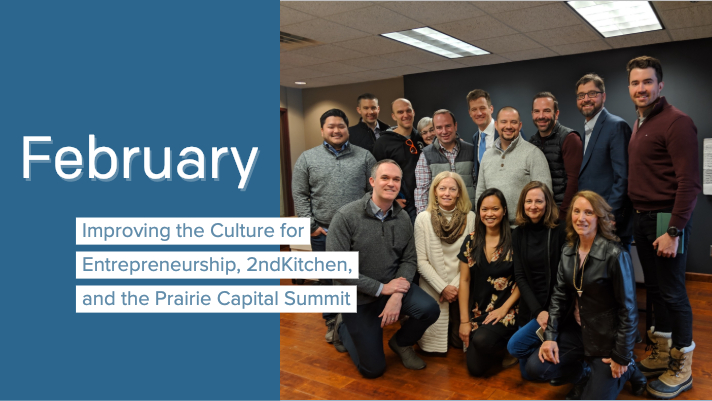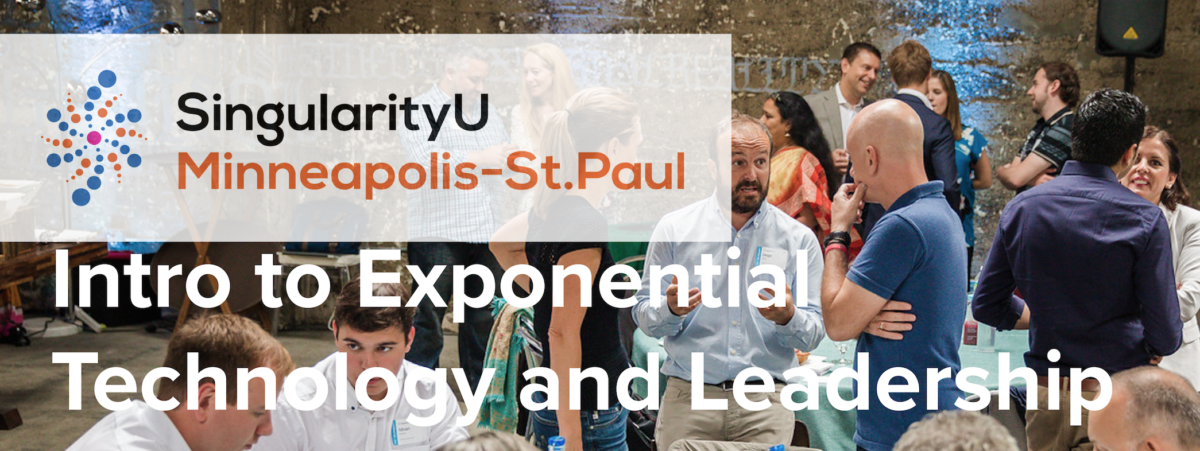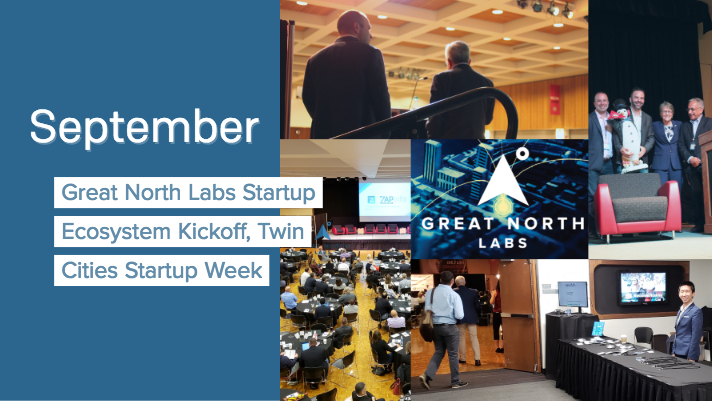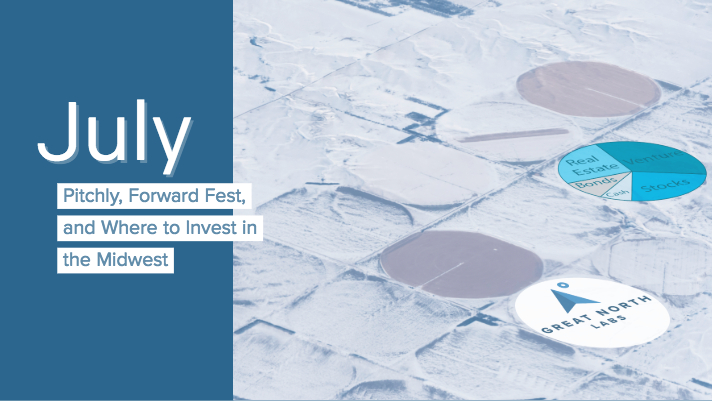In this episode, Rob and Josef talk about some Twitter controversy over founder extravagances, and the difference between, say, personal chefs at work used for recruiting, vs. buying a used fishing boat with your profits. This is something we looked into in a piece Rob wrote on BuiltIn, “The Weird and Wonderful Things Midwest Founders Do After They’ve Had a Big Exit“
Jonathan Treble joins and talks about his path from Wharton grad to startup employee to Founder/CEO of PrintWithMe.
He also talks about building his company, and practical milestones he set. He also has valuable advice for founders:
“Optimize for control over valuation” – when negotiating at early stages.
“Validate with the smallest team that you can” – because, really, more money means more problems.
He also talks about team building, which is something Jonathan excels at. They use the “Culture Index” to guarantee culture fit, which is incredibly important. He talks mistakes, onboarding, and recommends two books that created his own foundation for recruiting:
“Who” by Geoff Smart and “Recruit Rockstars” by Jeff Hyman
Who does Jonathan see executing? Orazio Buzza of Fooda, Inc.
Transcript:
00:00
Welcome to the execution is king podcast. Today we have Jonathan treble founder and CEO of print with me, along with my co host, Rob Weber, managing partner at Great North ventures. Welcome to the podcast, Jonathan.
00:16
Thank you. Happy to be here. Thanks for having me.
00:19
So Jonathan, I know we first met a little over a couple years ago, I believe, and you were kind of busy starting to really scale your business print with me. Maybe for starters, could you maybe introduce us to how you got to that position, you know, whether it be where you went to school, maybe some of the influences you had from a career standpoint, which sort of led you to print with me?
00:42
Definitely. So I started my business journey in undergrad, my undergraduate program was at the Wharton School, I majored in finance. But generally, it was a very well rounded business program. And I went into business school because I knew that I wanted to get involved in business in some way. Even back in high school, I had started a couple companies in high school. And I had the entrepreneurial edge, I think that comes from my parents, and particularly my father got me started with an eBay trading assistant store in high school. And it was so much fun to build the business and see that have some modest success in high school. I went to Wharton, I studied four years of business Warden is very much a finance school and breeding grounds for wall street and specialty services, firms, consulting firms, etc. And so that flavor of education was a little too formal for me. I realized at the time, I was not really going to use a lot of the finance in my career, although it was great background knowledge. And at even at the same time, in college, I had a couple of side businesses going right after college, I joined a startup in New York City that was founded by somebody I had helped in an internship. And that was my first foray into startup land. I immediately loved it and understood why I am meant for startups, right. And that is just the pace, building something out of nothing. The ambiguity that I like working inside of, and I took that job in New York City, and they haven’t quickly moved to Chicago. And the the story there just kind of all worked out well, for me, I guess is that this New York company took a round of investment from light bank, which was the newly named venture organization founded by Eric lefkofsky. And Brad keywell, who are known to be among the best serial entrepreneurs in the whole country, certainly, probably the top and Chicago, because they’ve, they’ve taken public, at least four companies I can think of, and now we’re working on one or two unicorns that are still private. They’re just incredible entrepreneurs. And when I heard that they invested in in my friend startup and that I could join, and then they needed somebody to go to Chicago and liaise with them. I was like, Yeah, that’ll be me, for sure. So I read jumped at that opportunity, moved to Chicago for that, and ended up with that startup for about a year wasn’t really gaining traction, I switched over to another light bank, back startup, and then even another did some consulting. And after about three years, I wanted to try something a bit different. I wanted to get the big startup experience. And what I mean by that is like a larger at scale startup. So I applied for a job at grub hub, I was given the position, I joined as a project manager on the tech team, slash business analysts. So I was essentially in charge of the development work for five engineers. And these engineers were pretty senior, like much, much more accomplished and experienced and knowledgeable than the more junior engineers I was working with at startup land. And I got to really learn how software is delivered at scale grub up at the time was, I mean, calling a startup is definitely an accurate in 2013. It was way along in his journey and actually getting ready for an IPO already. But it still had the startup feel. And so I joined this, this tech organization, the tech org at the time was probably 50 to 100 people. And I was one project manager among many over a certain team. And that was great. His big company experience I guess, to learn how to work on a team within a big company and I was my job as the business analyst there was to liaise with other departments in the company and help build software to meet business needs. And so that actually gave me a lot of insight into other facets of grub up. So other departments, ranging from marketing, to finance to customer support operations, I got to be the person to kind of liaise with a lot of those departments and help them solve problems with software. So I think that that year that I spent doing that full time was among the more important learning opportunities in my then career, because I got to see what a startup would look like, at larger scale. And kind of what, as a founder, a future founder, I should be keeping in mind kind of like setting as a North Star for my own venture down the road. So at this time, I was about 2526, I was dabbling with a couple other business ideas, startup ideas, I even funded myself, I bootstrapped, that a couple people would help write code for me for a couple of these ideas, and we put them out there and we tried to get some traction, and neither of them really took off. It was there were interesting ideas, for sure. But they lacked some, some point of traction. And
06:20
I suppose during all that time at grubhub, you know, building products to meet business needs, you kind of built may have built up a backlog of these ideas to try out. It sounds like you tried out more than a couple of them.
06:33
Yeah, Funny enough, the ideas I was trying out, didn’t really come from grubhub, I did get a lot of exposure to different parts of grubhub. But the types of problems we’re solving at that scale, weren’t all that. Well, I’ll say some of them were innovative. But a lot of them were just scaling systems. Like, for example, I had, I had the good fortune of being the business analyst who is revamping our accounting system and, like re building out the business logic for like, what activities wound up in which ledger accounts which is mind numbing, but good experience for I think, just just to have that a little bit of that background. And don’t get me wrong, we worked on some innovative things as well. And I was actually I think I, I was involved in some patent application with one of the founders because we came up with a way to track delivery times better through through an interesting system. But you know, by and large, most of my job was was just the nuts and bolts of, of scaling systems, which in itself is interesting stuff. I liked it. It’s intellectually challenging, but it was not exposing me to like a very wide range of ideas. So these other ideas, were just things that I was inspired by in day to day life. And one was like a meetup app, like a spontaneous meetup app, because at the time there was not in this is 2013 meetup.com was very, like planned. And so the a few companies have tried this I I would later discover and that the issue with traction is, I mean, it’s, you know, how do you build a network effect, it’s so hard to acquire those initial users you need. You need like person liquidity, you need a lot of people to be wanting to meet up at once. So it’s, it’s really tough, and then monetizing it as a whole nother very challenging endeavor for that type of app. So this is all setting the stage for how I ended up at print with me, right? So around 2014 I think it was early in the year, I needed to print concert tickets for a concert, right downtown in Chicago. And it was kind of a last minute decision to go to this concert. So it was the weekend. I couldn’t print the tickets at work. I realized I needed to print them somewhere else. And I didn’t own a printer. And I remember having to get into at the time, I think was a cab because early days, I mean Uber Lyft. We’re not quite there yet. And I, I drove about a mile away to a FedEx Office, I printed those tickets, I drove back in the cab. And the whole thing probably cost like 25 bucks between the cab fare and then FedEx Office rates for printing. Just thought, Wow, what an expensive thing to do. Certainly I could have bought a printer at that point and realize I save money in the long run. But I was also moving apartments somewhat frequently. I was in my mid 20s I was embracing the sharing economy. I was thinking, you know, why do I want to own more stuff? And I bet I figured a lot of my peers and people in my cohort felt the same way. And so the idea kind of struck for printing kiosks and it was an interesting idea. It was a kind of like a wacky idea. like okay, who would actually put printers in public places right like It sounds like that’s maybe problematic, like, I could foresee many ways that that would break and how it’d be tough to manage. But the idea really kind of sat with me. And for a few months, I kind of pushed it off. And I was like, I don’t know if this is a great business, and I was working on the other ideas at the time. And then one day, in the middle of the summer, I kind of just had this this moment where I was like, You know what, that idea is still bugging me. And it actually I, I could use that myself. And I bet a lot of people could, and why not just try to build it. So I just decided to go for it, stop the other projects work on this as my key focus. And that’s how I ended up starting it.
10:48
Yeah, there’s a lot of good useful lessons and kind of your your origin, how you got print with me off the ground, I think a couple of the things that really resonate with me is just overall, I think, when people see successful founders, they often think that, you know, that they’re, they don’t think of all the background work that went into sort of honing your skills, and they’re just hearing your stories a lot like my own where it was like, I wouldn’t necessarily call them failures. But like, there were a lot of projects that I was gonna tinkering with, you know, before we had kind of our breakout success, which, you know, went on. And I think that’s a really common theme with a lot of entrepreneurs. And I’d say, the other ingredient there was to just working at seeing another company at scale that was, you know, previously a startup, be able to learn from the kind of execution, especially in like a product or product engineering type of team, we’re actually working on the product. And, you know, ideally, probably some exposure proximity to one of the founders, like I think, you know, that is that can be so powerful for people who want to know, they want to be a founder, but they don’t know how to get there. I have a lot of young people who reach out and say, hey, how do I do what you did? How do I become a founder, I think there’s, there’s these like two logical, and you should have both of them. I never had the sort of bigger company experience. But I think that’s like to be able to see the, you know, the startup at scale, alongside your own tinkering projects, that’s got to be super powerful, right?
12:13
Yeah, it was definitely powerful is the best education I could have ever wanted or gotten better than a definitely better than like an MBA or an advanced degree. And I actually think you’re right grub hub. That year was very important. It gave me the Northstar for how a scaled business or scaling business needs to look like and how the different departments interact, and how technology can support all that. Very important lessons that I still have with me this day. And a network of people that I still keep in touch with this day, and that have helped out and consulted with me, you know, subject matter experts. But I’d even say going back before grubhub. So there’s three years that I was in startup land, at early stage startups that were still trying to figure out product market fit, and building product. So I was, I started as like a sales rep in the first job for a year. And I switched to Product Manager at the next startup. And I did that for two years, about two years. And those experiences were almost just as valuable. In fact, arguably, maybe more. So I got to see these founders, these early founders, in their process of tinkering and trying to make a product that was in demand and viable. And that was just such an incredible learning experience. And I got to do it on somebody else’s watch or like, on their dime, in a way, right, they were paying my salary, I didn’t have that much risk in it. Certainly I was like earning under market because it was a startup, but I was learning a ton. And so that the combination of all those experiences was super helpful. So that when I went to start print with me, I already had a lay of the land of like, financing fundraising, what, you know, common pitfalls that some of those founders have fallen into with, whether that’s building their product, or dealing with fundraising, and investors, right? So it was four years of incredible learning, you know, from the startup land all the way through grub hub. And I would encourage anybody who wants to eventually become a founder, if you haven’t already to get some sort of experience as an employee at a smaller firm. Right? As as early as you can. I would encourage that. And, yeah, I’ve taken a lot of that with me even to this day.
14:36
Yeah, so it’s interesting, Jonathan, I remember if I think back to when we first met, one of the things that really stood out to me was just kind of your, your sort of more pragmatic view on raising capital. If we go a little bit deeper down that path. It certainly like immediately just like kind of clicked for me as a founder who bootstrapped a company you know, some some level of success and I think there’s just like Eat this echo chamber and venture capital and startup laying that it’s sort of like, you get on the train, and you just raise round after round. And it’s sort of like the tech media just celebrates, you know, these markups and these more dilution and more dilution. And I think it’s almost unhealthy in a way of, of, you know, the way the VC industry kind of like, almost like, perpetuates this sort of like myth about building a company. And I think I’ve really respected Can you talk a little bit more about your sort of mindset with how you funded the business, getting it going, and now scaling it?
15:34
Yeah, happy to I, I’m very passionate about this topic. As an early employee, pre IPO employee at grubhub, I was given some stock options. So I’ll start there. And that was, I think that was great that the founders still allowed early employees, I was like, employee 500, something. I was definitely not early, but they pre IPO, every employee still had a grant of options. And a year later, I was there on IPO day, I was still full time there. We all were in the money essentially. Right. And, and in a big way, I think the IPO popped. And incredibly the first day, certainly a lot of my peers who had been there many years were way, way better off than I was. But this was a modest, you know, a modest gain for me early in my career. And it is true what they say that when a when a tech darling in a community IPOs or exits and, and it’s a good exit, a meaningful one a big one, a lot, it creates a whole class of new founders, right. And they’re, I know, several who’ve gone on and founded new things after that, and, and so the liquidity was great. Again, I don’t want to overstate this, it was very modest. But for me, it was the working capital for bootstrapping print with me for the first six months, before I started raising some funds from friends, I’ll start with that, I think that’s important to reiterate, like being an early employee, getting those options can actually be life, life altering, I won’t say changing. And then I’d say my philosophy in the early days of Chrome with me, so like your, the first two years was to just raise enough funding to reach certain milestones, right, just enough to kind of keep validating that this is indeed a good business. Because when I first started with me, I went in with eyes very wide open, that this may not work out, this has a high likelihood of failing, actually, and I have no idea if consumers will actually pick up on this. So I said, I told myself, I was like, I’m gonna give this three months, if I don’t see any traction, after putting alpha test printers in a few public places, I’m just cutting the cord and moving on to my next idea, right, I was 26, I had nothing to lose, which is another critical part of being a founder, you really need to be be okay to like not earn any money, or it’s better if you have less to lose or lower lifestyle at that point. And I certainly had a pretty humble lifestyle at that point. And so I just figured it I bootstrapped for four or five months, just paying the developers on my pocket, I’m still working part time at grub hub, right? I luckily, they, they were able to reduce my hours to like 20 hours, which gave me enough money to pay my bills, and invest some of that money into into print with me. And there came a time where we had bought a bunch of printers, we wanted to increase our, our velocity for developers. So I wanted to hire a third developer contractor at the time. And I was like, no, what I should raise some money, I could really use some more more funding here. So I started going to friends first, and a good friend of mine from study abroad, wrote the first check in like December that year, so about five months in. And then another acquaintance from the light bank portfolio wrote another check after that, and another college friend wrote one of my former boss So in the first six months of fundraising, I just raised 50 grand from, you know, on a convertible note, and it was like such a shoddy convertible note that probably had tons of mistakes in it. But we ended up you know, converting that into equity with the first price round about a year and a half later, but that was it 50 grand to just fund more development and more printers. And again, bring me to a milestone where I would decide whether it was gaining enough traction to continue even further, you know, that end up being not very diluted at all, but enough capital how we could prove that. And then, at the same time, I was getting great mentorship from one person in particular comes to mind rasio bouza, who’s the founder and CEO of fouda Buta Inc. in Chicago, they do pop up restaurants in, typically office buildings. And they’ve grown an incredible business. And he’s a light bank veteran as helped two or three of the light band companies go public. And he was telling me early on throughout my early days tinkering with print with me, he was saying, you know, I wouldn’t raise that much money. I try to bootstrap as much as you can retain ownership. Right. And, you know, he didn’t think the print with me was a business that was really set up for venture rounds of funding, like ABCD, etc. And I think he was probably right. And I’m happy that I I raised in dribs and drabs slowly, because I still retain majority ownership today, and majority control. Importantly, and I could have easily gone away had I been enamored with the venture cycle of raising so many rounds, and you know, giving up more board seats losing control, right? That stuff is scary. I mean, you know, I’ll jump forward a little bit to when we did raise our first price round, it was August 2016, that we got the first term sheet. And, to his credit, Jeff meters, network ventures, was one of the only VCs in Chicago that would take a deep look at permits me bear with me scared off most other VC is what a printing company right? As it as I totally understand it would, right. And he got in the numbers, our traction saw, saw the growing revenue that each kiosk was making, like, wow, this is actually a good business, great margins. at scale, it can be a meaningful business, a decent size, exit, you know, medium to large. And he said, you know, I’ll do a term sheet. So we did that. And thankfully, right I, and I’m saying this to help maybe other founders that end up in this position. And, Robin, I know you’re a VC now, so I hope you hope you don’t, don’t mind me like giving some advice the other side of the table, but you’ve been on both sides. So I’m sure you don’t mind. Like I got great mentorship from two of these people that I looked up to when I was reviewing that term sheet. And both rasio and Mike Evans, a co founder of grub hub, when we were reviewing it together, they were like, you, you cannot give up a third board seat right now, right? Like the term sheet initially said, One investor board seat, my board seat, and then an independent third. And this was like a pre seed round. And they were like, No, no, no, you can’t do that. That’s crazy pants. So of course, I pushed back on that. And they, their advice was optimized for control over valuation. So I gave up the point on valuation, it was still a decent valuation for where we were at the time. And I but I was firm on retaining two out of three board seats. And to this day, I have so at I mean, I tell you, five years later, if I had if I hadn’t had that advice, or I’d gone the other way on that I would have many more sleepless nights because, you know, there’s there’s another group of people a board that could technically asked you, whenever, you know, they think that’s that’s the right call. And that can happen and does happen a lot of founders. So you know, I’m very happy for that for that advice. Now on raising capital in dribs and drabs, oh, I’ll continue, I raised that round, it was just 500k in new funding, all the previous notes converted in for equity, the post post money was like 3.1 on that. And then that was enough, again, to kind of validate that I could build an early sales team, we’d continue to get traction, some sales efficiency, get ready for maybe an A, well, we didn’t hit quite all those metrics. In the first year I struggled with hiring I made some poor hiring choices. And nevertheless, we were still growing, we actually tripled that year, but it wasn’t like what I wanted it to be, we’re able to go raise a seed two, which is definitely a thing now. And we’re it was an up around, I think,
24:20
an 8 million posts. And, and that, you know, was another I think, in fresh capital that was another like 900 at the time. And I was like, Alright, well, this might all be all we need to really get a sales team in place that can harm and, and prove the model and that ended up being true, I only needed that. It gave me another year and a half of burn, right? hiring and getting getting the team more efficient. And then we we reached profitability a couple years down the road and didn’t really need to raise again and You know, certainly it’s slower. It’s a slower path. It’s not for everybody. It’s not for every business, right? I, you know, the venture path makes sense for a lot of businesses, but not for my business, and certainly not at the time.
25:13
So when you’re talking about like raising, and like setting these milestones, you also talked about, like, kind of like a friends and family round going to people, you know, so were you matching up? Were you like setting the milestone first, figuring out what you needed, and then setting the amount? Or were you kind of gauging how much capital you can expect to raise, and then readjusting what milestones you can hit with that capital expectation?
25:41
Yeah, that’s a great question. I’m not even sure I can remember exactly what my thought process was. Go back now, five, four years, you know, I think, I think it was, well,
25:52
maybe just knowing what you know, now. Like, maybe if you can’t remember, like, instead of the chicken and egg quandary we could get into right now, if you had to devise somebody, what what would you tell them?
26:04
Yeah, I think I would advise to go the former route that you described, which is, pick your milestones like, what do you want to validate with, with your funding and figure out what you need? Yeah, figure out, like, what your use of funds will be? Like, do you really need 10 sales reps? Or can you validate with three? Right? All right, well, three is a lot cheaper than hiring 10 sales reps, right? Do you need five engineers or can you get by with to really try to i, in my opinion, validate with a small team as possible, because then you don’t have to raise as much at such a low valuation and dilute as much. But also, like, more money, more problems, right, you raise a $3 million pre seed, you’re going to have a ton of stress trying to hire up to to meet like, the expected burn on that in like six months, you’re, you’re gonna make hiring mistakes, these are gonna feel time pressure, you know, go slow in those early days. Unless, of course, you there are certainly exceptions where like, if you’re really on to something that can be a massive market opportunity, like 10s of billions and like, you know, someone who’s gonna copy right away, or somebody else is going to, or there already are competitors, you gotta go fast, right? And that’s, that’s where raising a lot of money and trying to blitzscale make sense where it’s a winner takes all are most market. And if you don’t act quickly, a competitor will, will take it right. I think that’s where, where you have to, but for a business like mine, where I didn’t see any competitors coming after us. And still, to this day, there really aren’t any, like, I didn’t have that time pressure.
27:53
It’s so interesting. And I just love I couldn’t agree more. It’s interesting. So on episode four, we had my new con from Twin Cities bass field nation, which is huge breakout success that the story isn’t very well known because we did this sort of friends and family round with my new Alcon he was sort of my brother’s computer science lab partner at St. Cloud state and central Minnesota. You know, he skipped all the subsequent funding rounds, no seed round, no way around, no, no, maybe not even a B round. And then he raised like 30 million after bootstrapping for seven years. And the weird thing about my news story, in his category, there were several direct competitors that raised far more money and ended up just flaming out. And actually one case, he acquired the company, it was just like, this is why we have the execution is king podcast, not be blitzscale and raise the most money you can podcast, because it very much it speaks exactly to the core of our beliefs, which is, you know, it really execution matters the most. And I think it even matters and even in cases where there are competitors, multiple competitors, even some with a lot more capital, you know, stronger execution with the right strategy will kind of Trump the capital all day long, right? I believe that it definitely is a little more nerve wracking as a founder, when you start, you know, having a more direct competitive pressure and in there, you know, maybe categories where there, there’s just a lot more capital flowing into it. But even then, like, I think my new is a great example. So I think that’s probably why like, this sort of mindset you had is very much aligned with my own, you know, in terms of just capital efficiency. And I think there’s also this being cognizant of the overall competitive landscape like you described, like that. It’s just so important. So I know, obviously, you know, if we fast forward to today, you know, growing the company is gone from like, will the idea work? You know, scaling and scaling, of course, means expanding the team. Can you talk a little bit about, you know, some of your lessons learned in terms of recruiting and building up your team and maybe we can dive into that for the last part of the podcast here?
29:56
Oh, absolutely. Yep. And I mentioned it earlier, but I made a bunch of hiring Mistakes after my first like large round of raising and which was 500k. And so it was it was actually the investor, the lead investor Jeff gave me a book on recruiting after that he was like, you should probably read this book. I was like, Okay, great. So I read it. And it was cool by Jeff smart. And that’s like one of the classic recruiting books out there. And about a year later, I picked up another book by Jeff Hyman called recruit Rockstar. So those two books have formed the backbone of our recruiting process, I’ve just taken their processes and kind of melded them together in a way that I think makes sense. And I hate
30:41
to interrupt yet, but I don’t want to get too far away from this. You dangle that out there. And I just got to ask without naming any names. What was your worst recruiting mistake?
30:52
Worst recruiting mistake? I think so hiring a couple of people at the same time who had fantastic like results on paper in sales roles, but were toxic for culture. So really, like just looking out for themselves to money motivated? Yeah, like all about themselves and not not willing to care about the team or the company. So that was so so I shortcutted the the interview process with those, those two people and it was disastrous for the culture, right, a couple other good people left because they were there and, you know, so that set me back a few months in the middle in the middle of this whole journey. But that was a lesson I you know, definitely learned and avoided that mistake after that. But yeah, that’s a it’s a great question. I made plenty of mistakes, I think I’ve made every recruiting mistake you could possibly make. But that one stands out as the worst in terms of impact on the company. And so I started getting building a process with these books. And and also like, you just build muscle for this right over time, you you get more confident in recruiting and interviewing and, you know, the imposter syndrome goes away a year into it maybe of recruiting and, and so I’ve learned a lot and even even from Jeff hymens podcast recruit rockstars, where he takes he brings on entrepreneurs, and they talk about recruiting, and lessons learned. I mean, I’ve learned so much from there, too. So now I feel like we have a really good process. But it’s so important. Nope, it was a lesson for me. Pretty pretty early on in the entrepreneur journey that I can’t do everything right, I, I find myself to be pretty bright, and like, adept at many different things. I like back in a year into starting print with me. I was like, I had my hands on everything, right? I was leading the tech development, I was leading the operational side I was selling I was like, marketing, I was doing everything. And I loved it, because I like doing a lot of different things. But at a certain point can’t can’t just scale like that. Right? And, and that, and I thought it would be kind of easy to hire people and just have them do the roles. But no, you know, you got to find great people for each role. And that was like, a learning opportunity for me, right? I think it was 28 when we started trying to hire people and at scale, and you know, and so that like learning how to identify strong talent for a role. Also make sure that the talent matches your culture that you’re trying to build for the company. Understanding like the difference between an entrepreneurial employee and somebody who works at a large company that needs so much structure and process around them and just gonna just flounder in your crazy mess of a startup, like, these are hard lessons learned. And I hope founders can avoid those mistakes by being very thoughtful about it and deliberate and listening to other founders who have gone through those same exact problems.
34:02
How do you how do you really like, ensure that they have the right personality? How do you how do you go through and like, I mean, it’s not like you give them like the Myers Briggs personality test are, you know, is it just a matter of the interview process and getting a lot of the right people on your team involved with talking to them?
34:22
Well, we do actually give a culture survey I’d call it which is a 10 minute questionnaire, and it’s called the culture index. And that is similar to Myers Briggs. It tells us at a high level, where an applicant falls on five or six different spectra of personality. So how driven they are right the competitive atop like seeking risk and autonomy, how socially our extroverted, introverted and in a way, how urgent they are versus more like methodical and Slow, and then how like detail oriented and conscientious they are, it’s been around for a while, it’s a derivative of like the five factor test, and like many people have written about it. And I use it religiously to this day. And so it is one data point among many in the interview process, and helps us get more comfortable with the idea of a person in a role and you figure out what archetypes and patterns you want for each role, and you try to make sure that your applicants match at least match majority of those spectra. So love that test that was introduced to me in 2018 by an investor who literally wrote a check for us to go get trained on it, like a five figure, check. He just wrote it. For me, it was like a gift. I was like, wow. But you know, that has been so game changing for the company that I’m sure he’s he’s, you know, it’s kind of like, he’s was protecting his investment, because he he probably also saw the hiring mistakes I was making. I was like, you gotta you got to go through this training, and use this test.
36:05
What What was the name of the test? I wrote down? culture index test. Is that the name of it?
36:11
Yeah, the culture index? Yep. Yeah, they’re, they’ve been around for, like 20 years. And there’s a great team at UT Dallas, I’m happy to put any founders that are interested in touch with with their leadership in Dallas. I’ll give my contact info after the show. But you know, it was transformative. I’m a junkie on that now. And it is, it’s really, it gives you a reference point that you you can’t even imagine for assessing candidates versus like the, the traits that you really need in a role. Now, that’s just one thing. You also have to test? Do they vibe with your culture? Like, if you’re trying to build a very Hustle, Hustle, Hustle culture? That’s like 70 hours, 80 hours a week? Well, are they willing to do that? Are they excited by that? Is that is that are they at a point in their career where they can do that, I was never trying to do that with all my employees. Since day one, I’ve expected just 40 hours a week, because we can get a lot done in 40 hours. And we we do I mean, I work I work a little bit more than that. But we’re, we’re still growing exponentially. You know it with a reasonable culture, they’re not not a crazy 7080 hour week culture. But you know, I realize some startups it’s, that’s, that’s what they want. And there’s good reason for it. In some cases.
37:31
I think that’s really interesting and kind of macro perspective, you know, our company’s scaled to 170 employees. And my brother Ryan, kind of, we were twin brothers, he ran kind of product engineering team and I, everything else kind of, for periods of time kind of rolled up to me. And so I think back to the way you evolved, your, your entrepreneur, your leadership style, sort of going out, studying the the areas, the best information available on certain processes, you knew you needed to scale your organization, and then bringing that into your business, on your own doing it on your own as an entrepreneur. And it goes something I remember, like in our sales organization, we got to several dozen people in our sales organization in my last company. And I think I read every, there’s all these different methods of selling, there’s like SPIN Selling solution, selling challenger sales, all these different methodologies. And I would just read up on all of them, I go, I think this would work best in our business. So we’re going to implement this. And then the next step was running a sales training workshop. And we’re creating case studies based on the book, you know, for this methodology that is completely built for our business. And it was like, and I thought it worked really well. There’s this sort of attention to detail on scaling, the organization, the onboarding that went into it. And, you know, even down to like an onboarding checklist for like, the first 30 days in an employee. There’s just I know, I was listening to your podcast interview on recruit rockstars. And you talked about, you know, the importance of strong onboarding, I think that’s something many startups, you know, really fail at, quite frankly, though, especially in the positions where, you know, you’re going to add a lot of staff. You know, it’s so critical. The early experience and employee has made me talk a little bit about like, you know, beyond recruiting like the onboarding experience, and some of the things you’ve learned as you guys have been building up the business.
39:21
Yeah, sure. So you, you hit the nail on the head. onboarding is very important. We’ve, I learned the hard way I had a couple people that I just kind of threw to the wolves and just said, Hey, can you go figure this stuff out, and that they didn’t last long, and that was my fault, right? But I learned some wisdom from Jeff in his book to take onboarding very seriously. So I started there a couple years back, I built an onboarding checklist of things that I think every employee approved with me should know. And you know, it’s it’s the nuts and bolts of like, systems, getting getting all your tech stuff on boarded obviously that’s going to be There, but also like, how we communicate what are our communication guidelines and standards? And what are our okrs? What does our OKR system look like we do objectives, key results, like the measure what matters, but we have every employee read the measure what matters book. So that’s part of the onboarding checklist. So we we try to be just as good about onboarding people into our culture as we do the nuts and bolts of the systems in the company and also like the knowledge for their specific domain or the role. Both of those things are very important. I we now have the good fortune of having two people in HR lead recruiter and then kind of an HR recruiter hybrid. And now that HR hybrid is onboarding people, and has a checklist and you know, he’s there, buddy, for for onboarding. But early on, it was all me, right? When you’re a 10 person company, you’re the founder, you’re doing everything. But like you said, Rob, I, I would read tons of books, I still, there’s there’s a bookshelf at our office in Chicago, where I dumped all my books before I moved to Denver last year, and it’s like, filled, it was probably 100 books on startups selling marketing, tech development. I mean, you name it, I think that’s another key point for aspiring founders is you have to be a voracious learner. You have to be humble enough to realize you, you don’t know everything yet. Which I, I’m not sure I was quite there at 26, I kind of learned the hard way. I need to level up a lot of skills in my late 20s. But you know, you really can if you’re open to learning and curious and you’re seeking it, you can find so much wisdom in any topic by just reading a book, and then bringing it to your business and saying, alright, this sounds great for my business. The next day, you incorporate it into your process, and you’re able to do that as a founder, right? Like there isn’t red tape, which is great. Your your employees might have whiplash if you’re doing that too much. So you can’t be a book of the week person but you got to, I think there’s a balance you can you could do it reasonably in a way that is beneficial for the org.
42:14
One of the other managing partners are great and adventures is Rob’s twin brother Ryan, co hosts other episodes. He is fantastic at producing book recommendations for me, I don’t know how many of his I have behind me on the shelf, but several and the last time I we were in person, I saw Rob and Rob recommended a book to me that I’m actually already currently reading a Clayton Christensen book. It was just fantastic. We are running out of time here though. I want to make sure we get in our last question. I like to ask every one of the guests on our podcast, this question focused, we’re focused on execution. And we like recognizing people who can do that it might not always be the flashiest people who are getting that recognition. So is there somebody, maybe it’s a team or a startup or a single person that’s really executing that maybe they’re flying under the radar, maybe they’re not maybe they’re deservedly, very popular, but someone that you’ve seen or startup that we should be paying attention to.
43:16
I’ll say I’m again, I always and I will always say this orazio bouza is probably the best operator I’ve ever met. And I’ve met a lot. And you know, just to give you a sense, so he he’s skilled three or four light band companies and food is is now an awesome success in Chicago. But I think he told me once and he wasn’t trying to brag, but he was just kind of explaining, like how he does budgeting. And he, he had set lot, you know, pretty ambitious projections for fouda in the early days when their fundraising and you know, some investors were passing on on a couple of his rounds, they just didn’t think it was for them. It wasn’t software enough. But then he would go back to them a year later. And he would show them the new projections. And they would see that he actually hit the ambitious projections. And they were like, no one ever does that. No one ever hits their startup rejections, but he actually does and I’ve learned a ton from him. He he, he’s probably the best. I mean, I can’t think of another so he is the best executer that I’ve ever met. So I’m happy to make an intro to try to help you guys get him on the podcast at some point.
44:30
Yeah, that’d be cool. Sounds great. Well, thanks a lot, Jonathan for joining us today. It’s been a pleasure.
44:35
pleasures all mine. I’ve really enjoyed the conversation. And yeah, good luck. Continuing with the podcast is a great idea.
44:41
Thanks.
Rob and Josef talk podcasts, and comes clean about his awkward intro to Nick Moran.
Nick talks about his path to becoming a General Partner of New Stack Ventures and the host of The Full Ratchet podcast. We talk decision-making as investors, and advice for founders, including the most common mistake: building a product then trying to find a market for it. Then dive in to address the problem of matching opportunities to investors, whether it’s founders pitching VCs, or VCs pitching institutional investors.
Rob and Nick connect as founders-turned investors, while Josef jokes about the Insane Clown Posse in a truly additive and valuable fashion.
Not really.
Who does Nick see executing? He calls out two companies that have pushed through the pandemic, Flamingo and Tripscout.
Full Transcript Below:
00:00
Welcome to execution is king, the Great North ventures podcast. Today we’re joined by general partner of new stack ventures, Nick Moran. He’s also the host of the full ratchet podcast. With me today also his general partner of Great North ventures Rob Weber. Thanks for having me, guys. This is such a pleasure to be here, Rob. Always good to see ya. Thanks
00:21
for joining us, Nick. First starters, talk a little bit about how you became a venture capitalist. And also tell us about a little bit about your work with the full ratchet.
00:31
Yeah, you got it. I mean, we’ve talked in the past, it was a bit accidental. This is my second career. So I started out in corporate America, doing m&a, you know, scouting out early stage tech companies to buy through a roundabout series of events, I ended up being an entrepreneur within this organization taking a product to market over three years, working with a large r&d team of 30. And we had sort of extraordinary success with that product. I was a beneficiary of that success and was able to sort of leave corporate america and, and figure out my next path in life as a young man when I was about 32. So I moved back to Chicago with my wife, I started angel investing and, you know, fell down this rabbit hole of venture and startups and, you know, how do you build the next transformational multibillion dollar tech company? And yeah, through that series of events launched the full ratchet, I think it was, maybe at best a clever hack to network with some folks on the coast. At worst, you know, it was just kind of a fun program for me to learn. And it really worked out. I mean, I think I was early to the podcast thing and got lucky. The audience sort of exploded, you know, before there were 1000s and 1000s of podcasts. And that resulted in a lot more deal flow than I knew what to do with and sort of snowballed into this investing for newstagged. ventures.
02:06
And you’re up to almost, is it almost 300 podcast episodes so far? Is that right?
02:11
Yeah, I think so. It’s probably more than that between we do these special segments in between episodes. So I can’t imagine how many we have total. But I would bet how it gets it’s more than 500 at this stage.
02:22
Yeah, it’s really impressive. I was just talking with Nick before the show about these great episodes he does with investor stories, that are just great little bites. So if you have a minute, check out the podcast, that episode I’m talking about the last one is about 11 minutes long. And it sees for investors giving post mortems on these companies that failed. And it’s just as super interesting, especially like the example around the one that failed due to COVID. Because it just this excessive headwinds and stuff. But there’s some great points from Great Investors on that podcast, urge you guys to check it out.
03:00
Yeah, I think part of the context that makes your experience, Nick, as he talked about it, you know, so interesting is having been on both sides of the table, you know, building a product, and then spending all this time interviewing all these investors, and then, you know, actually running a fund. But you know, especially as we think about, like, the product side, that’s kind of the background that my brother and I had before we started getting more adventures, you know, after, you know, spending so much time in this space. What are some of the takeaways you have, you know, for new founders, you know, in terms of product development? What are some of the common mistakes that you see, or what advice would you have, and I know, your fund is kind of in the pre seed seed stage was very early, in fact, earlier than probably a lot of other venture funds. What would be some of the advice that you would give to, you know, a first time founder who’s building their first product?
03:52
It’s a good question, I think, sort of classic mistake that still the majority of entrepreneurs make, even though we’ve we’ve said this advice over and over again, Rob, you and I have talked about it is, you know, they build a product and then look for a market later. Actually, just last week, we were talking about this episode I did with Dharmesh stacker from battery, right. And he was saying one of the weaknesses with doing investments in serial entrepreneurs. So folks that started and had success with a tech company from a previous generation is often those types of founders from you know, that learned in an old generation of tech, they often want to build super powerful tech, and then go out and you know, find a market for it. try and convince customers that this is the solution to all their problems. And in the modern world, in the modern tech world. That’s just not how things work. You need to prove value up front. You need to deliver ROI and value super fast. I think Dharmesh, his rule is in 90 seconds or less, you know, the end user needs to understand why this is transformational for them and makes their life better. And so we’ve seen this big shift to a focus on customers focus on needs, you know, what are the key problems that you’re facing in your work life or in your consumer life? And then how do we reverse engineer a solution that really delivers on on that problem? So if I were to give advice to the early stage founders, it would be you know, become obsessed with your customer, find your ICP, your ideal customer persona, spend time in a market, discover the key insights, you know, what are the key challenges facing that market, and then figure out how to build a solution that meets the need, you know, don’t just just because you’re a developer, and you’re a talented builder, that doesn’t mean you should go out and build some super powered tech, and then just assume that the market is going to love it.
06:02
Do you think that’s a consequence of tech really exploding out of, you know, the confines of being its own sector, and just kind of taking over every sector? that that that shift away from just being able to build something great, and then figure out a way to sell it, versus having to build to actually fulfill these needs?
06:22
Is that Yes, I think so. Joseph, I think it also goes a little deeper. I think it’s a mindset issue. And I think it’s, it’s the victim of arrogance, right. So we all have a bit of confidence, and maybe maybe a shred of arrogance, some more than others. But when you are arrogance, you believe the world operates like yourself, you believe that the mindset of the consumer base is much like yourself. And so you think that if you can build something, that’s your ideal product, right? That’s your ideal technology that ever the market will come? Right? If you build it, they will come? The reality is that, you know, if you’ve met one consumer, you’ve met one consumer, right? There’s a lot of shapes and sizes, there is no one size fits all anymore. That just doesn’t work. And so you need to figure out, you know, what are the segments within the market? What are the consumer groups, or the buyer groups within b2b that have a similar philosophy or ideology or buying behavior or need set, and you need to you build products that really serve a problem and serve a need. So I think it’s a problem of mindset. And it’s folks thinking that the rest of the world operates like themselves. And that’s just not the case.
07:42
It’s interesting, I do think there’s a sort of fine line between self confidence and being open to feedback, right. And I think in entrepreneurship, like you kind of have to have a balance, I think the best entrepreneurs app have developed that strong customer empathy. So they can kind of wreck, you know, they can take the feedback loops, and kind of, you know, bake that into their product development. It does take a degree of self confidence, though, because you can’t have every, every single feedback session or artifact, you know, can completely push you off your strategy. So it’s kind of a fine line of being a good listener, but also having, you know, some confidence in finding the right path forward. Right. And when you are building out your products in the past, like how much do you stock? Do you put in just like the systems for startups? Like, are your real vocal proponent of kind of lean startups and all the, you know, systems behind that? Or are you kind of take a more like open approach to, you know, in terms of the systems that these entrepreneurs are utilizing to kind of bake their strategy or their product development?
08:50
Yeah, that’s a tough one, I would say, Yes, I am a proponent of the lean startup, but more at the theoretical and philosophical level, I think some entrepreneurs can get maybe too caught up in the tactics, and you know, the details with that and chase their tails a bit. I mean, to your point before, you can’t be so wishy washy, that all feedback from customers finds its way into the product. Right? We like to say that when we’re selecting founders, or we’re investing in founders, we like to find people that are incredibly stubborn about their vision, but incredibly flexible about the path to get there. Right. So you need to have a really strong vision, here’s where we’re going. But you need to be incredibly receptive to the market in the customers and how the product actually manifest in the path. To tie this back to my experience with the product. I’ll give you a simple example. Right? I was building a handheld device, right? It was a handheld device for measuring compounds in drinking water. So things like monochloramine or chlorine or nitrate or iron, right. And a huge number of the customers That I did testing with said, I would like this to be touchscreen. Right? We launched this product in 2013 ish timeframe. And there was a big proponent of customers that said, I really need this to be touchscreen, right in the markets that we’re testing. Well guess what the reality is, there’s a lot of cold weather climates, where people are doing this testing on the back of a pickup truck in sub zero degree temperatures in places like Minneapolis, or Chicago. And they’re doing it with huge gloves, and big parkas and a hat and goggles. And you can’t have a touchscreen device in that environment. So this is just one simple example of the overwhelming feedback was we want touchscreen. But when you look at the markets we’re going to sell this product into it was not a viable decision for the product, right. And so that’s just one small thing. Like you need to collect all the different information from the customers, but it’s the job of the product manager to decide on the solution. Right? It’s the customers that surface the problems, the product manager needs to find a solution that most appropriately services the market.
11:13
That’s really interesting. Well, yeah, bringing up, you know, kind of the Midwest in Chicago. I know, that’s where you’re based. Can you describe a little bit about your experience, since you moved back to Chicago? What is the startup ecosystem like there? For those who are unfamiliar?
11:29
It’s exploding. I mean, I’m not on the ground in Minneapolis, I’m sure you’ve seen things really develop and evolve in your ecosystem. But in Chicago, I got back in 2012 2013, in 1871, had just opened, which is sort of the incubator startup Mecca. Within Chicago, we were really just finding our footing on becoming, you know, a real sort of call it a second tier tech ecosystem, not not on the level of San Francisco, New York, but a major player, right, we had had some big exits, we had some big successes, and that had spurned some talent in the ecosystem that went and started more companies. So now, you know, during the past almost 10 years, geez, it’s developed quite a bit, you know, there’s more venture capital firms than ever before. There’s more startups being funded than ever before. we’ve really seen the ecosystem progress for the better, and sort of hit its stride. So I think Chicago is only going to go from here. But you know, if you go back to the time I started investing, there was very few pools of capital. And we kind of, we had our choice of the startups we wanted to invest in now. It’s, it’s, it’s more competitive, which is better for everyone involved.
12:55
I was really impressed. When I went back to Northwestern in February, pre COVID. For venture capital events. I had gone to school at macdill. So I haven’t spent a lot of time at Kellogg, but when I went there, they have this fabulous new building, which they were just building when I was at Northwestern. And it was just a beautiful setting right there on the lake, the field. And it was full of all kinds of people. Betsy Ziegler was there from you mentioned 1871, some other people, all kinds of great funds represented there, mingling with just these top level up and coming VCs, out of Kellogg, and just being in that spot. And that’s not even that’s up in Evanston. That’s not in the heart of anything, which, from my experience is more towards 1871 would be kind of the heart of a lot of this action, while at least downtown in general will be more towards the heart of it. But it was super impressive. It really gave me some hope for what what we can aim for here. You know, like getting that vision, getting that idea, that vision for Minneapolis and what the ecosystem can aspire to be.
14:04
Yeah, it’s really great. I mean, you’ve cited the university’s Stanford and MIT their efforts are well documented and the stratix accelerator at Stanford, you know, one of the most prominent in the country. But look, look at Northwestern, you mentioned them, they’ve got the Wildcat challenge and look at Chicago Booth. They’ve got the NVC the new venture challenge, which I believe kicks off tomorrow on the third of June. This has become the Chicago Booth one has become one of the preeminent accelerators in the country. That ranks right up there with the YCS and Angel pads, right? The successes from that program, you know, the winners of Chicago, Booth NVC, our grub hub, Braintree tovala, I mean, you know, hundreds of millions, if not billion dollar companies that have been enormously successful. So it’s it’s really nice to see that the academic academic institutions have structured themselves in a way to really promote true Entrepreneurship, that is the challenge when you get into academia, you know, is this going to be more of a research or learning exercise, there’s this really, you know, a capitalist endeavor. And I think what we found is the Chicago based institutions have figured it out, and, you know, created some really transformational, you know, large scale tech companies. So we’re looking forward to meet and some more tomorrow at the competition, and at a future Northwestern event as well.
15:29
I think it’s really interesting, Nick, I’ve been building software companies, either as an was started off as an entrepreneur, and then an investor, the last, you know, I don’t know, 15 years, but 25 years as entrepreneur, all in Minnesota, and really, you know, from when I got started, there was very little support, there weren’t organized, you know, communities for startup competitions, accelerators, you know, maybe there was one or two venture funds, you know, now there’s, you know, just in the Twin Cities market, there’s well over a dozen early stage funds. And then we have, you know, it’s a little different in Minnesota, the University of Minnesota, I think it’s a little over 10 years old, we have a Minnesota cup, which is actually kind of built for all startups in Minnesota, it sort of lives, you know, on the campus of the University of Minnesota, but it’s not just for the U of M students. So it’s kind of interesting, I think it’s, it’s evolved a bit differently. But in many respects, I think the last decade is really brought just incredible wealth of support for entrepreneurs starting to build things. Of course, I think one of the main areas that entrepreneurs that are looking to get discovered are looking for support is on fundraising. And you know, despite the emergence of what 1500 plus venture funds around the country, you know, getting that first round of capital for many is still really challenging. And I know you’re, you’re one of the few funds that you know, invests in kind of pre seed, and then also what I’ve called, like, really early seed stage companies in the Midwest, I know you invest all around the country, what are some of the signals you look for? Or what are some of the things that you would in terms of advice would pass along to founders, you know, in terms of raising that first round of venture capital?
17:08
Well, first of all, you need to know where to aim. Right? Like before you launch a process, and before you start pitching. And before, you know you do your dog and pony show with a bunch of investors, you have to understand your ICP. Just like if you’re launching a product into a market, right, who’s your ideal customer persona. And for a fundraise is the same Rob, you just mentioned, like in the Midwest, there are seed stage investors series A investors pre seed, some will do pre traction, some won’t. Some will invest in hardware, others won’t write some, like consumer, some have a preference for b2b. We’ve got a whole crop of Life Sciences folks, right? There’s a lot of shapes and sizes to these investors. And if you just roll out of bed with a really cool product, and you know, a little bit of sales, and do your rounds in sort of Minnesota ecosystem with whoever you can get an intro to, you’re probably going to find some mismatches, right? It’s like the dating app. And you know, you’re you’re dating somebody from a different culture that doesn’t speak your language. And it’s like, where do we even begin here? So you kind of have to know where to aim. Figure out what type of startup you’re building, right? What are the sectors you appeal to? What are the technologies that you’re building around, you know, Ai, blockchain, etc? Who are the markets that you’re serving? Right? Are you serving certain demographics with your startup, let’s say, the boomers or Gen Z, for instance, or you know, maybe your startup is focused on women. And then the stage, of course, the stage is important, the geo is important. So there’s all these filters and structures that investors use to kind of think about your startup. Here. Again, it’s like sector, market technology, geo stage. And if you are honest with yourself about which boxes you check, you can find the ideal set of investors that is just well designed for your startup. Right. There are generalists that just invest in Minneapolis startups, there are specialists that just invest in AI powered startups, right, you need to know who those investors are first. Rob, you and I have discussed this tool that we built VC dash rank.com. It’s a simple questionnaire that startup founders can fill out in five minutes or less about their startup. And they generate a customized list of all the ideal early stage investors for their startup. I think we have somewhere from 15 to 30. Startups filling that out every day. So it ends up being you know, you add those up over time, there’s a lot of startups out there looking for investors, but if you’re aimed in the wrong direction, you know, you’re gonna waste a lot of your own time. In founders time is the most important thing when you’re building an early stage startup.
19:57
I think that that’s a lot a source of a lot. VC hate that you see, I mean, there is plenty of legitimate criticism about VCs, there’s there’s bad behaving VCs, don’t get me wrong. But I think that that point you just made, that it just being a mismatch, that people going into every what should be a speed date with the intention that they want to get married, without actually realizing that they need to make sure that that’s going to be a good match. I think that that manifests itself and justly so in people getting incredibly, you know, frustrated by that process, and then taking it out against just the industry in general. It kind of obfuscates a lot of the legitimate criticism of the industry, though, and and makes people you know, it makes it harder to uncover. Because when the problem is that source, what’s the real problem? It’s hard to uncover when it’s just simply a mismatch from the beginning.
20:54
100% Joseph, and I’m getting a taste of my own medicine, right, because as we embark on on raising our next fund, we’re not raising currently, but as we do that, we need to meet with the right investors for us, right. In our industry, we call them LPs limited partners. But I need to know who are the institutions that like to invest in emerging funds, right? Who are the institutions that like funds in the $50 million size range? Who are the institutions that have an interest in the middle of the country investing versus coastal, right or international, right, if I don’t do my homework, on my own ICP, then I end up spinning my own wheels with a bunch of folks that you know, want to cut billion dollar checks in the multi billion dollar funds that are focused only on San Francisco, and I’ve just wasted their time in my own. So, you know, this, this has got many different levels of extra abstraction, whether you’re a startup selling a product, you know, founder trying to, you know, sell your business, sell equity in your business, or a venture capitalist that’s, you know, trying to raise a fund.
21:55
And just some advice to anybody out there who’s going to turn around and Google ICP to figure out how to proceed, ignore the first results, or any results with pictures of crazy clown makeup. That’s the wrong result for you. Wow, flashback there. Now we’re showing our age.
22:12
It’s really interesting, Nick, when I was a sort of founder turned investor, you know, I was like you as an angel investor for a while, while while I was sort of founder, took the success as an angel investor became a VC. And the number one request we have, from founders we back is, can you help me complete my round? Or can you help me connect other capital sources, and to me is like a founder turned investor, it’s like, the least interesting thing I could help a founder with, is just finding more capital, I’d rather go deep on like product goes to market, you know, human resource and operations, like how do you scale the growth of the company? Not so much like, Hey, can I i’ve this spreadsheet, I started with 200. Plus, it’s just people in the last four years that I’ve talked to you that are involved in the VC game, and I did use the VC dash rink comm tool that you built for internal startup we had been incubating called next jam, it’s really, really useful to kind of filter down across these different dimensions, who are the funds that we should be talking to? And I think a lot of founders, it’s not even so much as like getting an intro to the funds, like, I know that a lot of the funds that we should be talking to, but they weren’t necessarily the ones top of mind for me. So just having a filter to say yes, these are the ones that based on, you know, some kind of database are probably the ones that are right for you and make some ton of sense to me. So I think it’s super valuable. I’d love to see more startups using this. And it wouldn’t solve this, like signal and noise issue when what you really want is like relevant deal flow that can make right you know, the speed for fundraising faster, right. 100%.
23:46
I mean, it’s, it’s amazing to your point, how network driven and opaque the whole fundraising landscape still is, it’s always based on referrals. And you have to have the right networking etiquette. I mean, if you go back to the origins of VC, it was a little cottage industry, you know, country clovers, and people that were insiders, Sharon deals. And that’s kind of where this industry began. But, you know, as we move forward in time, it’s institutionalized. I mean, tech is no longer, you know, a footnote in the asset class universe tech is sort of leading and driving the returns, both in privates and publics. And so I think we’re gonna see our industry, our asset class, really professionalize and become more tech fold. Right? It shouldn’t be this old insider game of who you know, and who can I get an intro to and, like, you know, can I can I get the royal treatment from the investors at benchmark I mean, amazing, firm, right benchmark, but they they don’t have a website, right? You have to know somebody to kind of get in there. And honestly, I think that’s the model of the past. I think it’s gonna die. The future is about you. Technology Solutions media, you know, having a systematic process, it’s it’s not about who you know, it’s about what you can build.
25:08
And increasingly, it’s not about where you’re located either. I mean, that’s starting to not matter at all, which used to be hugely important for VC. And even when you look at VCs who do business all over the world or across the country, you know, that geography that they do more deals, where they’re located, then states further away, like if you’re based in DC, or even if you’re based in Chicago, you know, there might be a way more deals in Silicon Valley, but you’re going to be doing more deals in Chicago, just because that’s who you run into. But increasingly, that’s becoming less and less important.
25:44
Well, I think, you know, one of the effects of COVID is no longer do I have discussions with investors that say, oh, middle of the country, investing the Tam’s too small, like the outcomes aren’t going to be big everyone? Well, not everyone, but the vast majority of folks out there realize, wow, there’s talent everywhere, you know, whether it’s talent that left the coast that moved other locations, or just the reality that great, huge, multi billion dollar tech companies are being built everywhere. We’re seeing that more and more every day, which is, it’s nice not to have to face that objection anymore. Oh, Minneapolis. Oh, yeah. No good tech companies are gonna come out of there. Chicago. Yeah. You know, you guys have your strengths, but it’s not technology. Yeah. Okay. Let’s look at you know, the cameos of the world and, and you know, these other huge successes. So it’s no longer an objection, we really have to face which is nice.
26:39
So Nick, I know, you take a very systematic approach to venture capital, kind of pioneering how to use tools and technology to make the process more efficient. I saw this survey a few months back that ranked from founders seeking capital, the number one criteria or attribute that they cared about the most was speed. Yeah, and I know you’ve interviewed a lot of funds, are there, you know, from a systematic standpoint, are there certain things you found to really speed up the investing process? Or is there any any other venture funds that, you know, obviously speeding, making a quality decision that times are enemies of each other? Right? Like, you know, how do you have you? Have you found ways to move faster in decision making, or across the VCs that you’ve interviewed? Any that really stand out to you on this dimension of speed?
27:27
Wow, that’s a tough question. Yes, we have implemented a lot of systems and processes, I can talk about that when to your ladder question on any VCs in particular, I would say that the VCs that stand out, as being great at making decisions quickly, are solo capitalists, largely, you know, when an individual is doing the meetings with the founders and can decide at first meeting or second meeting. Look, this person has the right ingredients, you know, like you’re taking all these data points, they’re mixing up in your head, we talked about this abstract concept, pattern recognition. But honestly, a lot of at bats in this industry over time, you start to figure out here are the things that I like, and you process all these data points, and you make decisions. So it’s the solo capitalists that can move quickest, because, you know, there’s no infrastructure, there’s not multiple people, there’s not, you know, a whole series of diligence. When it comes to our firm. We are not that, right. So we have a number of people at our firm that can do deals. It’s not just Nick Moran, right. And I’ve been very clear with my folks here in New sec from the beginning, this will not be the Nick Moran show. This is newstagged ventures, we are building a scalable venture capital firm. And so what we’ve had to do is get very, very clear about what we’re looking for. We kind of divided up into three segments. So when we’re looking at a deal, we look at the who, the what, and the how. So the who is the foundation, that’s the people behind it, the talent, their raw capabilities, their you know, their raw mindset. The what is kind of the business is the business, the industry, the sector, the product, is it, you know, scalable? Is it venture scale is an interesting does it have tailwinds and then the How is sort of the framework that the founders are using to access that market, build the right product. Think about you know, how we wedge into the market? How are we focused on customer needs? To that point, we did you know at the top of the interview or are we tech first. So the How is like the process that the founders are going about to access the opportunity. And then you know, at New stack we think very specifically about what are our must haves. What are important to have and what are nice to haves and across each of those three, the who, what and the how we’ve been very specific about what those three are. So we have must haves on every deal. If a must have Isn’t there we pass, we have our important hands on every deal, if a certain percentage of important to haves aren’t there, we pass. And then we have our nice to haves as well. And so that’s our attempt at taking all these patterns and all these factors that we’re vetting for, and actually codify them into a process that can be taught to young folks, you know, as we have this fellowship program of 20 young folks across the country, undergraduates, and it’s too hard to spend the next you know, five years with all of them and try and teach them all these abstract patterns, we have to codify them, we have to get very specific about here are the factors to be looking for, so that their learning curve, you know, moves quicker. And the end effect of that, Rob, is that we should be able to make a decision on a founder, and investing in that founder in less than two weeks, hopefully, less than one week. But if we know what we’re looking for, and who we are as a firm, and you know, what types of founders are positioned to succeed in a partnership with the SEC, then we can move more quickly.
31:04
I just said one more kind of a more narrow question around this process and system you have I know, one of the things they talk about in venture capitalists kind of decision making is this notion. It’s like a psychology notion of, they call it confirmation bias. And I know I’ve experienced I’ve had to sort of fight myself against is that time where I see it, even in our partnership, like the more time you spend on a deal, there’s a tendency to look for evidence to support, you know, your initial interest in that deal. And so you have this self fulfilling kind of confirmation bias to do a deal as you dig in more and more and more. Have you had any, you know, with this sort of more in this sort of system that you have? Do you have any sort of guardrails against like confirmation bias? Or have you ever felt like you’ve experienced that? And, you know, or how do you avoid confirmation bias?
31:53
It’s a good question. I don’t know, if we have an answer to that, if I’m being honest, I do know that we’ve gotten incredibly late stage in diligence on deals. I mean, I even flew with, with my deal lead to Colombia, the country to do diligence on a deal and spent two entire days, you know, in the field, like meeting with customers and whatnot, we ended up passing because something came up late stage and diligence that violated my staff. And we had to have a real honest conversation about that. And, you know, as I think about scaling this firm, I think about, you know, we need to use these moments as teaching moments of how we got to make decisions. And even if it’s even if it’s so much easier to proceed with the investment at that point, because the sunk cost is there. And the confirmation bias, is there. the right decision, if we really want to build a best in class firm, that’s going to produce great returns, and teach folks how to say no, even when you’re over committed, is you got to say no, when, when it’s right to say no. And I learned that the hard way working for dinner for years in m&a, a very aggressive acquire My god, I would do diligence on 1000s of companies, I would spend, in some cases multiple years, getting to know founders of different companies and visiting them in Spain and Italy and all around the states. And then those deals would fall apart. And so yeah, that was a painful reality in our business. I mean, we’re meeting with founders, you know, for weeks or months. And so to pull the plug on those for me is like, you know, that’s nothing. It might be harder for the younger people. But for me, it’s nothing compared to multi year. relationships.
33:39
Yeah, totally. You bet that your prior experiences is super helpful in that regard. So I think Joseph, you had a kind of a final question, right? Oh, yeah.
33:49
Yeah. So our last question here, like to ask all of our guests who come on the show, can you tell us about someone or a startup that you’ve observed executing at a really exceptional level, maybe someone in your portfolio or someone outside of your portfolio, but someone you’ve seen maybe who isn’t getting recognition for that, but who’s really killing it? There’s too many to choose from.
34:15
Maybe I’ll pick a couple that were slammed hard by the pandemic. I mean, terrible categories for the bat pandemic. One is Jude chewy, he runs a company called Flamingo. Flamingo serves the multifamily property industry. And it’s a it’s an events focused platform. And that thing, I mean, the events out of the business went to zero effectively last, I think, April or May. This guy is just a rock star. He built a SaaS business alongside his events business during the pandemic, grew it to the size of the events business. I mean, remarkable MRR and now the events have come back and so now he’s got I mean, it’s kind of amazing but he’s got a you know, two sided, you know, dangerous multifamily software business that does both events and, and software as a service, which are super complimentary for what he’s working on. And it’s just been amazing to see the resiliency. I mean, it would have been very easy for him to shut it down. And many of my LPs reached out and said, Is God gonna survive? And I said, if you ask him, there is no quit here. There is no, you know, pulling this business up and just super proud of him. Another one is Conrad Wallace Xu scheme in MDX at at a business called trip scout. This is a travel business that serves consumers and just got crushed, absolutely crushed by the pandemic. Many travel companies went out of business, many large travel public businesses just are on the ropes like the TripAdvisor is of the world. And these guys have just made magic of, of the situation. It’s, it’s unbelievable, how they doubled down created more content and special guests. You know, created a almost like an Anthony Bourdain, like series on travel during the pandemic, travel from home, you know, everyone’s stuck inside. How do you get the experience of being on a trip when you’re at home? And coming out of the pandemic? they close? I think they recently closed 4 million bucks from accomplice, I mean, tier one VC there. I mean, they are on this upward trajectory, like I haven’t seen. And it’s it’s kind of amazing. You know, there was never quit, there was never hesitation. There was optimism, despite a really tough situation. So those are two I would, I would just, you know, tip my cap to them. I’m glad and proud to be an investor in people like that more so than than anything. Trip scout and Flamingo. We’ll have to check those out. All right. Well, thanks
36:53
a lot for joining us today, Nick. It’s been a pleasure and best of luck as you continue to grow, you know, new stack and thanks for you know, launching VC dash rank.com. And the other work you do to support entrepreneurs and founders and of course, the podcast, which is one of my faves. So thanks for joining us today.
37:12
Yeah, thanks, Nick. Make sure you check out the full ratchet, visit the new stack website. They’ve got some great tools for founders on there.
37:20
Such a pleasure to be here guys. Thanks for having me and love the pod Keep it up. Can’t wait to see who the next guest is.
In Episode 1, Rob and Josef kick around bucket list ideas and shattered Vikings dreams, then dive into the interview with the former Co-Founder and CEO of SportsEngine.
Justin Kaufenberg shares his path to venture from childhood brainstorming sessions trying to make his dad rich, to the realization and creation of the “atomic unit” central to SportsEngine’s success. He talks M&A, and how he hit the road running as Managing Partner at Rally Ventures. Rob shares what he misses about creating startups, and relates to Justin’s experience.
Who does Justin see executing? Tom O’Neill at Parallax, and Jazz Hampton at TurnSignl.
Full Transcript Below:
00:00
Welcome to the execution is king podcast. This week I’m joined by Great North managing partner, Rob Webber, and our guest is Justin coffin Berg, Managing Director at rally ventures, which is a venture capital firm focused on early stage enterprise technology companies. Justin was previously the CEO of sports engine. Welcome to the podcast, Justin. Thank you. Glad to be here. Appreciate it. Joseph.
00:29
It’s great to connect with you today. Justin, I know, you know, I’ve known go back many years and you know, just for our audience, can you pry a little bit of background, you know, what you’re doing before rally ventures and kind of walk us through your entrepreneurial journey a little bit? And then maybe that can take us into what you’re working on at rally?
00:46
Yeah, glad to rob good to talk to you again, too. So yeah, quick background, I was I grew up in Shakopee, Minnesota, and had a very entrepreneurial father. So we used to have to have family meetings sitting around the table once a month as kids. And it was a it was the same agenda every meeting every month for 18 years, which is what can dad invent, to make them rich. So because dad’s a little sick of sitting on 169, and traffic commuting to and from the office every day. So myself and my three brothers, we’d sit around the table with my dad writing down, you know, what I can only imagine was a series of, you know, truly awful ideas. But you do that every month for your entire childhood. And by the time you go off to college, you know, it’s kind of a foregone conclusion, you’re not going to go work for somebody else. So it was, you know, was fortunate just to have that, you know, deeply ingrained in me my whole life, and went to college in Eau Claire, Wisconsin, and along the way, actually started a college pro painters franchise, which, you know, I will say to this day is about as good entrepreneurial training as you can possibly get, you know, when they effectively say, you know, you got to go hire a couple of dozen people, you got to pay him every week, here’s a credit card at Home Depot, here’s a credit line at Sherwin Williams figure it out. That’s, that’s, that’s kind of into the deep end. So you start, you know, running around, you know, knocking on doors, you know, 1000s and 1000s and 1000s of doors, begging people to let you paint their home, and interviewing new employees. And you basically figure out how to become an entrepreneur or you don’t in about 90 days. And so that was terrific training. And along the way, started a company in our dorm rooms called third north, which was third floor North Wing of Marie Hall, Carson’s dorm room, Carson’s bedroom. And that was effectively custom design, custom development, we were building ecommerce applications for for companies. And eventually that led to sports engine, which went through a series of you know, terrible names before we settled on sports engine, which is, you know, when you and I met along the way,
02:50
yeah, it kind of reminds me of a little bit of my own entrepreneurial journey, you know, kind of building websites for others, and, you know, and then kind of deciding, like, you know, that’s not the best business model like services and deciding to build like an actual software company, like a product company and or platform company. So I know, there were, you know, you grew sport engine to quite a success, and ultimately sold it to Comcast, NBC Sports, you know, like any entrepreneurial journey, there’s inflection points along the way, can you walk us through to some of the, some of the inflection points for you and for the, you know, for the team and, and talk a little bit more about the business model? And just kind of the evolution along the way?
03:30
Yeah, it’s a good question. So, you know, for us, it was definitely an evolution. So we were running third Northwich Exactly. To your point, we were building, you know, ecommerce solutions, checkout tools, you know, websites, things like that. And one of our customers at third North was a sports organization. So we built them a proprietary CMS system. And along the way, came to realize that sports organizations, you know, the hundreds of 1000s of them that exists just the United States, all needed CMS and e commerce and checkout and payment tools. So it was the very first time when we thought that building a services business building a software development business, you know, wasn’t the right way to do it, that you had to build a recurring revenue model, you had to build a real software product. So we started doing that. So there was this early inflection point just as entrepreneurs, where we decided to take the business that was, you know, paying us I mean, building third North was, I mean, it was hard. I mean, it made you know, $0 for years, we got to the point where we finally at customers, we had customers that were giving us big projects, we were paying ourselves, we had a nice office, we had a good staff, and we had to make a big strategic decision to just simply shut it all down and transition entirely to the product company and to the software company. We tried to do both for a while. You know, we tried to basically work eight hours a day at third north, then take a break and work eight hours a day on sports engine, what was called Puck systems at the time, actually But it just, it just didn’t work. I mean, there was a time when we physically had, I mean, this is a long time ago now, but you know, two cordless phones, and one of them had a third North sticker on it, and one of them had a puck system sticker on it. And they both sat on my desk, and I would just answer them, you know, and change who I was, and change what company I worked for, and change the entire story, depending on which of the two of them rang. And, you know, eventually, we just decided you can’t, you know, it’s it’s a good idea to build a services business and transition it into a software company. But in practice, it’s really difficult not to just wake up and spend 100% of your hours on the software product and on the long term company and the long term vision. So that was probably the first major inflection point where we had to shut down third north, and start back from total zero, you know, Puck systems had $0, in revenue, zero customers, we had $0, in the bank, we had no friends money, no family money, no safety net, no investors. And we just decided that this was going to have to be a multi year product development process. And we were just going to have to make ends meet with no money, and no safety net, and things got awfully awfully skinny. That was the first really big inflection point,
06:13
I got to ask, did you ever mix up the phones?
06:17
Oh, plenty of times. I mean, we were we, you know, one one business, you know, had management that I needed to check with, you know, the other business had a sales manager that I needed to consult with, you know, all of whom were, you know, imaginary people. So not only did I screw up the name, I mean, I screwed up all of it. So, yeah, it’s probably more often than not,
06:37
you must have gotten pretty flexible at troubleshooting those those relationship issues.
06:43
Yeah, I mean, it’s, it’s hard, you know, large businesses, you know, are skeptical, you know, of a two person, you know, company. And so you do everything you can to, you know, try to, you know, engender just a little bit of confidence.
06:54
Kind of a follow up question. I have kind of privilege of getting to know you throughout this time while you’re scaling your company. And as a founder who, you know, really bootstrapped a company, in particular, not being very acquisitive, and are in the business I started. I always thought it was really interesting. I know, your team made you guys made a number of acquisitions over the years. And I think that’s something I see with a lot of founders kind of struggle with that. And I’ve always been impressed by kind of your vision is, obviously a lot of people really fail at m&a. And it seemed like it was a, you know, became a part of a growth strategy, a sport engine, quite frankly, before you guys, there’s a really fragmented market. Right? And can you talk a little bit about maybe some of the lessons you learned as a founder and CEO kind of driving overall just market strategy and kind of m&a? And how did you wrestle with, you know, which kind of targets to go after as you were scaling? And I think it’d be really interesting to, you know, maybe to hear a little bit more about, you know, some of the lessons learned there?
07:49
Yeah, I do think it’s an area that that doesn’t get enough focus. And I think it’s an area that’s, you know, underutilized as a tool by most founders. You know, for us, we had those early days, when the company was still called pucks systems were mean, frankly, we were making a lot of mistakes when it came to kind of pure architecture, pure software design. But they were, it was a good time to be making mistakes, we were learning about what a sports organization was going to need from their software solution. We had, you know, I think the time and the space, you know, because we were bootstrapping it, because we didn’t have any outside investment. We had a couple of years there, where, frankly, we could, we could experiment. And we did, and ultimately, you know, Puck systems came to market, we changed the name actually along the way to TST media, and then eventually team sport technologies, and eventually the sports engine. And you know, along the way, we raised four rounds of venture capital financing, or one Angel round and three rounds of venture capital financing. But it was back in those very early days when we were having those architectural decisions, where we decided on what an m&a strategy would look like. And what we came to believe is that if you architected the core platform in such a way, where you had a single instance of an athlete is what we call it, or kind of a true atomic unit where one person, one asset existed only one time within the system globally. So there was a single version of an athlete, a single version of a coach, a single version of a referee, a single version of a sports facility. And to that single instance of a person to that single profile, you would append additional data depending on what they did. So your soccer life, your hockey life, your softball, life, all of those things became data points added onto your single core profile over time. And because of that, the system was going to be very, very intelligent about understanding who the user was, what their credit card was on file, what was the single aggregate family calendar for all the sports in which you participate. If you have that type of technical architecture, then you get very smart at the profile and the identity level. Our belief is that if we always own the identity, and we always own the profile, and we always own kind of the things that go natively around Like the FinTech stack the credit card on file, the calendar, then we could add on acquisitions that were complimentary on a sports specific basis. So we came to believe that you didn’t have to build the soccer statistics engine, you could go buy a company that did that you didn’t have to build the volleyball tournament management engine, you could go by that you didn’t have to build the wrestling, meat management engine, you could go by that, as long as each of those things were integrated deeply into the core identity at the sports engine level, so that you were never duplicating an instance of a person, you are never creating a second login for Mom and Dad, you were never creating a second credit card on file. So as long as that core identity remained true, and always was the identity, even for the acquired entities, that you could build a really effective m&a strategy, where the end user didn’t see any degradation of usability. It truly felt like native applications, even though they were acquired. I think the actual technical architecture and the strategy of m&a was why it ultimately became a success and a financial success.
11:09
In my experience of, you know, observing other startups and growth companies, you know, where usually things kind of go wrong, or kind of twofold. It’s either the cultural fit is just really bad. And, and or, you know, you just never have a really strong integration. You know, many of your acquisitions that with sport engine over the years, where there are large teams involved, or was it generally more you requiring this, this kind of a Jason, functionality that you could plug on the platform, but it wasn’t a lot. There weren’t a lot of people and cultural issues. I don’t know how many employees did sport engine have no through the eggs, it was got to be a pretty large group. Right. And I’m just kind of curious how you maintain a strong culture, you know, throughout these acquisitions?
11:50
Yeah, it’s a good question, Rob. So yeah, sports engineers, we did have more than 500 full time employees at the company. And the way we thought about m&a was that, you know, it was kind of like a layer cake, like a series of priorities. So So priority one, don’t even consider acquiring a company unless it can be technically integrated in the way we want to integrate it. As long as that’s true, then the second consideration becomes, you know, who are the people? You know, the people are critical to successful m&a. So, are they a cultural fit? Are they good people? Do they want to be part of the combined entity, you know, what are their respective skill sets, so we spent a ton of time on that. And we were really fortunate in the sense that we had a HR team, and an HR leader at sports engine, who was exceptionally bright and exceptionally thoughtful and smart around that topic. So we were going in and meeting with the teams during the m&a process, we were really spending a lot of time looking at what our current company organization chart looked like. And then what the potential new org chart would look like, we were talking about how people who might come with the acquire entity plug into that org chart, or how they don’t fit into that org chart. So we were spending a lot of time on the people. And then what we tried to do is following an acquisition, we tried to just be, you know, really forthright, and talk to the staffs that had been acquired, and talk to them about what the vision for our businesses, what the vision for that acquisition is, you know, how we see them fitting into that, and trying to just be, you know, really frank with them. And I think that built a lot of trust. It also forced us to get comfortable with our remote work environment. You know, we had some acquisitions where there were, you know, five employees, we had other acquisitions where there were 50 employees. But it doesn’t matter if there’s five or 50, you know, you have to do it the same way. They have to have a good onboarding experience. They have to feel like they’re part of the family, they have to feel like they’re not off on an island in a remote office. They don’t they can’t feel like a second class citizen because they’ve been acquired. You’re right. It’s as long as you can integrate. Then after that the other 90% of the work is people.
13:57
It’s great to hear the background on sport engine and some of the lessons learned. I like to commend change gears and talk about more about what you’re doing. Now. I know you have joined rally ventures, being on both sides of the table. I think it’s already it’s very interesting. You know, how is your entrepreneurial background kind of shape, the kinds of investments you’re looking for at rally? And maybe some of the other activities that you get involved with working with startups?
14:23
Yeah, you bet. So the background with myself in rally was that the firm founded by two partners, Jeff pink and Charles beeler. And they actually prior to rally they were running a venture capital firm called Eldorado ventures, and Eldorado ventures led sports engine series A in 2011 $3.5 million. Series A and Jeff and Charles led that investment. Jeff joined our board at that time, and he was an immediate impact board member and immediate impact investor. So 12 months later when we went out to raise a series Be, they had decided to start rally formally. And they shared with me what their vision for the firm was, which was to not just have a, you know, set of great partners, and to have a set of great, you know, investors, but also to have this concept of tech partners, where they would have, you know, up to 100 other individuals, all of whom would be investors in the fund, all of whom would be available to me as a CEO gratis, to help with marketing or engineering or sales. And it was just a model that really resonated with me. So you get like these big VC firm resources in a very small agile firm, so kind of the best of both worlds. So they then also led our B round, which I think technically was the first investment ever out of rally ventures fund one, they then participated in our C round in 2014. Also, and after we sold the company, I began talking to Jeff and Charles about joining the firm. And the reason was that we had some other terrific investors at sports engine, we were very fortunate, we had good investors and good board members. But rally and Jeff and Charles just stood out. You know, one thing, at least for me, when I was a CEO, on the other side of the table, the thing that I most wanted, and most rarely got was just very, very specific advice and very, very direct feedback. And I just absolutely couldn’t stand you know, when an investor would parachute into a board meeting, and start just generally opining on the state of our business or on the state of the industry. Or you’d ask a question, and they’d give generalist advice or compare you to a different portfolio company, that was just the most worthless shit. It just I hated that advice. And take that same question and pose it to Jeff. And you know, we’d say Alright, we’re thinking about hiring a VP of sales, you know, what should we do? You know, some of the investors would give kind of more generalist advice, Jeff would say, Well, here’s a spreadsheet of the last 50 VPS of sales we’ve hired within our portfolio, I’ve broken them down by west coast, Midwest, East Coast, I broken them down by stage, I’ve categorized them by base salary, commission, compensation, equity grants, all broken down by stage. I mean, they were just ridiculously specific answers. And when you’re a first time CEO, that is so empowering, you feel like you’re making a decision with confidence for the first time in your life. And that’s how Jeff answers every question. So by the time I decided to go into venture capital, I was just really passionate about being the type of investor to other entrepreneurs, that Jeff and Charles were to me.
17:32
You know, in my prior experience, before starting our fund, I did a lot of angel investments. And through those experiences, saw a lot of the same bad advice or generic generic advice that, you know, it’s it’s great when operators, you know, start a fun and great when a when you have talented people like Charles and Jeff, who can really share, you know, true wisdom that comes from actual experience and not just, you know, speak in generalities, and whatever. And I think it’s really special, what, you know, what they’ve been able to build. And now with you there, I noticed, why not? You have this new also this new venture studio called rally build. Can you tell us a little about, you know, why you started that and kind of compare and contrast that to maybe, you know, starting a business outside of a venture studio? Since you’ve done both?
18:21
Yeah, no, glad glad to it. And I’d actually love to hear a little bit about what you’re doing. at Great North, also, with with your studio, from a rally perspective, kind of the way we think about it is that, you know, the overwhelming majority of our time is spent on traditional investments. For us, that’s, you know, seed or we call it kind of late seed, or early series A, and typically, it’s about 1/3, into cyber security about 1/3 into what we call SAS plus, which is basically like a core business software plus FinTech and then about a third into what we consider kind of deep tech, typically, it’s AI or ml, but applied to a given vertical industry. And so we’re pretty, we’re pretty narrow, really, it’s kind of 1/3 1/3 1/3, but only late seed early a only enterprise software. So that’s still the overwhelming majority of our time. But what we’ve come to believe is that in a couple of situations, not often, but in rare situations, maybe once a year, maybe a couple of times per fund, there’s a particular problem that we have unique insights on. And we feel like we might have an unfair advantage in that specific area. In those situations. We believe that based on our networks, based on the other, you know, entrepreneurs, we know the other executives we know and want to work with, again, that there’s an opportunity for us to actually incubate that business inside of rally. And it’s an opportunity for us to bring our whole tech partner network to bear our whole networks to bear early capital to bear and to help a company be created, build it inside of rally, and then ultimately spin that out and invest in it as a proper fund investment. So we done that now three times, at rally, we’ve done that once in a company called yard stick, which is in what we call the human security service space, which is background screening, certification management and verification management, all bundled as a pure white label pure API platform that can be consumed by other platforms. So if you’re running a hospital system, software platform, or your school system software platform, or a four H or Boy Scouts, software platform, or a delivery or b2b logistics platform, you should have a platform like yardstick deeply natively integrated. So all of your employees, all of your drivers, all of your gig workers are not just being background screen, but their certifications are being verified. Their verifications are being confirmed if they need ongoing training that happens natively within the platform. And that was all inspired by my experience at sports engine, where we background screened millions of coaches, which had a direct impact at the safety of youth athletes. So that’s the first one, we did another one in the cybersecurity space, that we’re not quite at liberty to talk about yet, but that one is going to be kind of getting public here in the coming months. And then we’re working on one right now, in what we generally refer to as kind of the kind of deep FinTech rails space, having to do with payments optimization kind of deep, deep at the interchange level. So that’s a company that we haven’t begun to talk about yet, but it’s going through the process now. So we won’t do this terribly often. But we’ll do it when we believe that it’s a space, we have a lot of passion around, we have a lot of insight into, and there’s not a suitable traditional investment to make.
21:39
I think it’s, it’s awesome. And when I hear you describe how you use your tech partners, to provide this high level, you know, this really top of sort of the tier support to a startup, I’m a huge fan of kind of fractional support in the startup, I think it’s, you know, so important that you build a, you know, a strong foundation from the beginning. But you cannot a startup can have, you know, super senior person in every functional role, or every technical role at the beginning. But also the the thing that kills startups, and I think a really common mistake is, you know, you end up hiring, like really Junior people who don’t have perspective, and then you can end up you know, creating all this technical debt or, or just make, you know, too many mistakes, and that can kind of kill a startup. And I think the beauty of the model, you described it, the way I sort of kind of come to understand it is getting these fractional experts to kind of really set up the company for success. Without you know, having these sort of periods, we have to go back and make corrections due to some kind of technical debt or something that you know, something wrong with a business model, or what have you. That seems super compelling in I think, for a founding a company outside of such a platform, it would be very difficult not to probably pull in, you know, that sort of bench of tech partner relationships that you guys have. So it gives you some huge advantages, right?
22:58
Yeah, we really think so, you know, when we talked to the portfolio companies, especially those that are being incubated inside of rally, you know, we really ensure that they know exactly who the tech partners are, where their expertise is, we make those connections. If you’re building a cybersecurity company inside of rally, you know, you should talk to our tech partner, you know, Julie Bushman, the longtime CIO of three m, you know, you’re not going to find somebody that has deeper experience, in terms of choosing cybersecurity solutions for some of the largest fortune five hundreds, or you should reach out to Ben freed the CIO at Google, and other one of our tech partners and bounce these ideas off people like that, before making important decisions. If you’re thinking about building a sales organization, don’t just blindly build it, you know, talk to our tech partner, Jean DeWitt, who runs, you know, all of North American revenue for stripe, for example, you know, one of the brightest minds and go to market strategy. So it’s really important to us that those people surround these companies with love and advice, which, you know, we think just give them you know, tremendous advantage.
23:58
Totally. So you mentioned earlier about the types of business models that you’re pretty focused on with rally, typically, you would have been more probably SAS in the past. And now it’s more SAS plus, as you described, and then, you know, you’re heavy, you have a lot of background and kind of payments in in that side. Have you seen these kind of markets evolve? And, and I guess, also, I’d love to hear what you think about like, you know, the newer ways to finance SAS companies like pipe and how does that change the way? You know, venture capitalists used to maybe may have looked at typical SaaS companies in the past knowing there’s these other competing kind of capital sources?
24:35
Yeah, no, yeah. It’s a good question, Rob. So I think for our portfolio, it’s been pretty consistent across funds, one, two, and three, and now four, but with some nuance. So I think we’ll, we’ll continue to have roughly a third of the portfolio in cybersecurity. My partner, Charles is an expert there. We have a number of tech partners, you know, kind of deep in that industry, you know, and it’s just like this enormous looming threat of Our economy, I mean, one of the biggest. So we just think there’s, there’s great businesses to be built in cybersecurity. My partner, Jeff has, you know, some real expertise in what you’d consider like applied AI and applied ml. And these kind of hardcore business software solutions that can transform the market. And then for myself, I concentrate a little bit more to your point on companies that we generally call SAS plus. And typically, that’s a CRM in a given vertical market, teamed with payments and other revenue streams. And, you know, in terms of like the big themes and software, you know, I think that’s one of the big themes in software, the idea that a verticalized software solution is almost always going to be the horizontal solution. So just increasingly, we see that most companies are willing to move away from like a Salesforce, for example, to go to a platform that’s been very specifically built for their industry, with all the tiny little nuances that makes it better for their industry easier to implement easier to integrate handles all the edge cases that Salesforce just never will. So we love those vertical platforms of record. And one big theme is that we’ve seen these vertical platforms of record just earn incredible trust with their customers. So if you’re the vertical platform of record in sports, like we were at sports engine, or like, some of our other portfolio companies are in their respective areas, your customers want to use you for more than just CRM, they want to use you for payments, they want to use you for background screening, they want to use you for their lending needs and their borrowing needs and their revolving credit facility needs. They want to use you for their insurance needs, they frankly, want to use you for everything because you know their business, well, you are already a trusted vendor, you already are controlling their funds flow. So we just think that having the vertical platform of record approach and then adding on top of it a FinTech layer and a payments revenue stream, and additional revenue streams is just one of those big themes that you know, we happen to have some experience in. So it tends to be where I spend a lot of my time.
26:58
Excellent. Excellent. So I know, obviously, you’re super passionate about supporting entrepreneurs, and you know, have this great success. Woody, do you ever find time for any, any hobbies or anything else that, you know, that you can squeeze in there these days?
27:15
Yeah, well, you know, I’d ask that ask the same you it’s, it’s not easy, you know, I, I will say that, I think I you know, I had kind of a personal epiphany. And, you know, after we you know, sold the company sold sports engine, you know, NBC Sports was, you know, just a terrific buyer. Like, they were awesome, great parent company, great partners, great people just had an awesome experience being part of NBC. And I think in some ways that shaped my personal epiphany was that I don’t ever want to stop working, like ever. I love what I do. I just love it. I love being part of starting companies, I love being part of supporting other entrepreneurs. I have a huge amount of pride in our economy here in Minneapolis and our startup ecosystem. And I want to do it forever. So that was a big, just personal decision. And then the moment that you decide that, then it just becomes an easier question, which is, well, what’s the best way to do it? What’s the most impactful way to do it, and I came to the conclusion that being on the venture capital side, and being on the capital supply side, was the most impactful way to do it. Because I thought it’s one of the biggest gaps in our ecosystem, which is access to early stage capital, and access to you know, seed and series a capital. So, from a business perspective, that was a big revelation, because that is my biggest hobby. Like, you know, when I’m not working, I’m basically like, thinking about what else I can do to impact my work. I love it. Like, I just, I just love it, I feel super fortunate. And I know you feel the same way. But I’d like to hear you talk about it too. And as far as other hobbies are concerned, you know, in the moments when you do wind down, I mean, my family is just, you know, my kids are super important to me. They’re 10, eight and five, coach, all three of their hockey teams go to their baseball teams, we play golf together, fishing is my passion. Like, that’s my, that’s my single largest personal passion. So I’m desperately working on each one of them in their ability to, you know, get to get the leeches on the hook themselves.
29:14
You know, we are so similar. It’s, it’s, it’s just crazy. I know, I think it’s something about, you know, once you have a chance to reflect like, Look, we’re all living in America, we’re in, we’re in like the greatest industry in the history of the world. And the wealth sort of comes to the people who our true builders, like, if you get to a point where it’s, it’s, you really don’t do it because of the money. You know, you do it because you love to build. That’s sort of how I kind of like, that’s how it sort of evolved for me, like building. I was really happy building startups in the mid 90s. Like, you know, just publishing websites and, you know, experimenting with things and trying out ideas. And, you know, that’s the beauty of like, you know, software based businesses is just being able to build something and see if you can create value for people and there’s something just so rewarding about that. And I think the reason I really became attracted to investing is a lot of the same reasons that you mentioned is, and I guess, for me, especially early stage, I really liked early stage. You know, we didn’t quite get to 500 employees at our company, but we had 170, across Minnesota and San Francisco. And I have to say, like, I lost a little bit of a joy over time, you know, it’s still it, still enjoyed it. But like, I don’t really like love all the, as the company’s company gets bigger, and you have middle management, and then there’s just a lot of it’s sold leadership. And I’ve always really, I know about myself, it’s like, the customer empathy, the sort of product engineering, and then just a sort of go to market strategy. Those are the things that I really enjoy about entrepreneurship. It’s not necessarily like, there’s great managers out there, I think I became a better manager, but and I guess, in running an early stage fund, I felt like, Wow, what a perfect opportunity to just ensure that I can focus on that combinate, that sort of entrepreneurial discipline and that early execution, that is I just feel so much of the magic there. And then, you know, I think he didn’t, if that man, if you become so passionate about that, you know, I’m definitely a family guy too. And the beauty of this COVID period is I can be working at my cabin, and I can take the kids out fishing for copies or doing something. And then I can be hopping right back on a call or something. And, you know, and I think that’s been, it’s, it’s pretty incredible. Well, we, it’s, it’s great to have you on our podcast, I’ve been a huge fan of everything you’ve been able to achieve. And you know, super proud of all your success and what you guys are doing at rally. So thanks for joining us today.
31:33
Yeah, thanks. Wow, that’s kind of you to say, I feel the same way about you guys. It’s you know, we’re, we’re fortunate to have some co investments together, you know, excited to do a lot more. And I just think the way you guys approach the business, you know, the way you approach these entrepreneurs the way you surround them with support and operational expertise, you know, it’s just super inspiring. So yeah, we feel the same way. Thanks so much.
31:54
before we let you go, Justin, I just have one last question. You know, I like to ask all of our guests, if there’s someone you’ve seen lately, that’s executing at a really high level that are you know, our listeners might not have heard of somebody who’s been flying under the radar, or maybe it’s a startup?
32:11
Yeah. Good question, Joseph. Let me think about that. Well, you know, I’ll mention two of them. Two that come to mind. So one of them is a rally portfolio company locally here. One of them is not. So the rally portfolio company, located locally here is a company called parallax. And parallax is it’s founded by a gentleman named Tom O’Neil, who prior to this was the CEO at the nerdery, you know, was part of a you know, team that built a very, very successful business there. And, you know, we talked about this concept of founder market fit. And Tom has extreme founder market fit. So he saw very, very firsthand the needs of a large scale software engineering firm and a large scale outsourcing firm. And he saw that there was no software that could truly help them manage their capacity, maximize their hours work, understand what their incoming work is, understanding what talent they had in the building, understanding how that influenced you know, what they needed to recruit for and hire for to match the people to the work. And he built an incredible software platform, one of the better tools I’ve seen built in yours, beautiful UX, super usable, called parallax. And now I just I mean, I’ve just like find so much joy in watching how they operate, like they grind, like grind. I mean, nobody out works this team, he and Dave and Amanda and the rest of the team there. And to now see them go from just grinding and grinding and grinding for the first year and a half, to now sales look like they should look like they deserve to look which is a really steep curve, you know, they’ve got from zero to more than a million in ARR quickly. Now they’re just you know, accelerating beyond that. So that’s one that you know, we get to see day in and day out operate as part of the portfolio. And they’re just the type of people that you want to see rewarded because there’s such executioner’s and such grinders. And they are there, they’re just doing a fantastic job. The other one that’s not a portfolio company, but I met recently, gentleman named jazz Hampton over a company called turn signal. And I got introduced to jazz a few months ago. And we talked at that time, a little bit about his vision for turn signal being effectively an onboard application, you know, in your car as you are driving. And in the event of a traffic stop, you can effectively turn on turn signal, have an attorney or have a lawyer instantly present in the car, talking to both you the driver and the officer who may be approaching the vehicle, ensuring that it’s a traffic stop where everybody knows their rights. It’s a traffic stop that doesn’t result in unnecessary violence, a traffic stop that’s handled the right way by everybody involved. And I thought just a super smart way to approach that problem. I was really blown away by jazz and by his co founders and then to see their updates, you know, a couple weeks later and a couple weeks later And a couple weeks later and to see the progress they are making, I was just really inspired by the way they’re executing. So they’re not not part of the rally portfolio company, at least not at this time, but I’ve just been super impressed with them.
35:12
Great. Thanks for sharing and again, thanks for coming and visiting us and being on the podcast. Yeah. Glad to do it.
Welcome to our state directory for startups seeking COVID-19 resources! Last month we whittled the plethora of resources available down to the essentials here. We certainly weren’t the first to provide a guide, and we realized that with the proliferation of the same information over many sources, it would also be valuable to provide this state-based directory for startups looking for one-stop COVID-19 resources.
Many state efforts have been overshadowed as the federal stimulus and loan programs dominate conversations of economic recovery and small business support. The federal programs for small business relief include the Small Business Administration’s (SBA) EIDL and PPP loans. But since applications opened, there has been a crush of applications, with some large lenders refusing to accept applications or imposing requirements (such as an applicant needing to be a pre-existing customer, or holding certain accounts, etc.). Some lenders are so overwhelmed they have already stopped taking applications.

So where else can startups turn? There are small business support organizations and government bodies in every state that have been providing assistance and guidance before “COVID-19” and “startups” were even a thing. This assistance includes grant programs, disaster assistance, bridge loans, training, advice, and more. Most of these pages also feature links to federal programs, so you may have to drill down to find the state-specific resources.
Here is where to look for COVID-19 resources in your state.
Midwest
Minnesota
MN DEED (Department of Employment and Economic Development)
Info and Resources for Employers and Businesses
Illinois
Office of the Treasurer
Small Business COVID-19 Relief Program
Iowa
Iowa Economic Development Authority
COVID-19: Iowa Business Recovery Assistance
Wisconsin
Wisconsin Small Business Development Center
COVID-19: How we can help businesses
North Dakota
Center for Technology and Business
Coronavirus Resources for Small Businesses
South Dakota
South Dakota Governor’s Office of Economic Development
Ohio
Ohio Department of Health
Resources for Economic Support
Michigan
Michigan’s Small Business Development Center
Supporting Your Small Business During COVID-19
Indiana
Indiana Small Business Development Center
Nebraska
Nebraska Department of Economic Development
Kansas
Kansas Department of Commerce
Missouri
Missouri Department of Health and Human Services
Northeast
Maine
Maine Department of Economic & Community Development
New Hampshire
New Hampshire Small Business Development Center
Vermont
State of Vermont’s Agency of Commerce and Community Development
COVID-19 Recovery Resource Center
Massachusetts
Commonwealth of Massachusetts
COVID-19 Resources and Guidance for Businesses
Rhode Island
Rhode Island Commerce
Connecticut
Connecticut State
Coronavirus Disease 2019 (COVID-19)
New York
NYC Small Business Services
Financial Assistance for Businesses Impacted by COVID-19
New Jersey
Department of Labor & Workforce Development
NJDOL and the Coronavirus (COVID-19): What Employers & Businesses Should Know
Pennsylvania
PA Chamber of Business and Industry
Business Resources for Coronavirus
South
Delaware
Delaware Division of Small Business
COVID-19 Information for DE Small Businesses
Maryland
Maryland Department of Commerce
Maryland COVID-19 Emergency Relief Fund Programs for Businesses
Virginia
The Commonwealth of Virginia
Coronavirus Actions and Support- Support for Businesses
West Virginia
West Virginia Development Office
COVID-19 Business Relief Resources and Information
Kentucky
Team Kentucky- Cabinet for Economic Development
Business-related COVD-19 guidance, resources and FAQs
North Carolina
NC Commerce
Solutions for N.C. Business &Employers | COVID-19 Resources
South Carolina
South Carolina Chamber of Commerce
COVID-19 Information & Resources Hub
Tennessee
Tennessee Department of Economic & Community Development
COVID-19 Small Business Resources
Georgia
Georgia.gov
COVID-19: Support for Businesses
Florida
Florida Small Business Development Center
COVID-19 Business Disaster Recovery Assistance
Alabama
Alabama Small Business Development Center
Small Business Guidance on COVID-19
Mississippi
Mississippi Economic Council
Coronavirus- Resources for Employers
Arkansas
Arkansas Small Business and Technology Development Center
Louisiana
Louisiana Economic Development
Texas
Texas Economic Development
Oklahoma
Oklahoma Commerce
West
Montana
U.S. Small Business Administration
Idaho
Idaho Commerce
COVID-19 Resources and Information
Wyoming
Wyoming Business Council
COVID-19 Resources for Employers
Colorado
Colorado SBDC
COVID-19 Small Business Response Resources
New Mexico
New Mexico Economic Development Department
Help for Businesses Negatively Impacted by the COVID-19 Health Emergency
Arizona
Arizona Commerce Authority
Utah
Coronavirus.Utah.gov
Nevada
Las Vegas Global Economic Alliance
Nevada COVID-19 Response-Business Information Network
California
California Governor’s Office of Business and Economic Development
Oregon
Business Oregon
Small Business Resource Navigator
Washington
Small Business Liaison Team
COVID-19 Business Resources for Washington State
Alaska
Alaska Small Business Development Center
Hawaii
Hawaii Chamber of Commerce
Improving the Culture for Entrepreneurship
Many efforts are underway to continue to improve the culture for entrepreneurship in Minnesota and other Midwest states, ranging from policy driven efforts to increase access to capital for startup founders to workforce development initiatives to ensure the right talent is interested and available in high growth startup jobs.
On the government side, forexample, the governor’s just-released budget includes funding for the creation of the Minnesota Innovation Collaborative, which is designed to accelerate the growth of the innovation ecosystem. Theproposed budget also includes thereturn of an Angel Tax Credit forMN.
Walker Orenstein spoke with Great North Labs Managing Partner Rob Weber on the MN Angel Tax Credit for MinnPost: In a follow-up interview, Weber outlined his pitch for bringing back the tax credit. For starters, he said Minnesotans tend to take fewer chances when investing compared to tech hubs like California and Washington state.
An angel tax credit can make it easier for investors to take a leap of faith on the off chance they bet on, say, the next 3M, Weber said. “Government can play a role getting the culture to be a little more risk tolerant,” Weber said. He pointed to Finland, where the government has offered aggressive help to entrepreneurs, as an extreme example of prodding the private sector into building a robust technology industry.
On the workforce development side, over 200 startup enthusiasts attended a recent Beta.MN event, MN Tech – State of the State, where the role of stock options in startups was brought up by Rob Weber. Rob shared his ‘manifesto’ on why stock options need to be more prevalent in regional startups if they are to succeed, and why those options need to be valued by employees of early-stage startups.
Lee Schafer followed up on the topic with Rob for a column in the Star Tribune: “What the Silicon Valley ecosystem has figured out is the top talent can bounce back and forth between high-paying corporate jobs with low upside, and riskier, earlier-stage jobs with more upside, assuming stock options are present,” Weber said. “The Twin Cities could potentially create the same kind of dynamic because of how blessed it is with large [corporations].”
This opportunity architecture that Rob describes is a de facto talent exchange that brings experience to startups and innovation to large corporations. Workforce development occurs naturally in this system through existing incentives.
Here in the upper Midwest, we can create an innovation ecosystem that promotes risk-tolerant investment and rewards risk-taking talent, and match the ongoing development and sustained economic impact of the cities with even the most successful startup cultures.

Events
February 20th, St. Paul, MN. Minne Inno’s first State of Innovation Meetup of 2019 will be held at Osborn370 from 5:30-8pm. It will feature trends in retail andtech with Branch Messenger CEO Atif Siddiqi, and pitches from the first cohort of Lunar Startups, the new accelerator based at Osborn370.
February 21st, Minneapolis, MN. WE* Pitchfest is a pitch event held at UMN- Carlson from 5-7pm. Organized by the Holmes Center for Entrepreneurship, the event seeks to inspire more women to pursue entrepreneurship, and to connect those that do with the resources they need.
March 6th, Fargo, ND. The Prairie Capital Summit will take place at the PrairieDen in Fargo. Great North Labs advisor Greg Tehven is the Executive Director of Emerging Prairie, the founder and host of the Summit. Emerging Prairiehosts recurring conferences and runs multiple events throughout the year in support of startups and the startup ecosystem, including the Prairie CapitalSummit, which is in its third year. Great North Labs Managing Partner Ryan Weber will be speaking.
March 7th, Eau Claire, WI. Intro to Exponential Technology and Leadership will be from 6:30-8pm at CoLAB. Ryan Weber, managing partner at Great North Labs and co-ambassador of Singularity University Minneapolis-St.Paul Chapter, will speak. The talk focuses on exponential trends in technology that are poised to disrupt our lives, work, and economy. The event is co-sponsored by UW-Eau Claire and CoLAB.
March 8th, Minneapolis, MN. Tech Cities at UMN-Carlson. This annual event explores issues and topics surrounding business and tech in Minnesota, andaround the world.
March 8-17th, Austin, TX. SXSW (South By Southwest). This annual event has turned into a cultural touchpoint for this generation, with high-level focus areas of Art, Film, and “Interactive” – which is sort of a Tech catch-all that includes startups, investing, marketing, coding, and more. The Entrepreneurship & Startups track is from Mar. 8-12th. The energy and impact of this massive event transcends the actual conference and city, so even if you don’t attend, you’ll be sure to hear about it during and after.
March 14th, Fort Snelling, MN. Minnesota Entrepreneur Kickoff. The 9th incarnation of this annual event aims to celebrate and sustain local entrepreneurs. It is hosted by the Minnesota Entrepreneur Network, which supports local entrepreneurs and is committed to growing the local entrepreneurial ecosystem. Ryan Weber will be speaking on Exponential Technology as an intro to the featured panel on Emergent Technology.
March 19-20th, Kansas City, MO. “InvestMidwest is a venture capitalconference that showcases 40-45 companies from throughout the Midwest in the three industry tracks of life sciences, technology and food/ag/bioenergy.” The 20th annual event is expected to attract over 300 attendees, including a mix of founders and investors.
Portfolio action
2ndKitchen is new to the Great North Labs portfolio. 2ndKitchen is a hyperlocal, food ordering fulfillment platform that enables businesses anywhere to serve food seamlessly using a custom menu from nearby restaurants .
Advisor news
Two Great North Labs advisors are new to the website!
Jack Dempsey is an investor, board member, and CEO mentor. He is a former senior partner at McKinsey & Co, and former President of Pentair, Inc..
Joe Sriver was the first UX hire at Google. He is a repeat founder, of startups Revirs and DoApp, and is currently the Chief Giver at 4giving.
Job Board
Dispatch is hiring Field Sales Representatives and Drivers in Atlanta, Austin, Baltimore, Bloomington, Boston, Charlotte, Cincinnati, Columbus, Denver, Detroit, Indianapolis, Las Vegas, Miami, Nashville, New Brunswick, Philadelphia, Phoenix, Pittsburgh, Portland, San Antonio, Seattle, St. Louis, Tampa, and Washington, D.C.
Structural is hiring a remote Account Executive.
FactoryFix is hiring a Software Engineer in Madison, and a Business Development Specialist and an Account Manager in Chicago.
Misty Robotics is hiring a Developer Writer, Head of Hardware, and Head of Quality in Boulder.
2ndKitchen is hiring for roles in Brooklyn, Chicago, and Milwaukee, including Director of Sales, Full-Stack Developer, Account Executive, and 2 Customer Success Managers.
Great North Labs Startup Ecosystem Kickoff
“It doesn’t take a lot of capital with early-stage tech companies to make a big impact.” – Ryan Weber
The Great North Labs Startup Ecosystem Kickoff brought together successful entrepreneurs and innovators to learn about the current state of the tech and investment ecosystem and network with like-minded professionals. 25 speakers, 6 portfolio startups, and over 250 attendees came together for the afternoon! The topics of education, community, fostering connections, economic impact, and the ripe opportunity for venture capital in the upper Midwest dominated conversations, as some of the area’s most innovative thinkers gathered, spoke, and networked.
Here’s what people have to say about the event:
“a fantastic event with great speakers” (@jmjhjr)
“pretty amazing turnout here at #SCSU“ (@graemethickins)
“Much appreciation to @mnvikingsfan and @robertjweber of @greatnorthlabs for spending their time supporting the startup ecosystem of MN. Great event today @stcloudstate #GNLKickoff – Thank You!!!!” (@jongoldsberry)
Continue the conversation on Twitter with the #GNLKickoff hashtag. If you missed the event, or want to see it all over again, watch it on YouTube!
Follow these links for more info for investors and startups. Or contact us!
Thanks to everyone for coming, and stay tuned for future events!
Events
Oct. 8th-14th, Twin Cities Startup Week (TCSW), Greater Minneapolis-St.Paul Area. Over 200 events scheduled!
Oct. 9th, “Minimal Lovable Product Panel” (part of TCSW). 3-5 pm, at the Baker Center, Minneapolis. FieldNation is hosting, and Ryan Weber is a panelist.
Oct. 10th, “Project North Fall Quarterly Roundtable“. 12-4 pm, at the Lumber Exchange Event Center, Minneapolis. Rob Weber will speak on the “State of the Twin Cities Innovation and Startup Community”.
Oct. 11th, Great North Labs Pre-TedX Happy Hour (part of TCSW), St. Cloud. From 5-6 pm, we’ll gather at Great North Labs’s headquarters for a happy hour, ecosystem talk and networking before TedX St.Cloud 2018: Cultivating, which will be held only a few blocks away at the Paramount in St. Cloud. This event recently sold out, so we added a few more tickets. Purchase them through Twin Cities Startup Week!
Oct. 24-25, 2018 FUND Conference, Chicago. “FUND Conference is the nation’s connector of entrepreneurs, venture capitalists, angel investors, and industry experts with a focus on curated deal flow, captivating content and same day connections.” Pradip Madan is speaking.
Oct. 30, TalentMN Leadership Summit, Impact Hub, Minneapolis. Sponsored by Structural!
Portfolio action
CEOs from our portfolio companies presented at the Startup Ecosystem Kickoff, giving overviews, updates, and asks of the Great North Labs community. Visit the Startup Ecosystem Kickoff playlist on the Great North Labs YouTube channel to see presentations from Dispatch, Structural, TeamGenius, FactoryFix, ZAPinfo, and Pitchly.
New advisors
Great North Labs welcomed three new advisors in September:
Jason Heath is the CFO at Drip + LeadPages, and was formerly the VP of Business Intelligence & Analytics at GoDaddy.
Mike Bollinger is the Founder of Livefront and the Co-founder of TECHdotMN.
Graeme Thickins is the President and Founder of GT&A Strategic Marketing Inc. and is a MinneAnalytics board member. He also has a long career as a tech writer and analyst, and runs GraemeThickinsontech.com.
Welcome to the team!
Job Board
Dispatch is hiring Drivers in Cincinnati, Chicago, Dallas, Kansas City, Orlando, and Minneapolis.
Structural is hiring an Account Executive, Office Administrator , and a Senior Engineer (ReactJS).
Team Genius is hiring a Lead Full-Stack Engineer
Pitchly is hiring a UI/UX designer and Core engineer- watch for postings on the Pitchly website.
FactoryFix is hiring a Visual/UI Designer, Vue.js Developer, VP Talent, and a Business Development Rep.
Great North Labs’s August Update
Fostering Midwest success means making guidance and capital available for tech startups
Great North Labs got the front-page treatment in the Star Tribune Business section this Sunday. Former investment banker, consultant and corporate officer (and current business journalist) Lee Schafer talked about building successful tech companies with Ryan and Rob Weber– including the importance of providing advice and mentorship in addition to capital.
Rob also caught up with former advisor and mentor Young Sohn, President of Samsung, and former advisee and investee Mynul Khan, CEO of FieldNation. They illustrate the success that can come with “a little bit of money and a lot of advice”.
If a startup is considering moving from the Midwest to find that success, as Rob says in the article, “It shouldn’t be because the capital can’t find you. It shouldn’t be because you can’t get the mentorship you need.”
Events
September 17th, St. Cloud – Great North Labs Startup Ecosystem Kickoff. This invite-only event is THE annual event for Great North Labs! We will hear from:
Mary Grove, Partner at Revolution/Rise of the Rest Seed Fund, formerly Director of Google for Entrepreneurs
Margaret Anderson Kelliher, President/CEO of Minnesota High Tech Association
Matt Lewis, Director of Make It MSP @ Greater MSP, team member at Forge North
Mynul Khan, founder/ CEO of FieldNation
Corey Koskie, former Minnesota Twin, Founder at Linklete
Mark Ritchie, former Minnesota Secretary of State
Talks include “Why the Future is Bright for Startups Across America” and an “Outlook for Minnesota Technology & Innovation”.
A panel discussion on Sports Tech features local startup executives from SportsEngine, SportsRadar, SportsHub, and Starting11, while an Outstate Entrepreneurship panel will feature leaders from local accelerators, investors and entrepreneurs who are actively involved in outstate, upper Midwest ventures.
Great North Labs portfolio companies will give updates, and will be available to connect with. These include: Dispatch, Structural, Pitchly, ZapInfo, TeamGenius and FactoryFix.
This is about building the startup ecosystem, so there will be plenty of time for some high-quality networking and hors d’oeuvres.
If you haven’t received an invite, go here to request one. Tickets are free, but the invite list is filling up fast! After you receive your invitation, tickets for you and up to 2 guests can be claimed via Eventbrite.
October 8th-14th, Greater Minneapolis-St.Paul Area. Twin Cities Startup Week. With too many events scheduled to list, we’ll just focus on our own:
Great North Labs Pre-TedX Happy Hour, St. Cloud. From 5-6pm October 11th, we’ll gather at Great North Labs’s headquarters for a happy hour ecosystem talk and networking, before TedX St.Cloud 2018: Cultivating, which will be held only a few blocks away, at the Paramount in St. Cloud.
Past Event: Forward Fest was a great event this year, with Ryan Weber in Madison for two days (Aug. 20-21) of the annual week-long Wisconsin startup gathering. The fun started at Starting Block Madison, where GNL Advisor Nick Kartos ( CEO-GymDandy) helped facilitate a meet-and-greet happy hour. The event pitted MN and WI microbrews against each other, while entrepreneurs and investors had a chance to check out Starting Block’s space and hear about Great North Labs. The next day, Ryan moderated a panel on Startup-Corporate Partnerships at the Forward Technology Conference (Forward Fest’s “headline tech conference”). Thanks to everyone who came out, and thanks for the help, Nick!
Portfolio action
ZAPinfo is new to the Great North Labs portfolio. Formerly WebClipDrop, ZAPinfo is an information automation and productivity tool that helps recruiters and sales professionals be more productive by capturing, enriching, and sharing data easily across the web and any web based applications. With one click, users can gather a plethora of information about candidates from a variety of web sources, and with another click export it to any web form or app, or to a CSV, PDF, or other data file.
ZAPinfo is led by CEO/founder Doug Berg, who previously founded Jobs2Web and techies.com, and is an expert on workforce and career trends.
New advisors
Great North Labs welcomed two new advisors in August:
Daine Billmark, Senior Manager at TransUnion (formerly eBureau).
Wade Beavers, President of Mobile at Newscycle Solutions.
Welcome to the team!
Job Board
Dispatch is hiring Drivers in Cincinnati, Chicago, Dallas, Kansas City, Orlando, and Minneapolis.
Structural is hiring an Account Executive and a Senior Software Engineer.
Team Genius is hiring a Lead Full-Stack Engineer.
Pitchly is hiring a UI/UX designer and Core engineer- watch for postings or contact directly for details.

April Newsletter
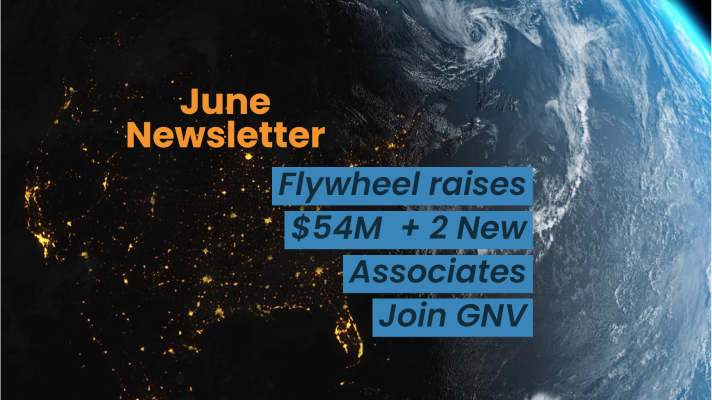
June Newsletter
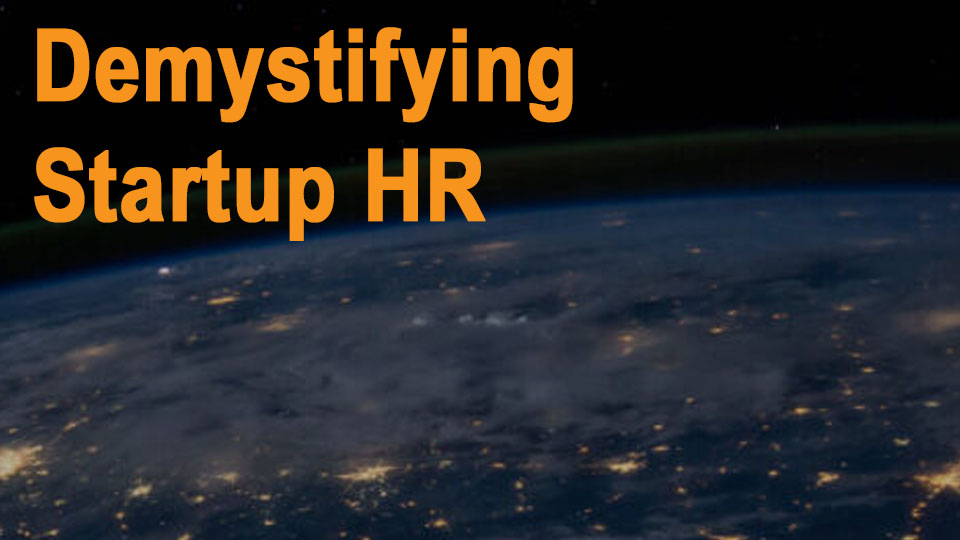
Demystifying Startup HR
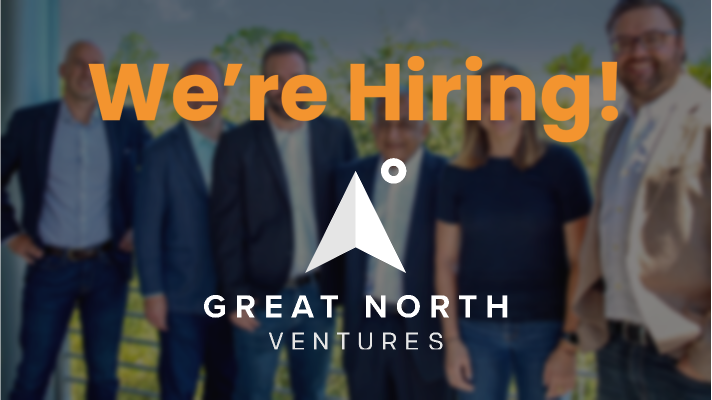
Head of Finance & Fund Administration- Venture Capital Firm (Remote)

Demystifying Startup HR
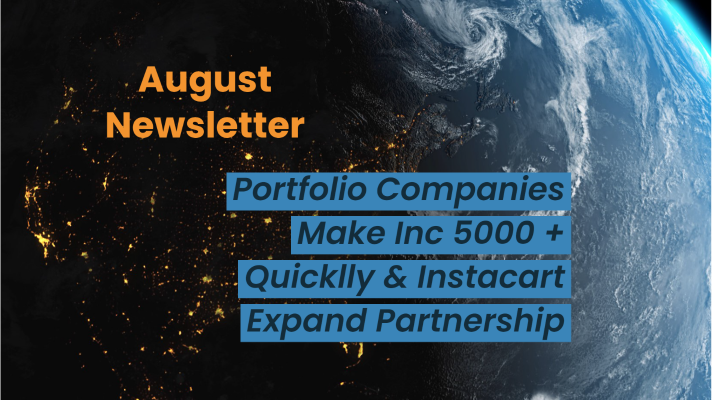
3 Portfolio Companies Make Inc. 5000 + Quicklly & Instacart Expand
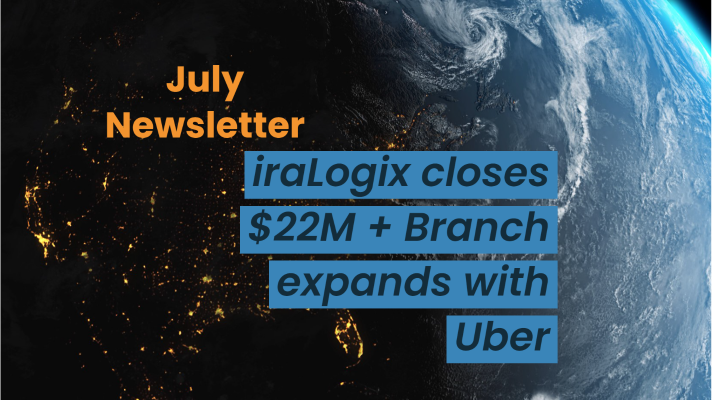
iraLogix closes $22M + Branch expands with Uber
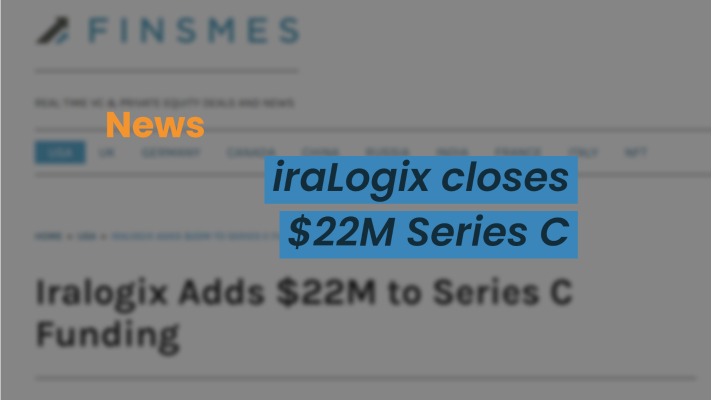
iraLogix closes $22M Series C
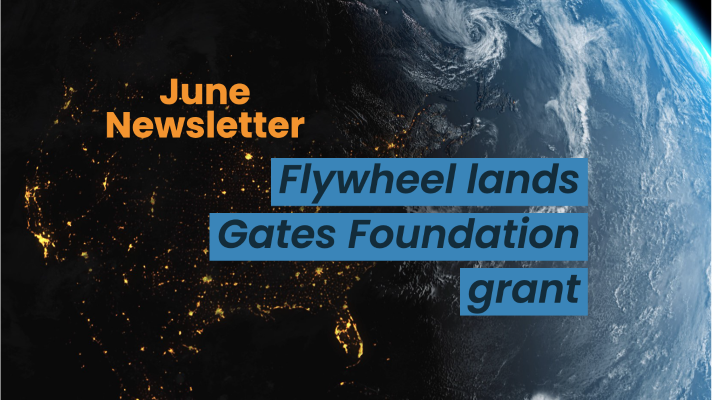
Flywheel lands Gates Foundation grant

Venture Capital Analyst
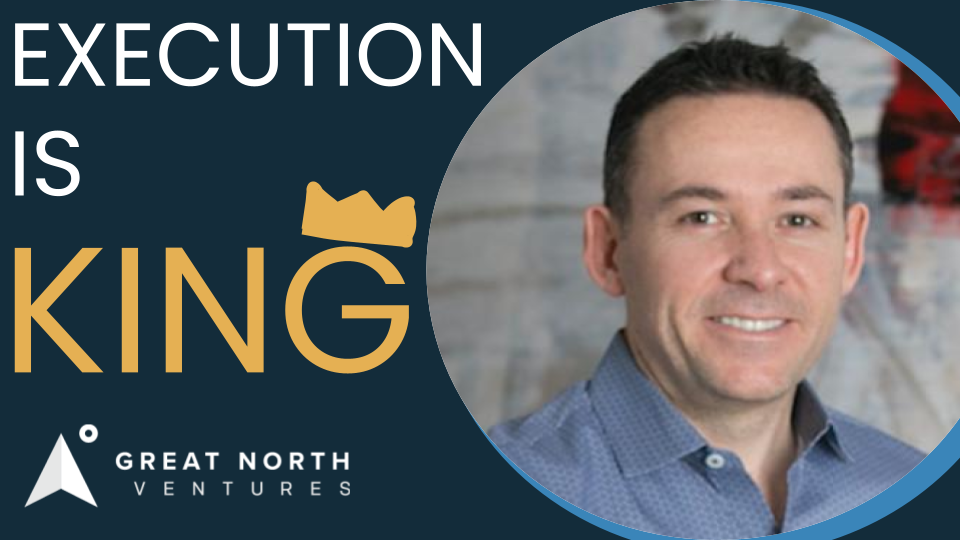
Orazio Buzza, Founder and CEO of Fooda – on Episode 13, “Execution is King”
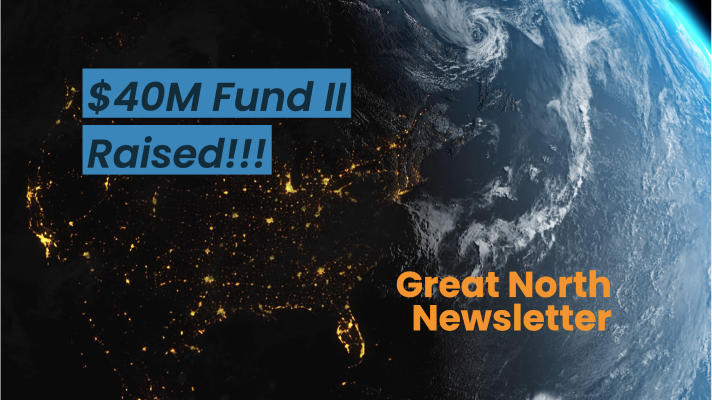
$40M Fund II Raised!
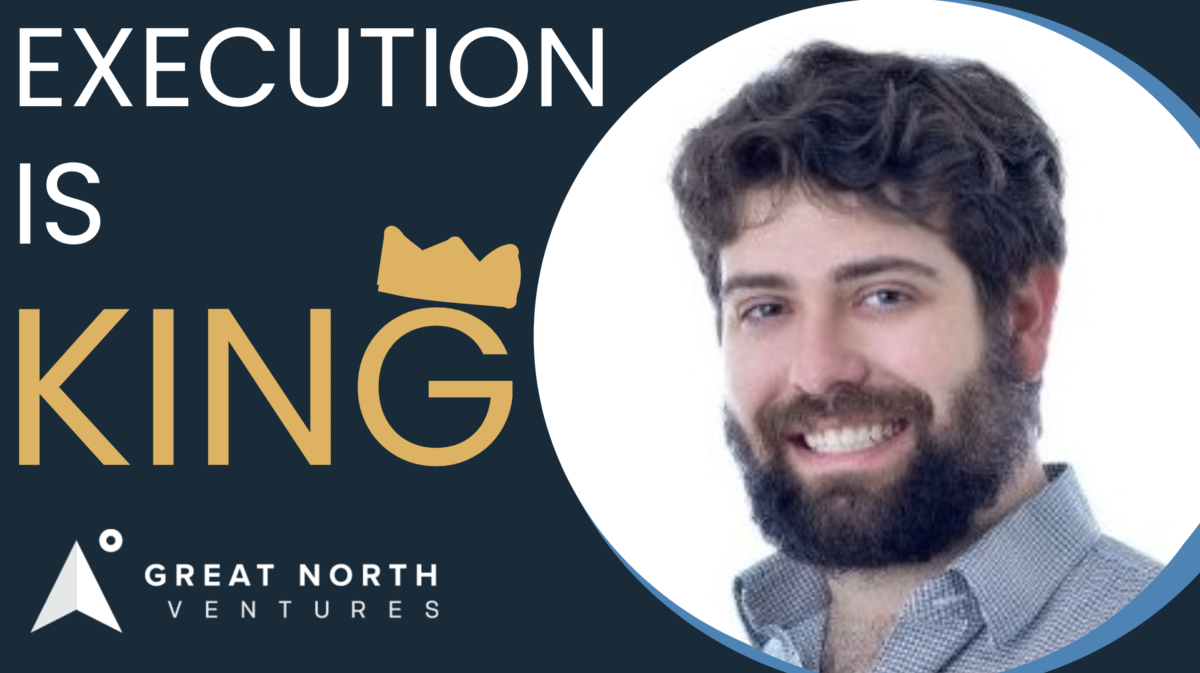
Eric Martell, Founder of Pear Commerce: Episode 13, Execution is King

Great North Ventures Raises $40 Million Fund II
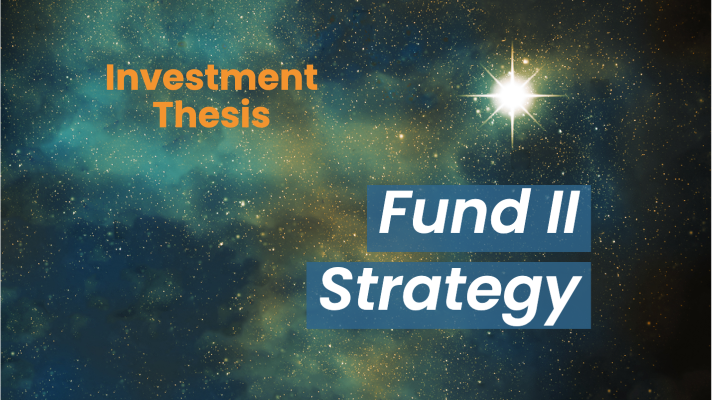
Investment Thesis: Fund II Strategy

Investment Theme: Community-Driven Applications
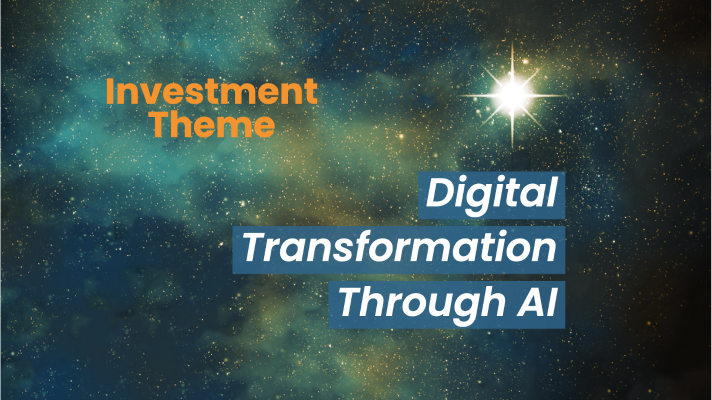
Investment Theme: Digital Transformation Through AI
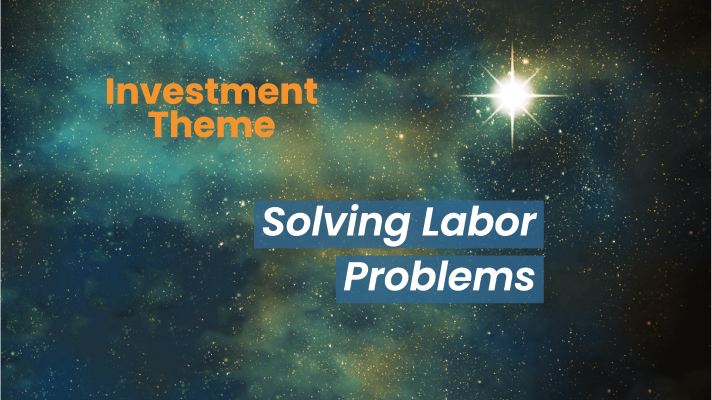
Investment Theme: Solving Labor Problems
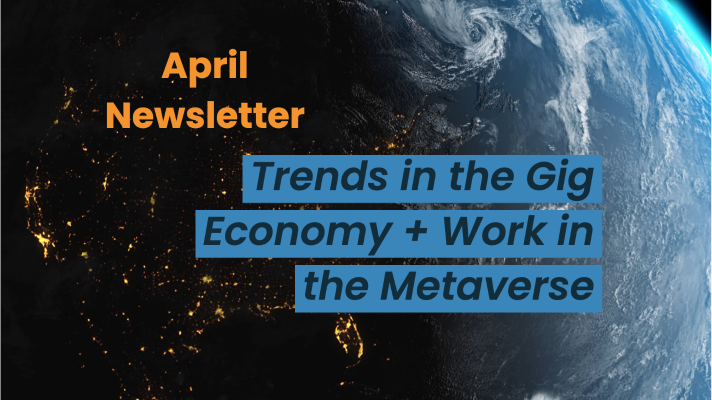
Trends in the Gig Economy + Work in the Metaverse
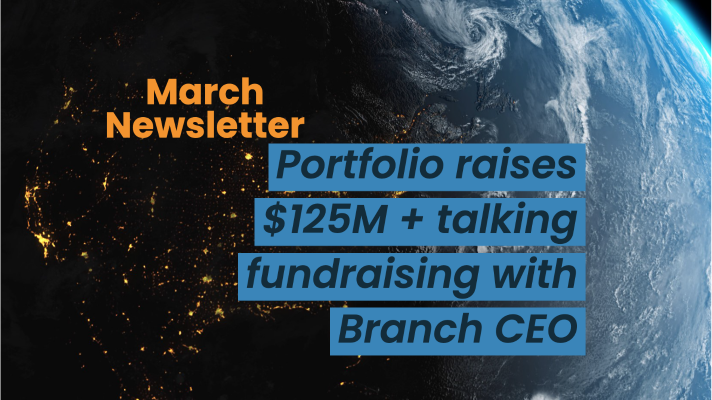
Portfolio raises $125M + talking fundraising with Branch CEO
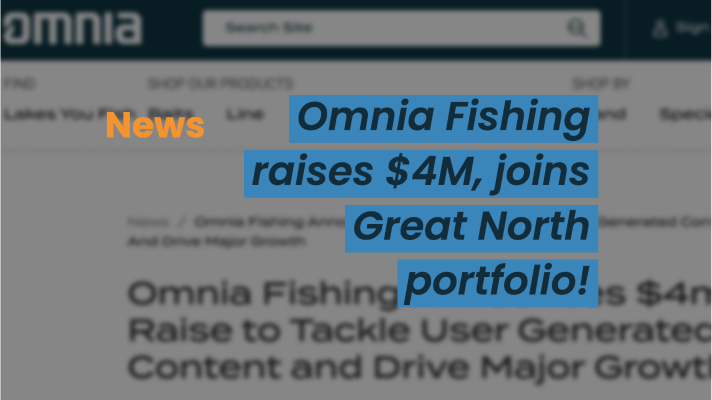
Omnia Fishing closes $4M round, joins Great North portfolio!
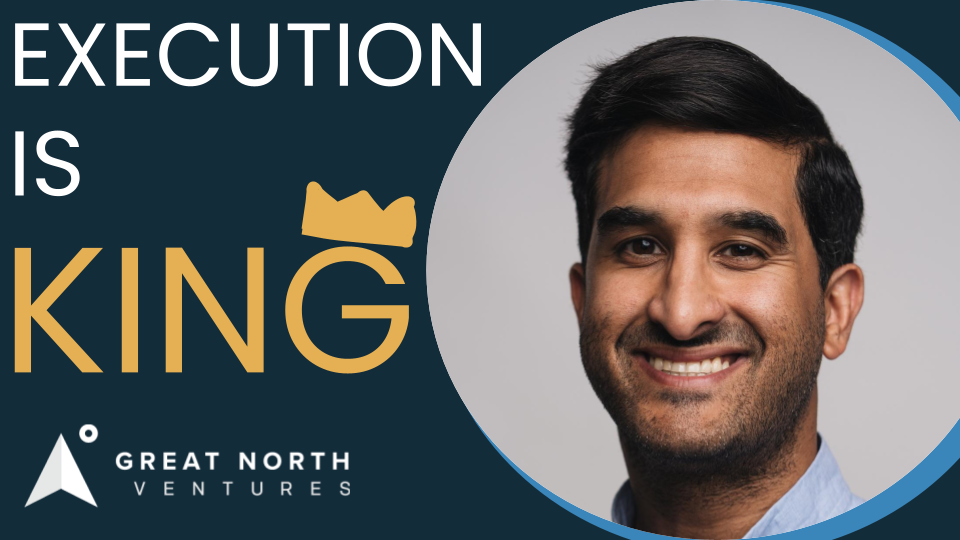
Atif Siddiqi, Founder/CEO of Branch: Episode 11, Execution is King

Michael Martocci, CEO and Founder of SwagUp: Episode 10, Execution is King

Yardstik new to portfolio, closes $8M Series A
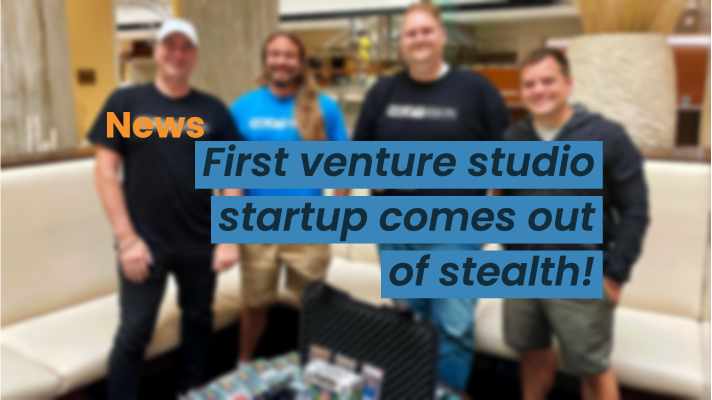
First venture studio startup comes out of stealth!

Insights for founders from a data guru, + FactoryFix raises a Series A!
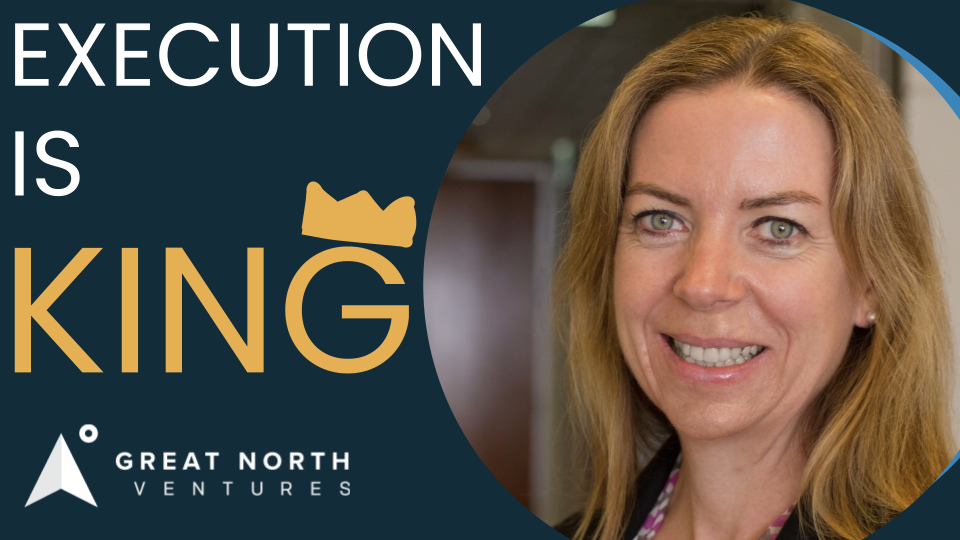
Una Fox: Episode 9, Execution is King

Start With a Mobile App, Not a Website
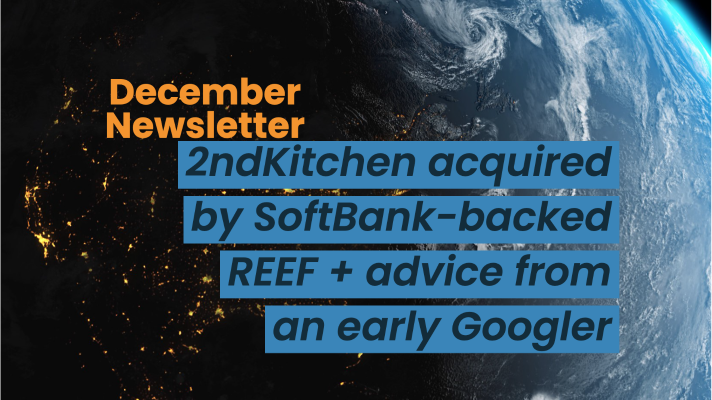
2ndKitchen acquired by SoftBank-backed REEF + advice from an early Googler
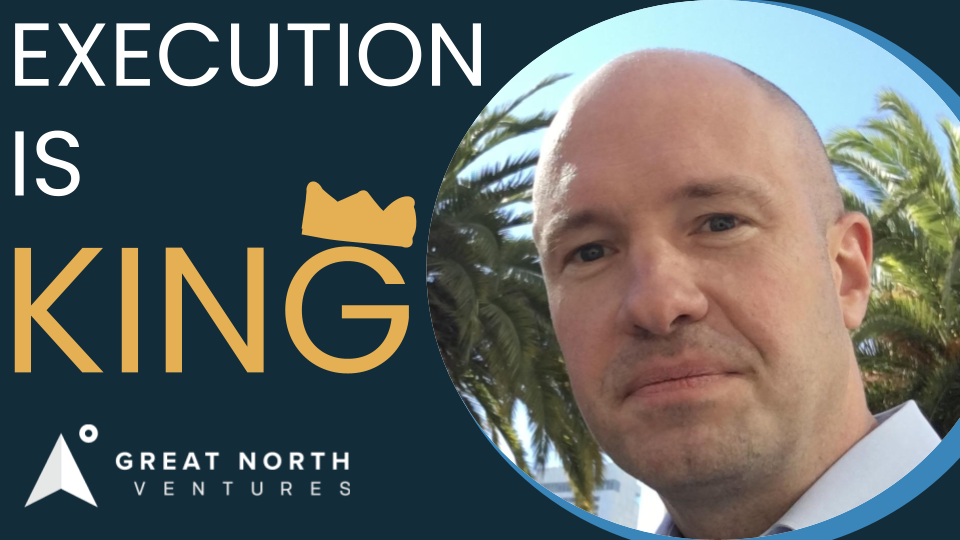
Joe Sriver, 4giving: Episode 8, Execution is King

2ndKitchen Acquired by REEF
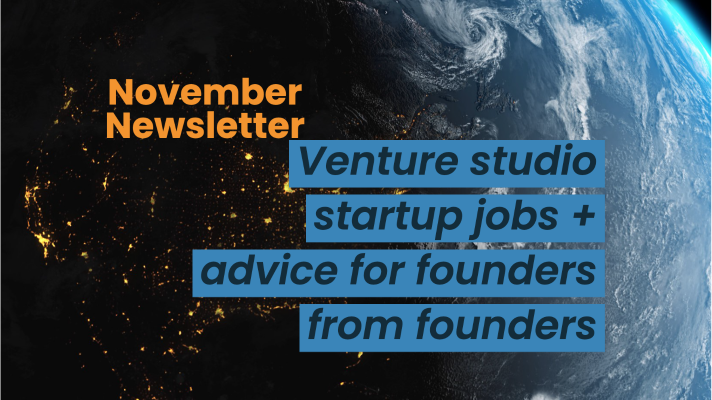
Venture studio startup jobs + advice for founders from founders
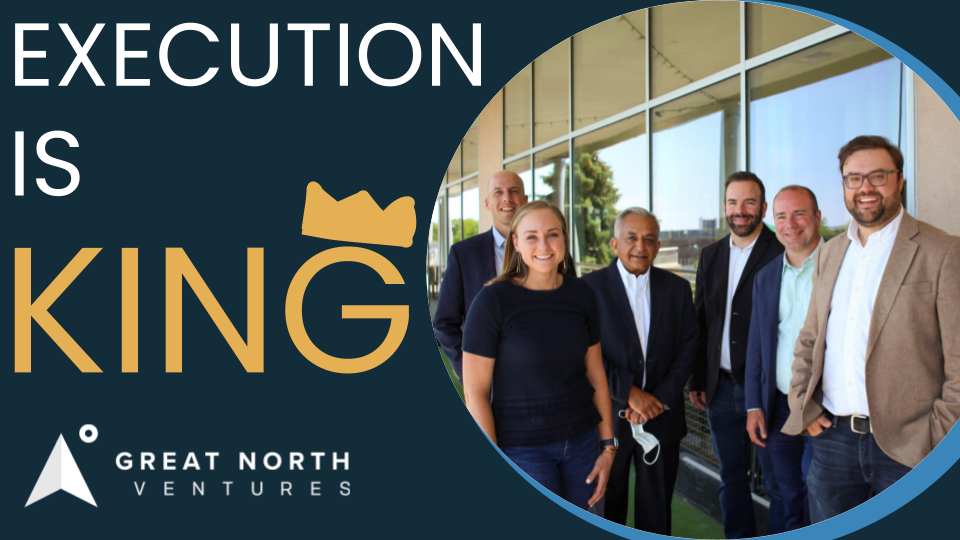
Best Advice from the Great North Annual Event: Episode 7, Execution is King
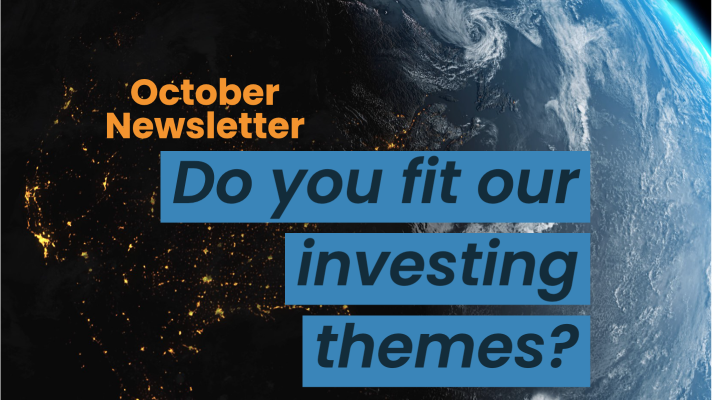
Newsletter: Do you fit our investing themes?
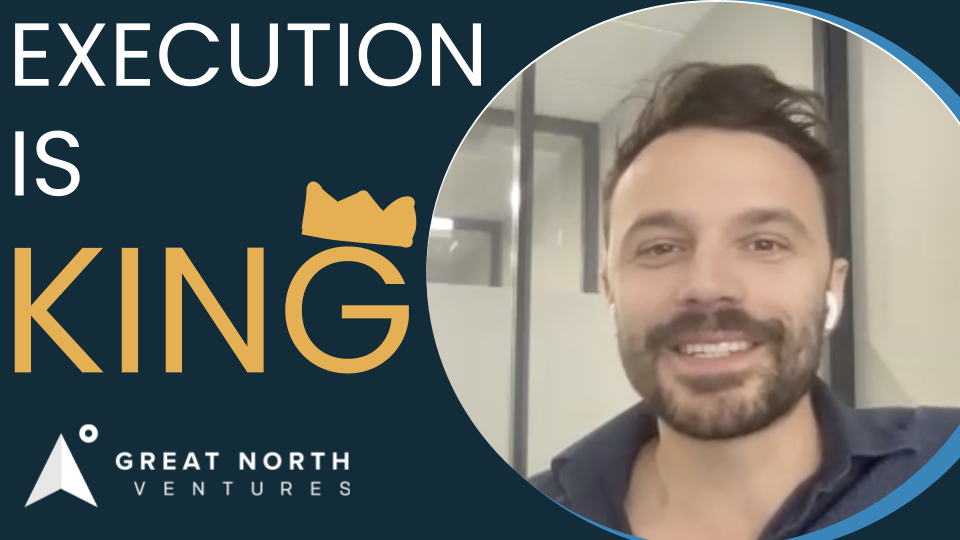
Jonathan Treble, PrintWithMe: Episode 6, Execution is King
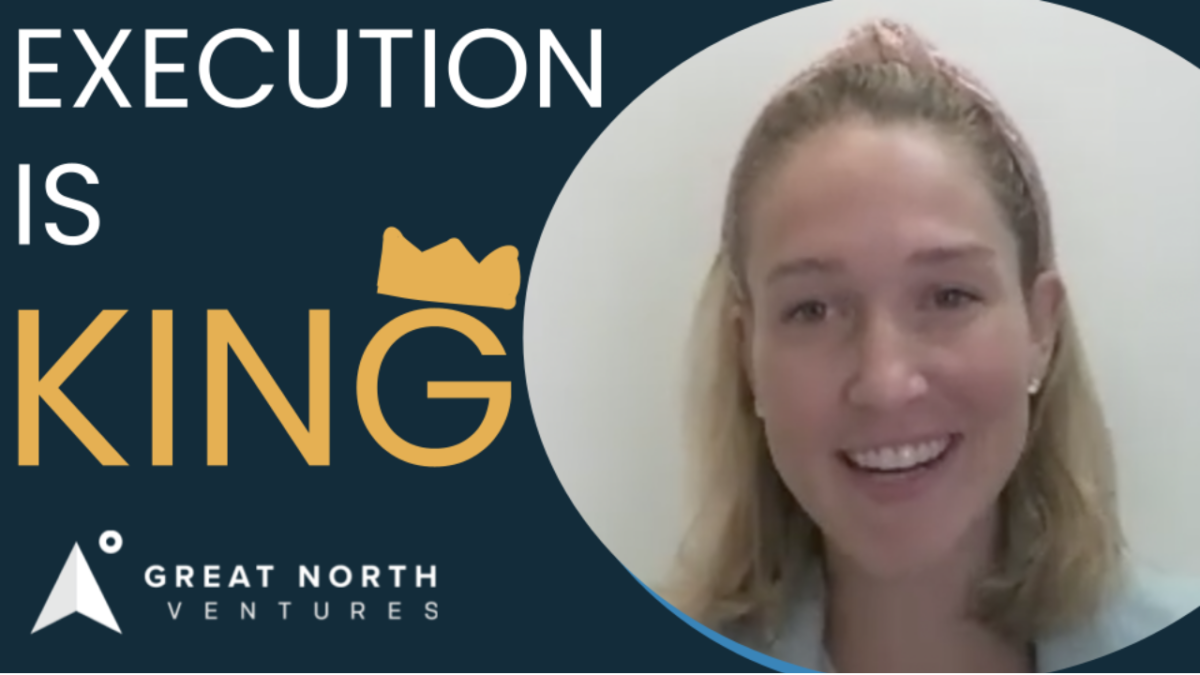
Anna Mason, Revolution: Episode 5, Execution is King

Mynul Khan, FieldNation: Episode 4, Execution is King
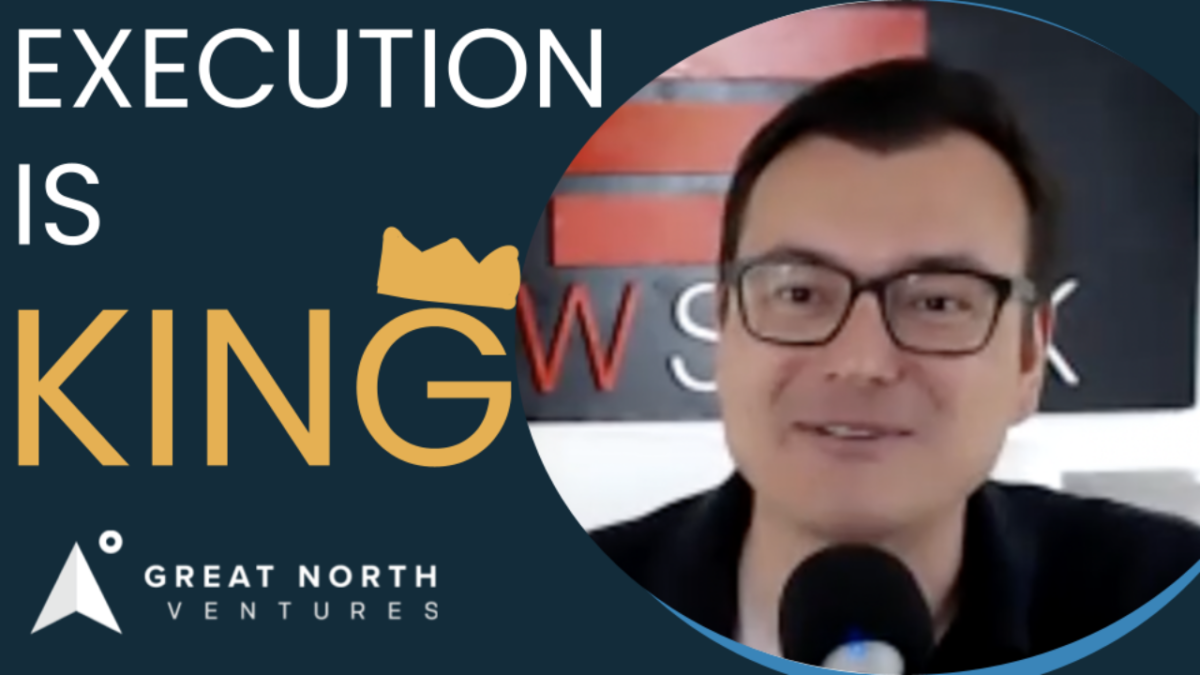
Nick Moran, New Stack Ventures: Episode 3, Execution is King
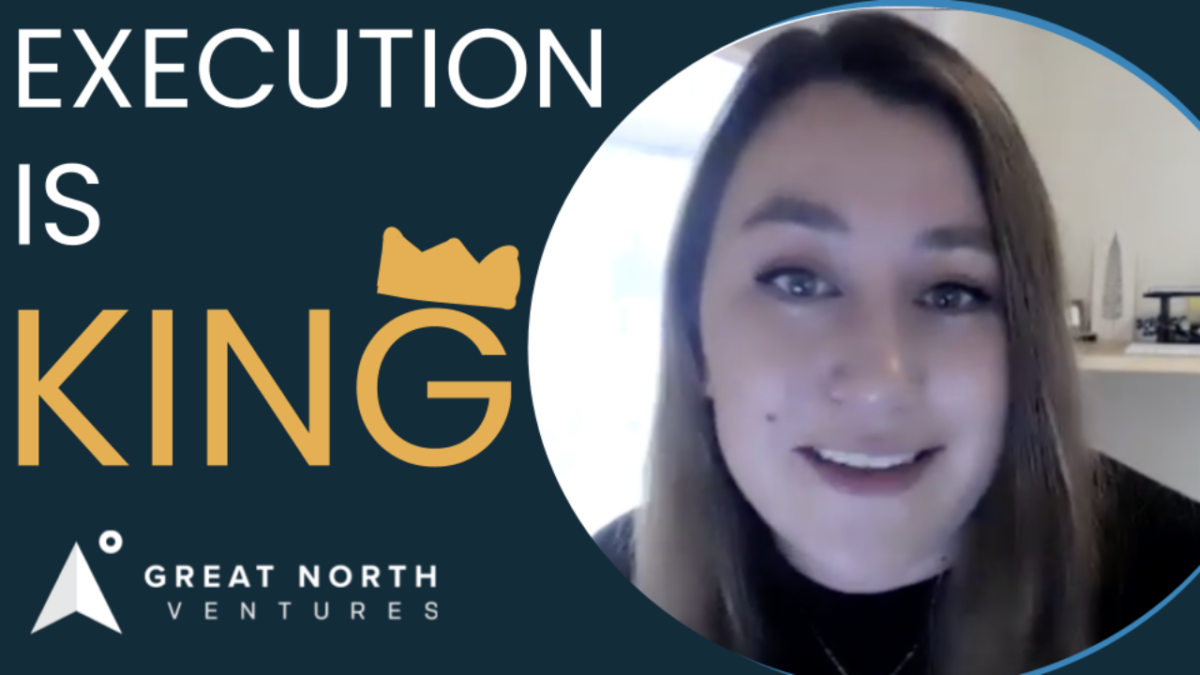
Molly Pyle, Center on Rural Innovation (CORI): Episode 2, Execution is King

Justin Kaufenberg, Rally Ventures: Execution is King Episode 1
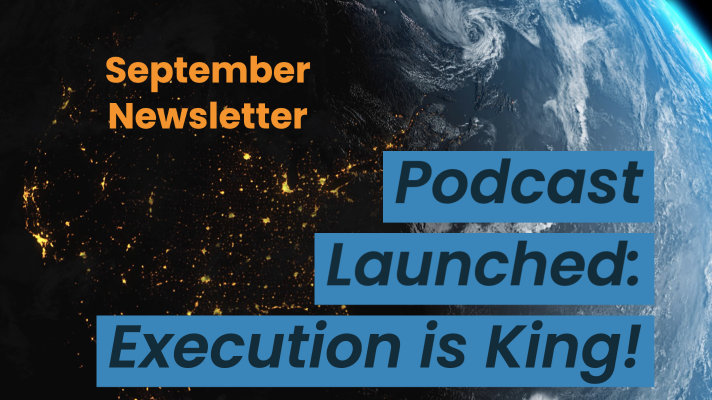
Newsletter: “Podcast Launched: Execution is King!”
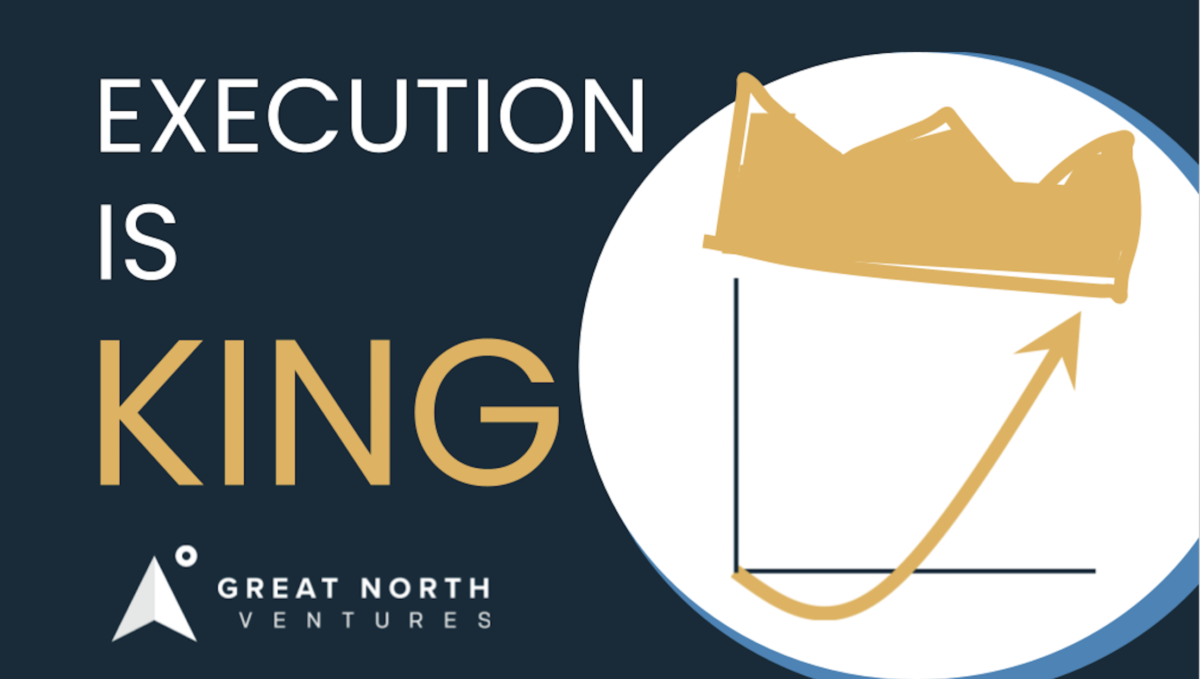
“Execution is King” – the Great North Ventures Podcast
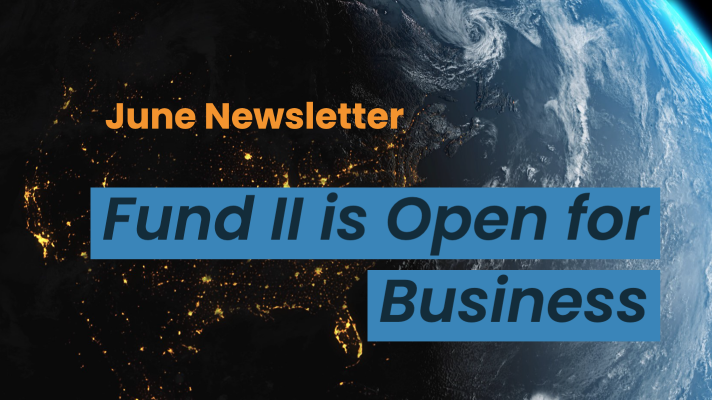
Newsletter: Fund II is open for business!
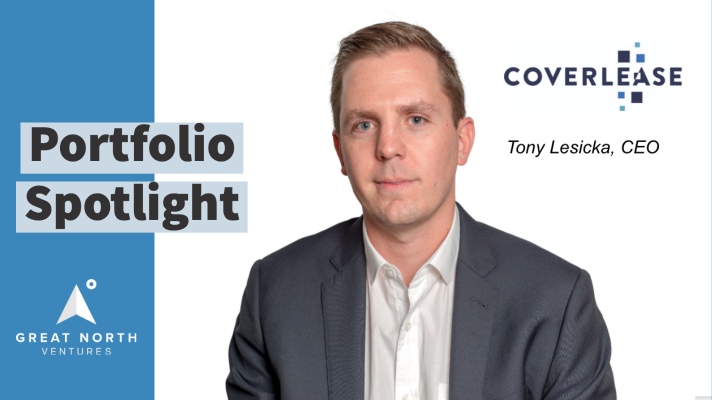
Unlocking the Potential of Anonymized Commercial Real Estate (CRE) Data

Fund II is open for Business!

Mike Schulte Promoted to Venture Partner
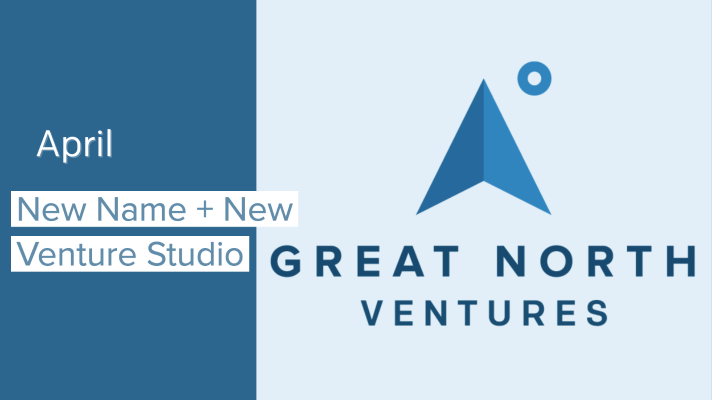
New Name + New Venture Studio
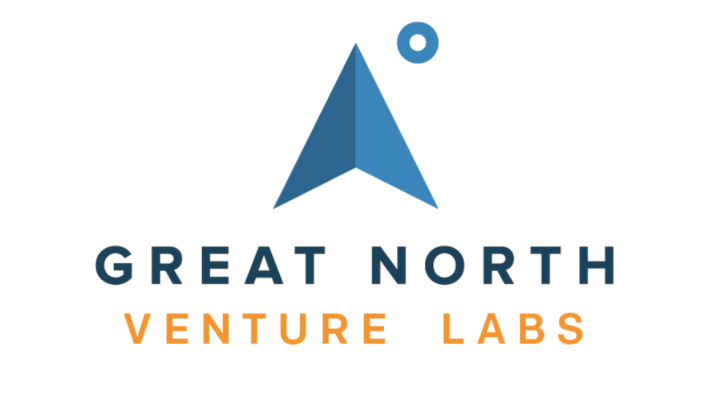
Great North Launches Startup Studio
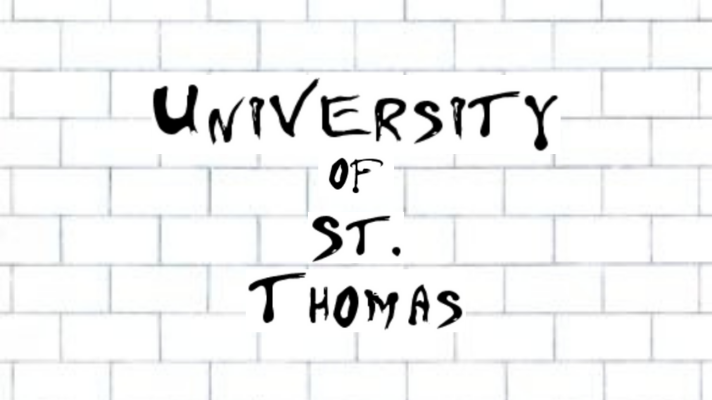
We Don’t Need No [full-time MBA] Education
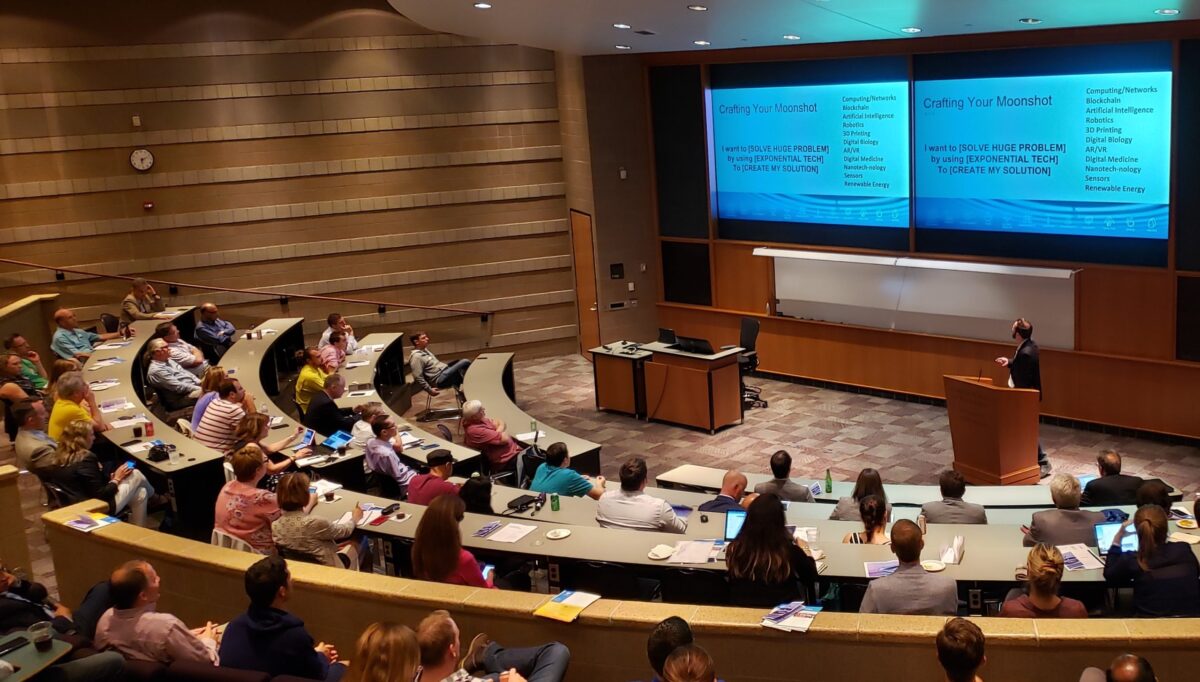
How the University of Minnesota is Embracing Startup Culture

Top Stories of 2020, iraLogix, and LaunchMN Calls for Mentors
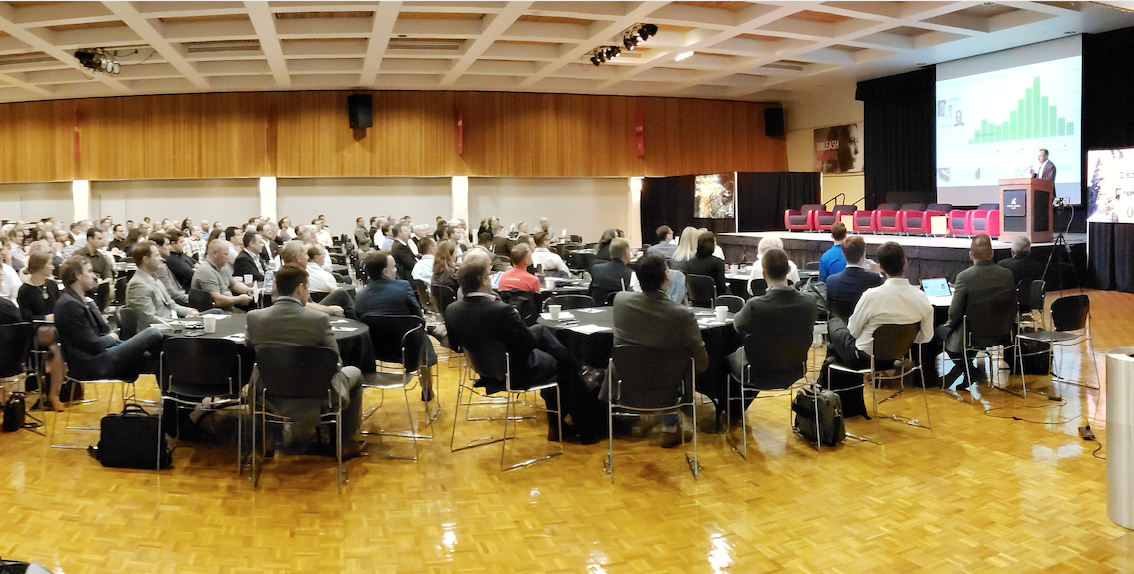
Building Capacity for Innovation
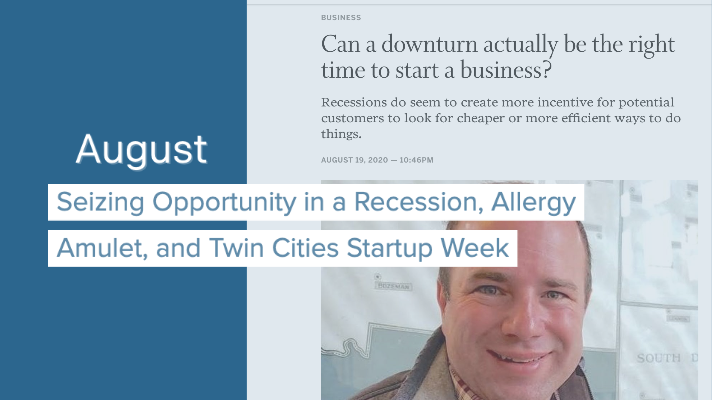
Seizing Opportunity in a Recession, Allergy Amulet, and Twin Cities Startup Week
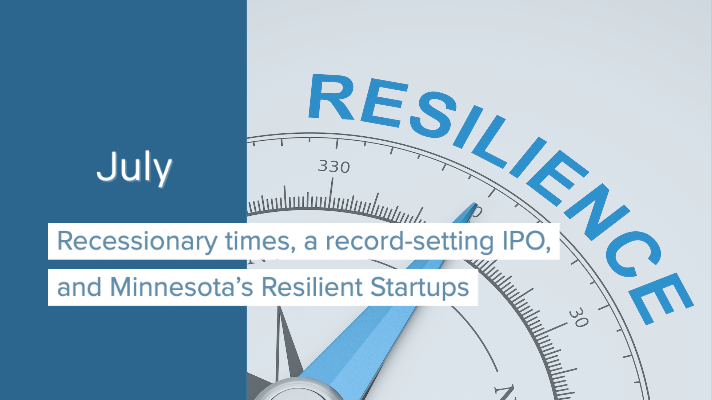
Recessionary times, a record-setting IPO, and Minnesota’s Resilient Startups
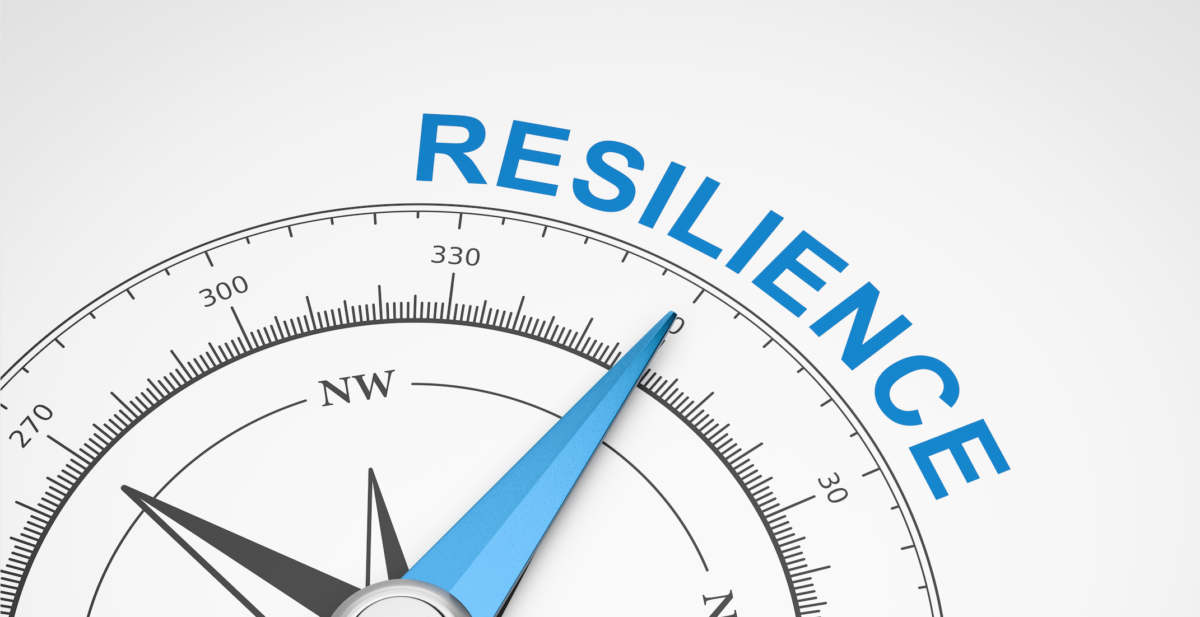
Minnesota's Resilient Startups

July 4th, Equitable American Dream-ing, and Robots Diagnosing COVID
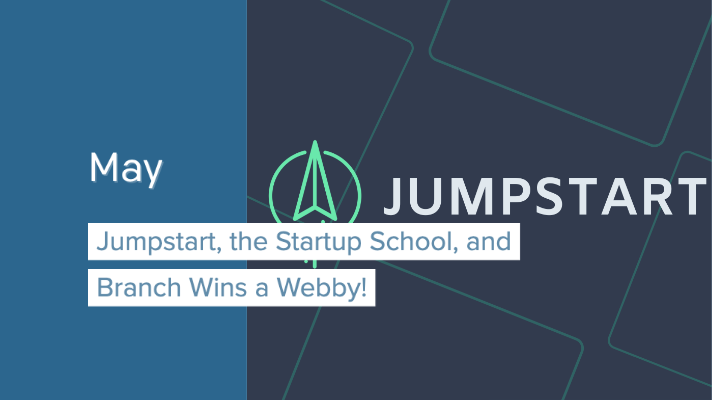
Jumpstart, the Startup School, and Branch Wins a Webby!
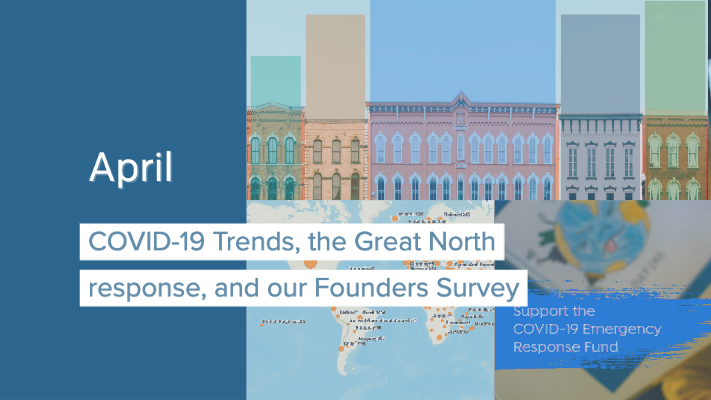
COVID-19 Trends, the Great North response, and our Founders Survey
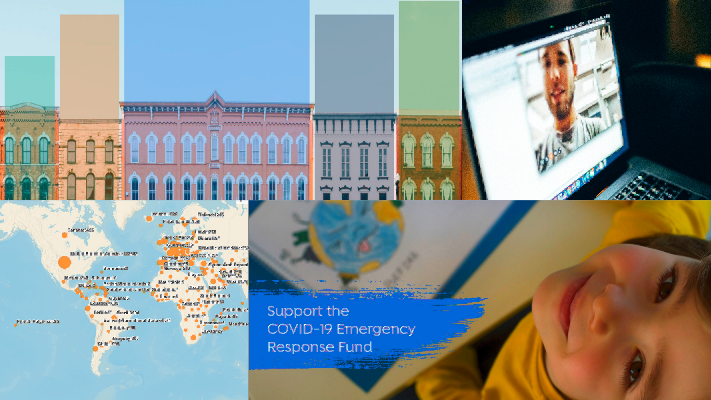
Giving in the Time of Coronavirus

COVID-19 Resources for Startups, State-by-State

COVID-19, the CARES Act, and startups stepping up
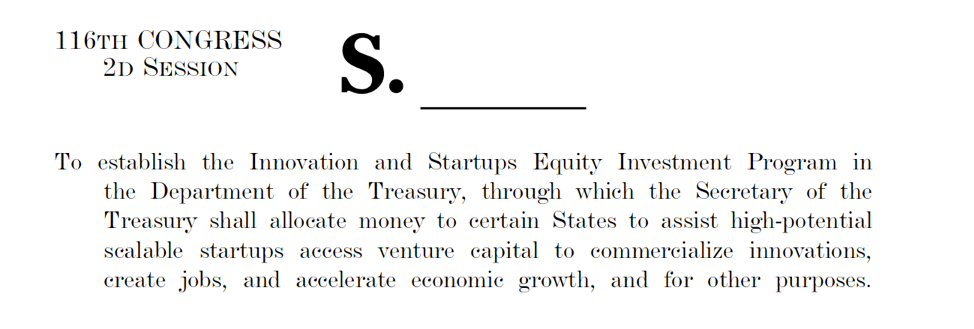
New Business Preservation Act
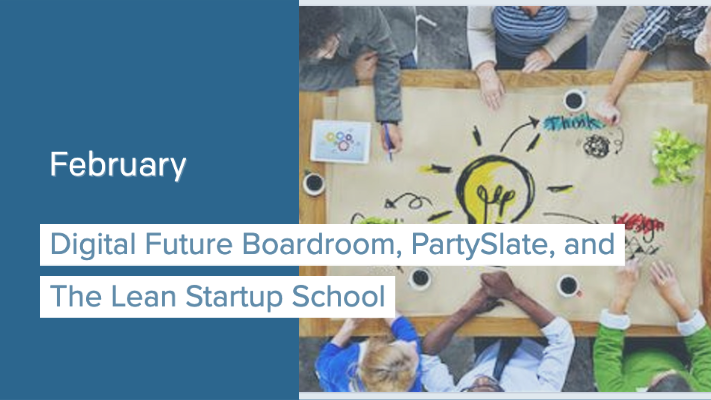
Digital Future Boardroom, PartySlate, and The Lean Startup School
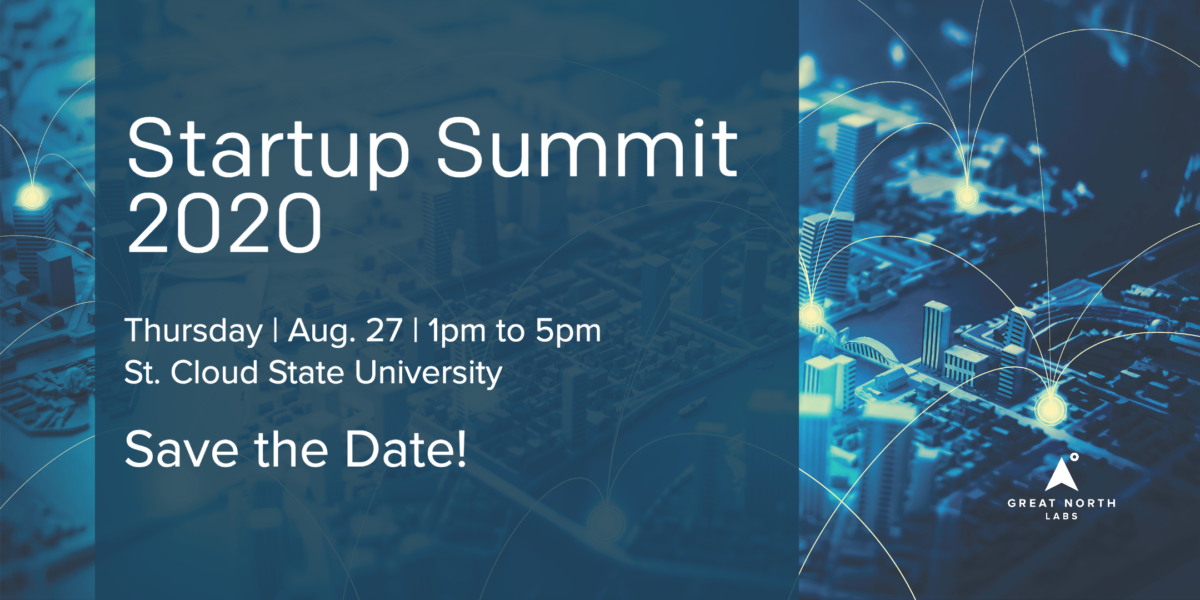
Great North Labs’s Startup Summit 2020

Great North Labs's Startup Summit 2020
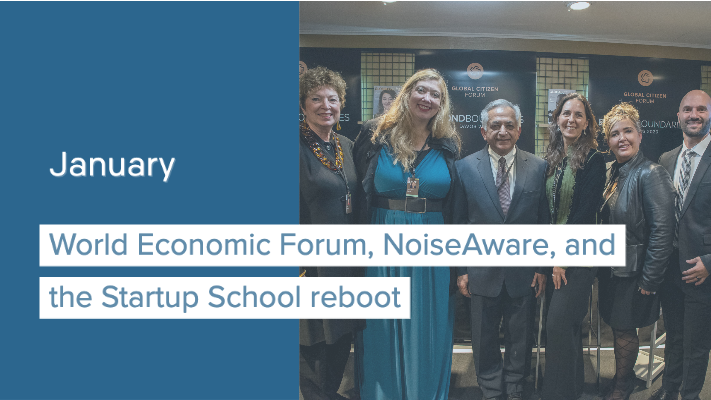
World Economic Forum, NoiseAware, and the Startup School reboot

Great North Labs at the World Economic Forum 2020 in Davos
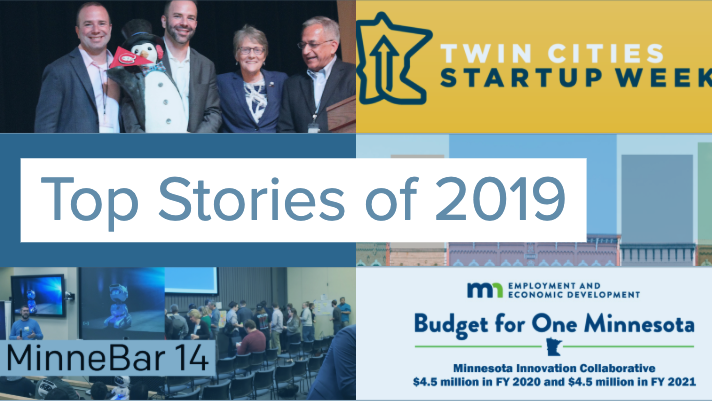
Top 5 Stories of 2019
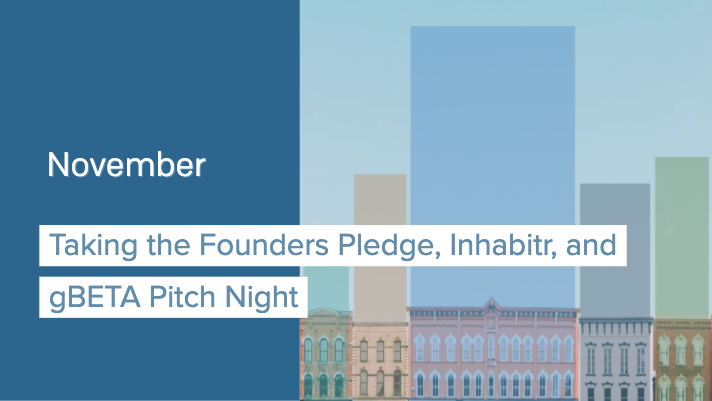
Taking the Founders Pledge, Inhabitr, and gBETA Pitch Night

Founders Pledge: Support the Organizations that Support You
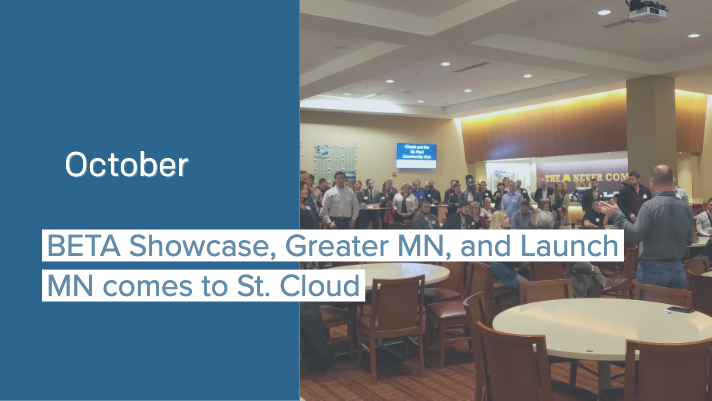
BETA Showcase, Greater MN, and Launch MN comes to St. Cloud
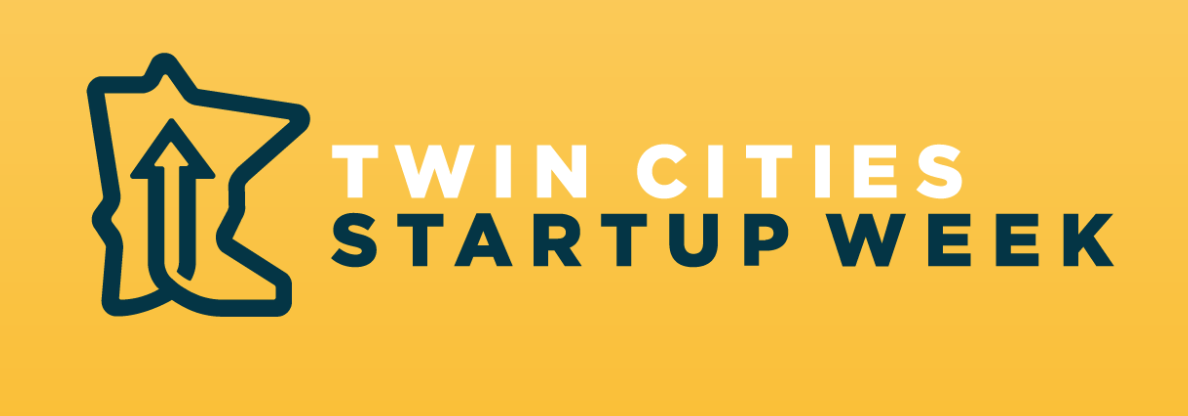
7 Places to Spot Us at Startup Week
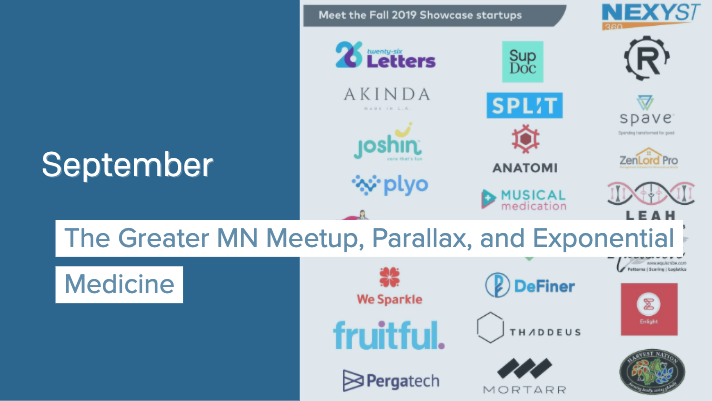
The Greater MN Meetup, Parallax, and Exponential Medicine
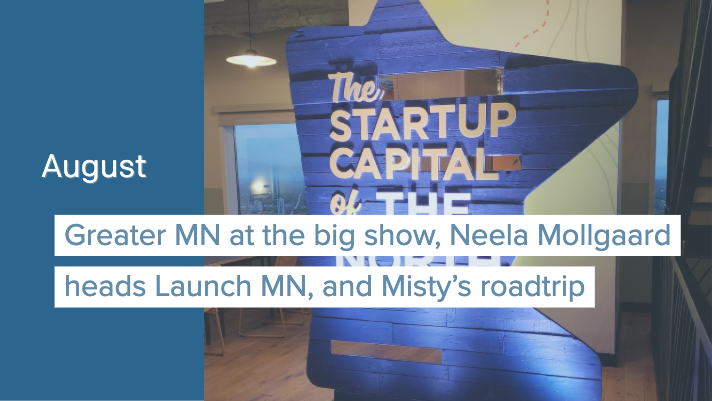
Greater MN at the big show, Neela Mollgaard heads Launch MN, and Misty’s roadtrip.

Talking VC, tech kids, and Forge North’s Horizon

June: Great North Labs’s first fund raised!
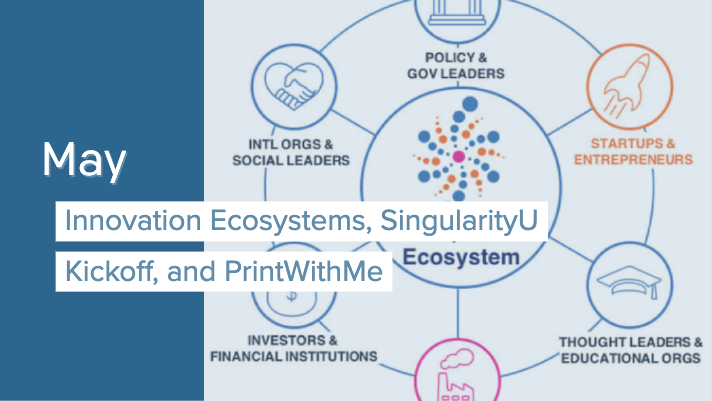
May: Innovation Ecosystems, SingularityU Kickoff, and PrintWithMe
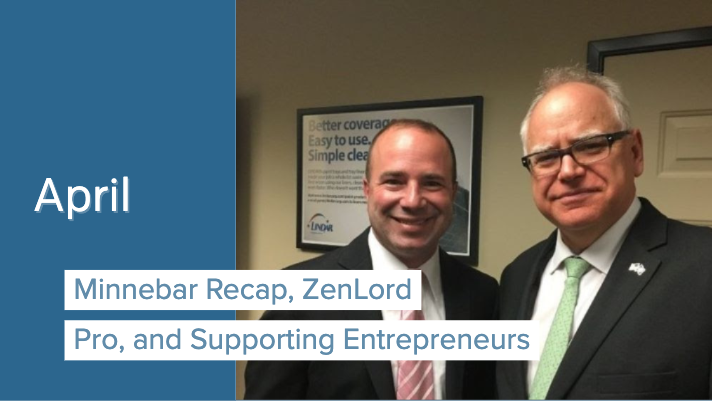
April: Minnebar Recap, ZenLord Pro, and Supporting Entrepreneurs
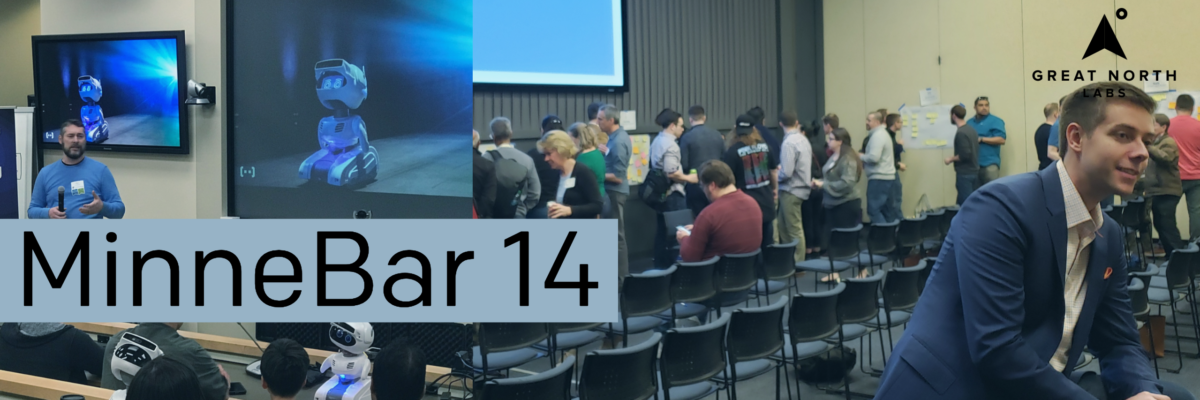
MinneBar 14 Recap

Dispatch and 2ndKitchen claim Tech Madness titles
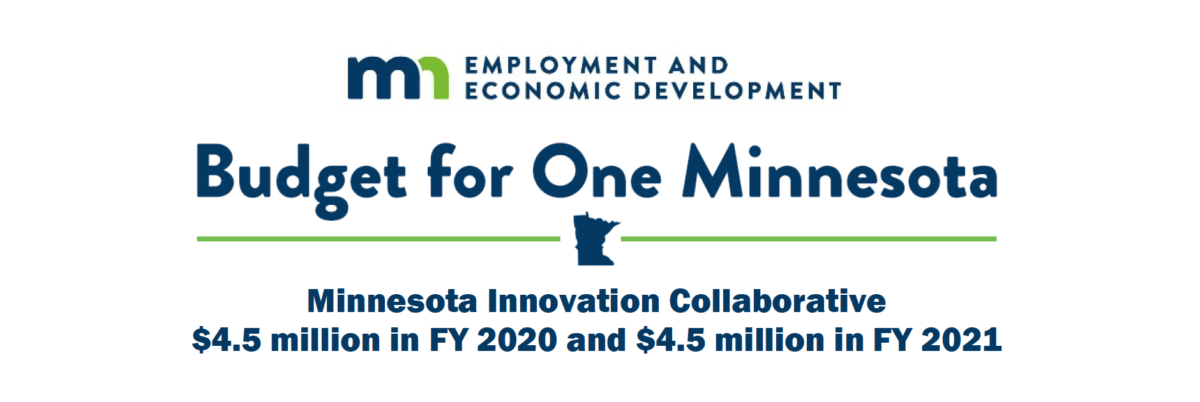
Minnesota Innovation Collaborative

March: Minnebar, Hockey + Hustlers, and Innovation Workshops

Great North Labs at CES
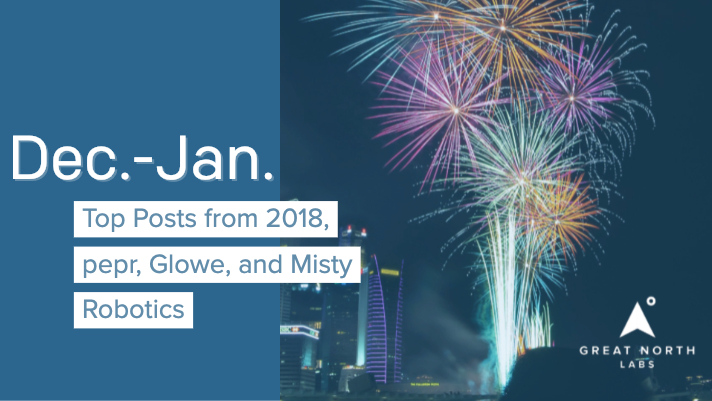
Dec.-Jan.: Top Posts from 2018, pepr, Glowe, and Misty Robotics

Carried Interest: Top Posts from 2018
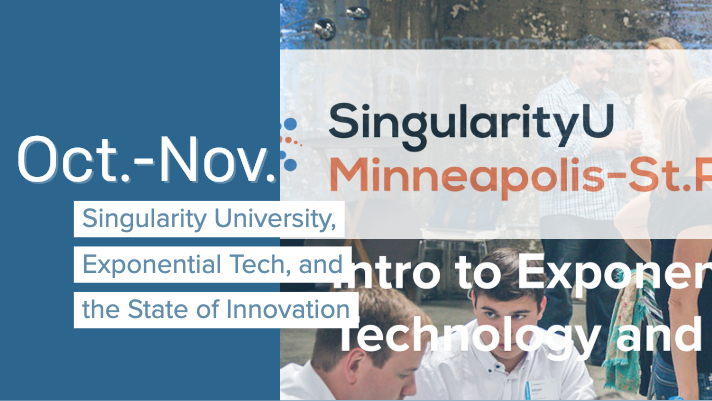
Oct.-Nov.: Singularity University, Exponential Tech, and the State of Innovation

Digital Transformation Summit, July 25th in Minneapolis
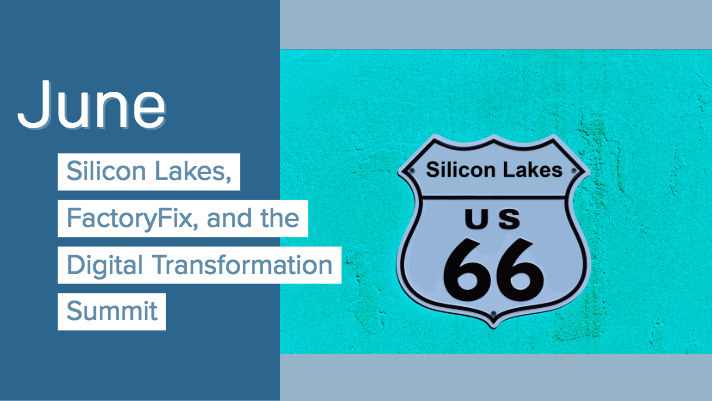
June: Silicon Lakes, FactoryFix, and the Digital Transformation Summit

Putting the “Silicon” in Silicon Lakes
Digital Manufacturing and Logistics
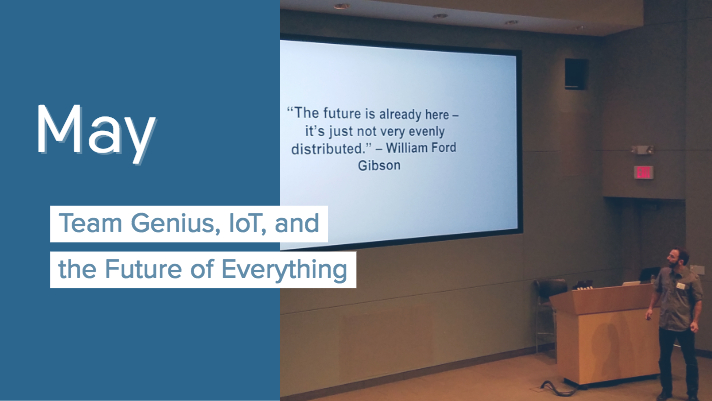
May: Team Genius, IoT, and the Future of Everything
IoT 3.0

Healthcare Innovation
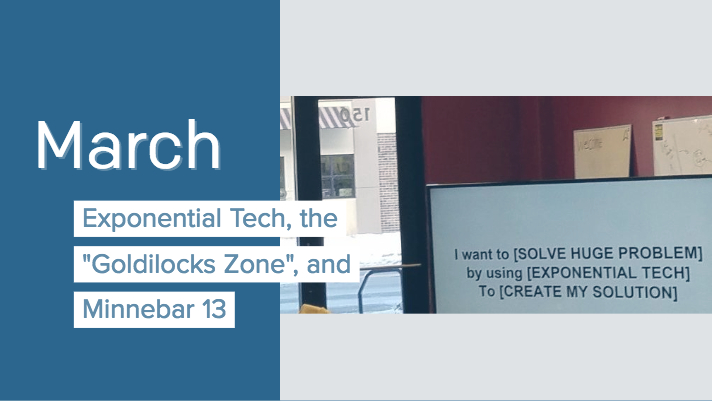
March: Exponential Tech, the “Goldilocks Zone”, and Minnebar 13
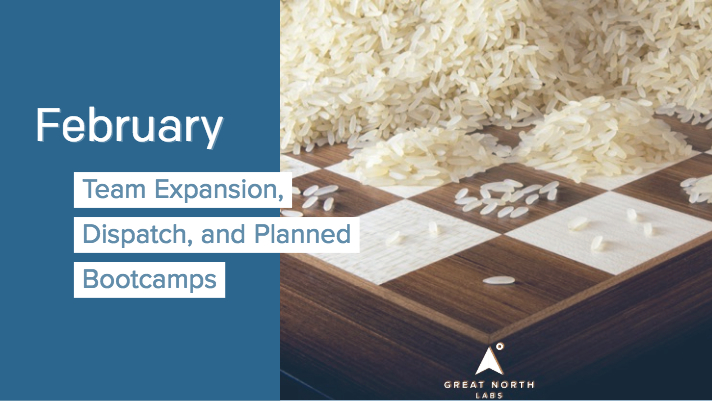
February: Team Expansion, Dispatch, and Startup School Events

Great North Labs Newsletter – December 2017

A Letter To My Younger Self

Great North Labs Newsletter
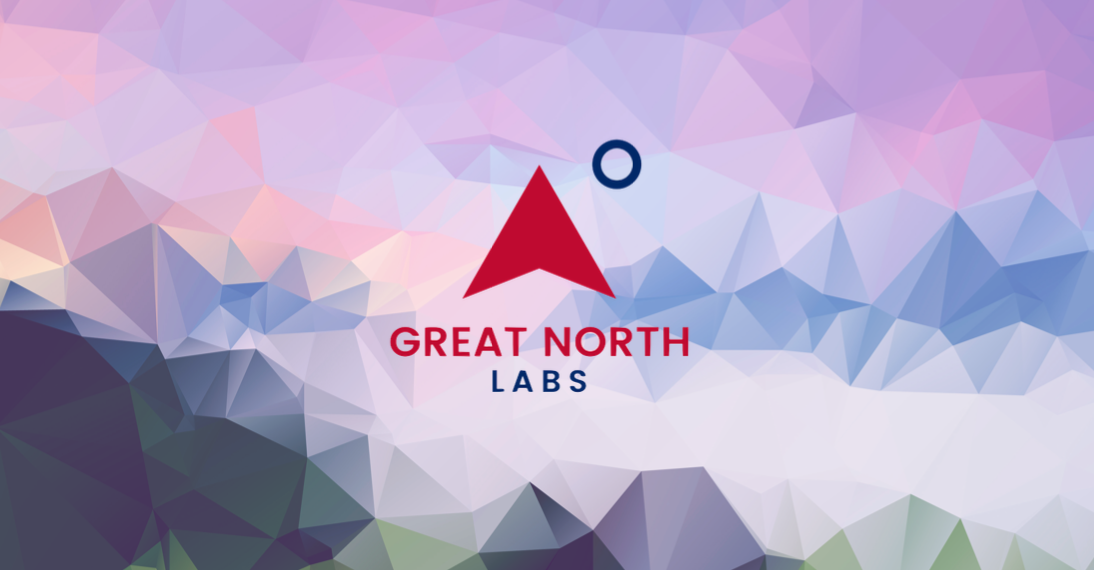
Great North Labs Featured on Tech.mn

Great North Labs Featured in St Cloud Times
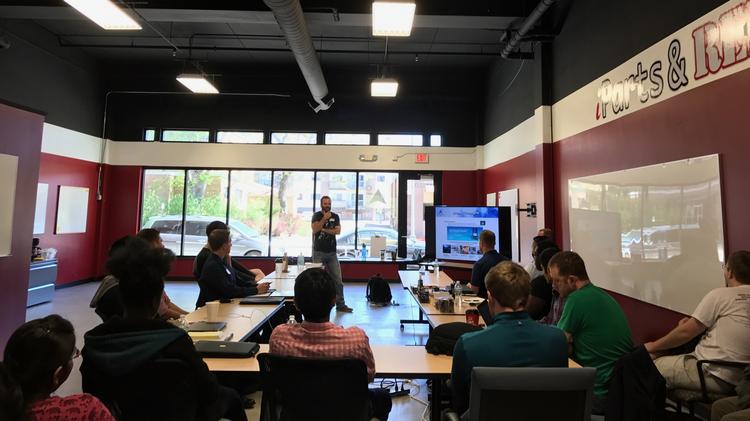
Great North Labs – Featured on BizJournals.com



